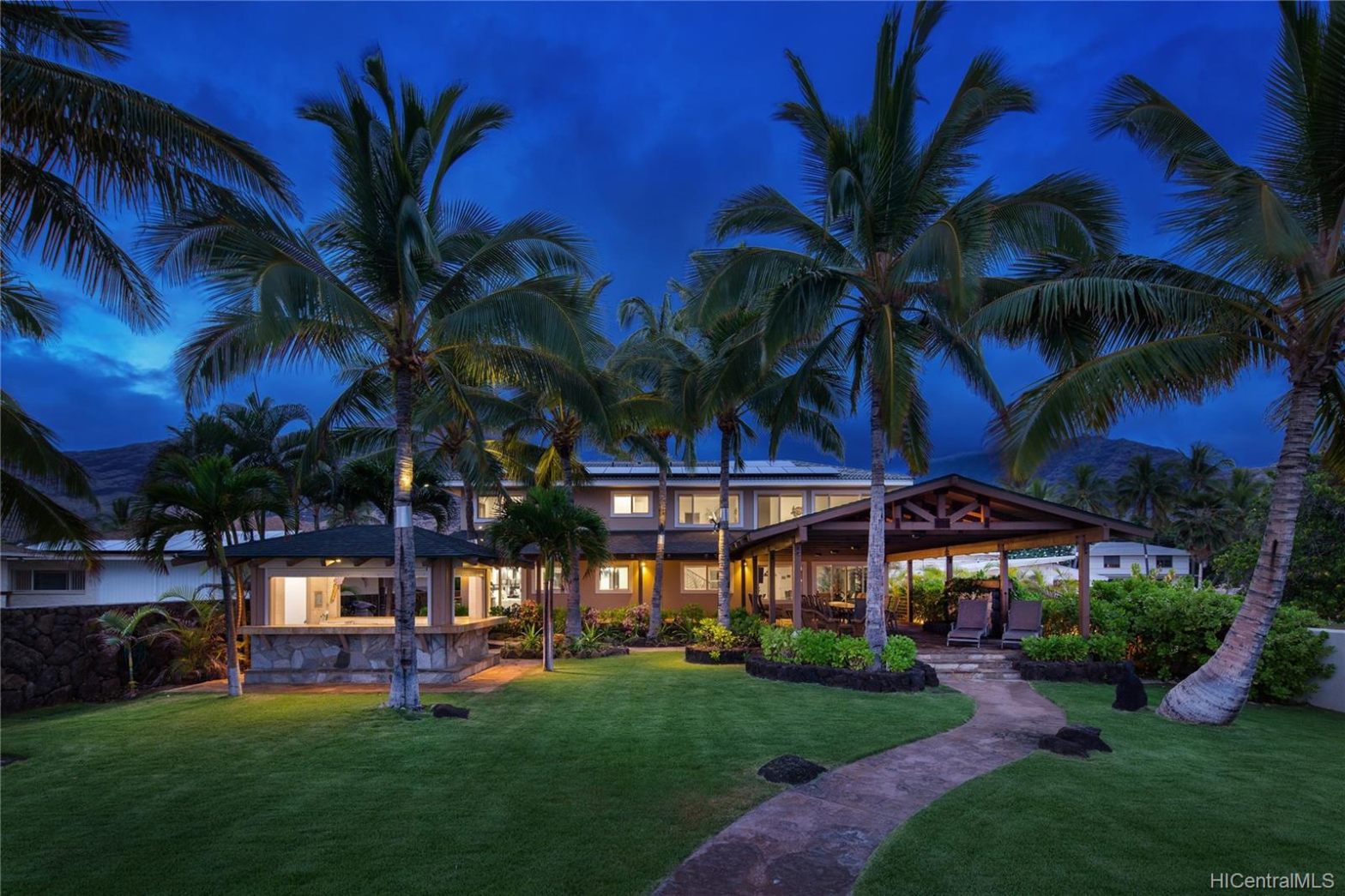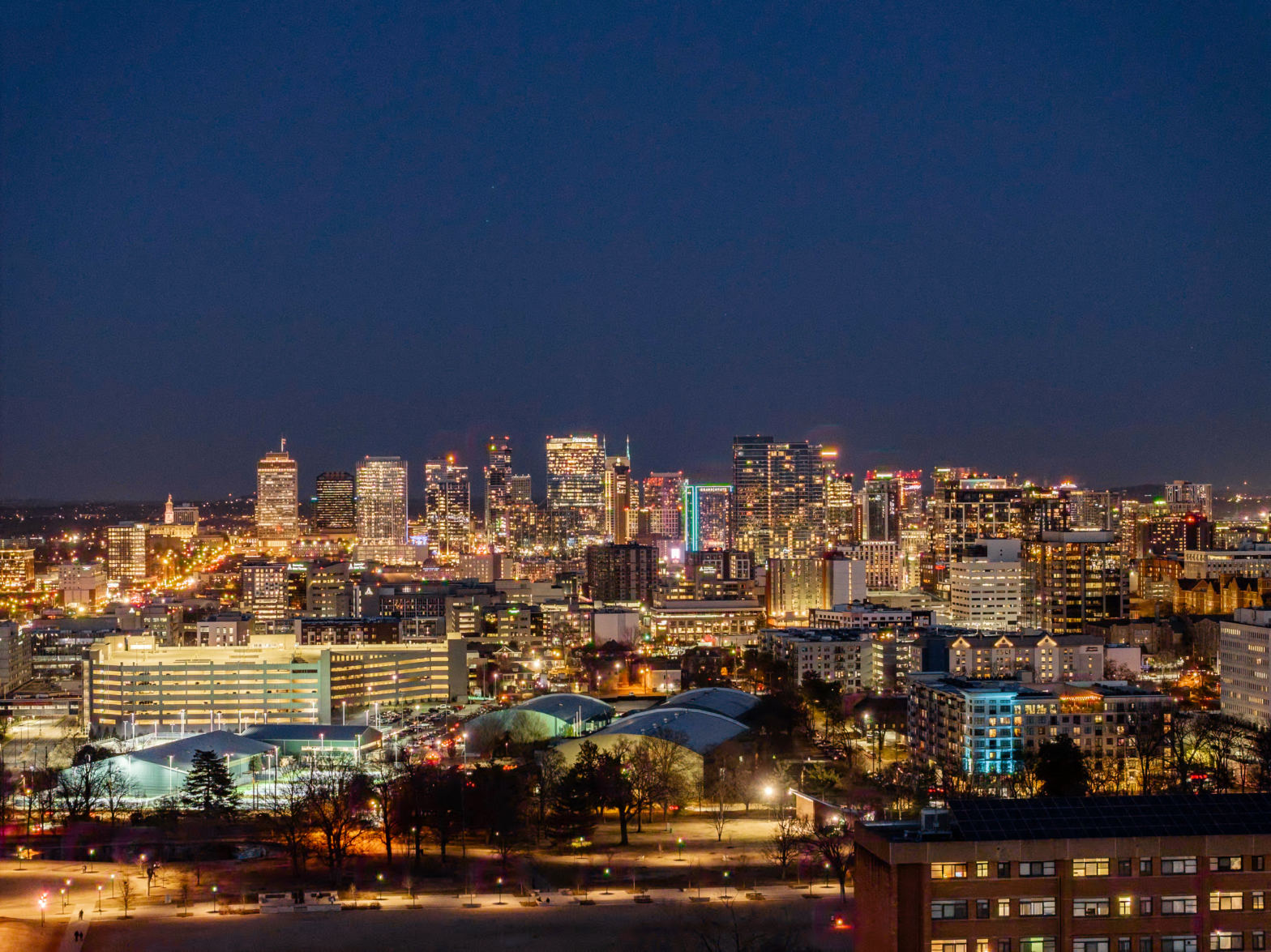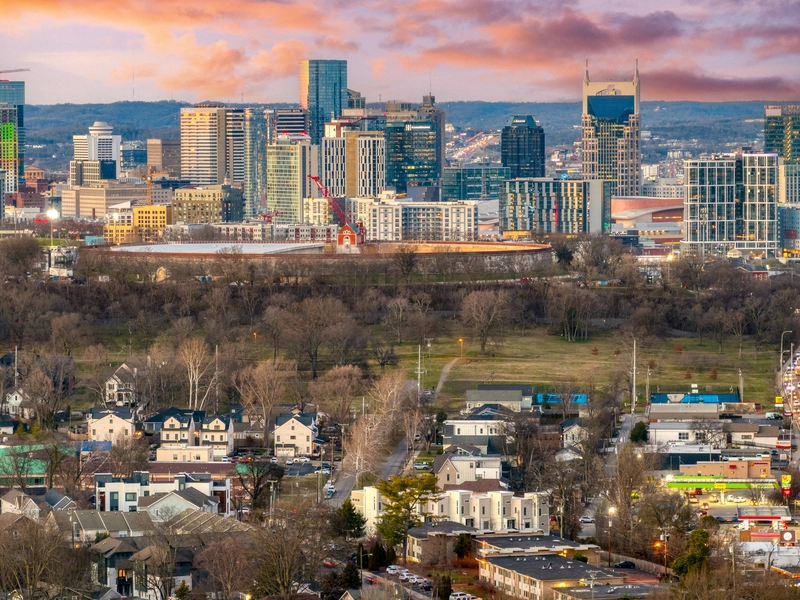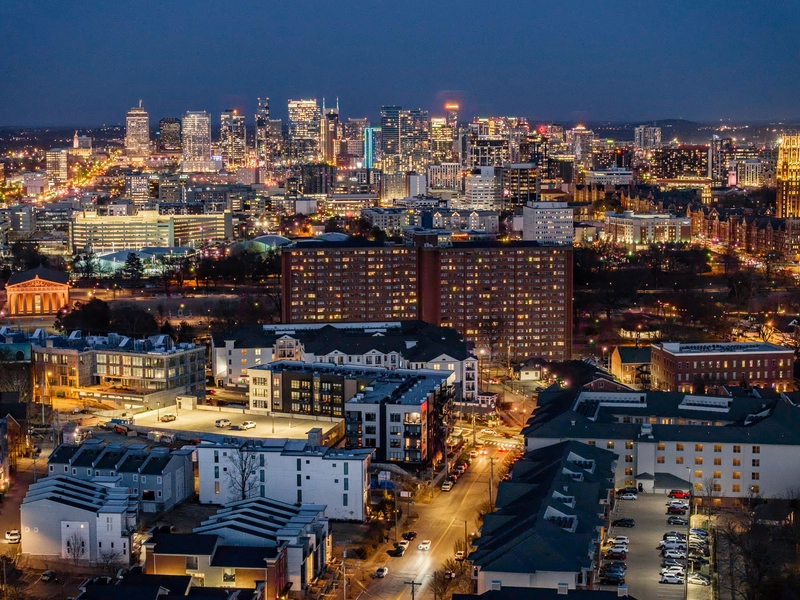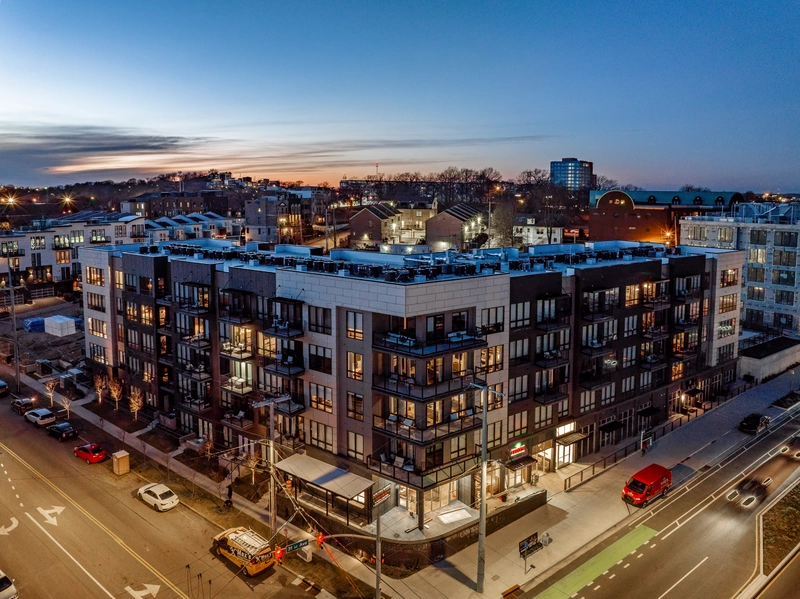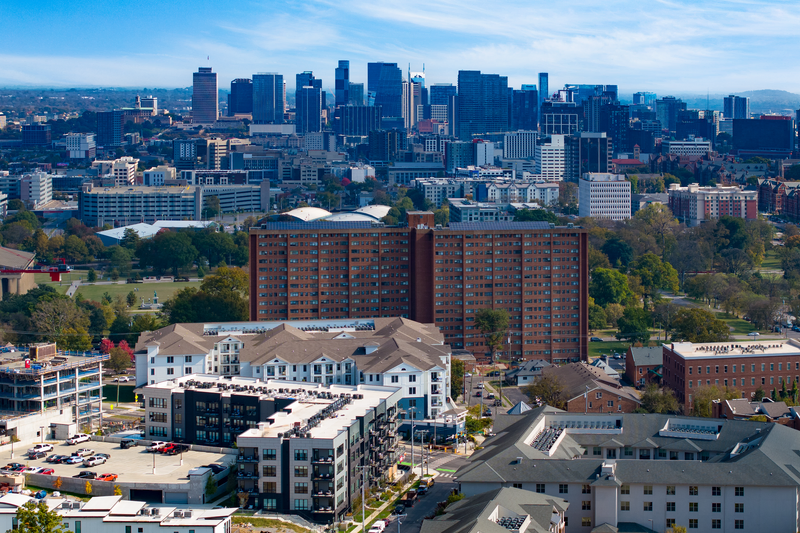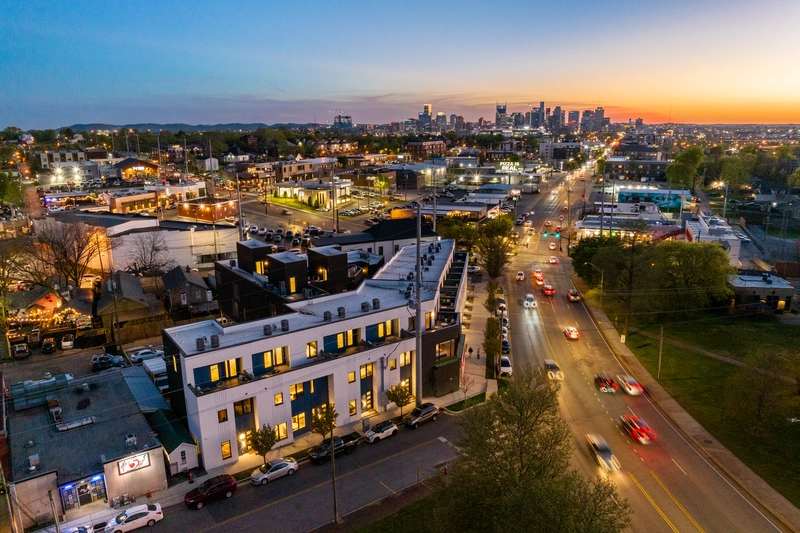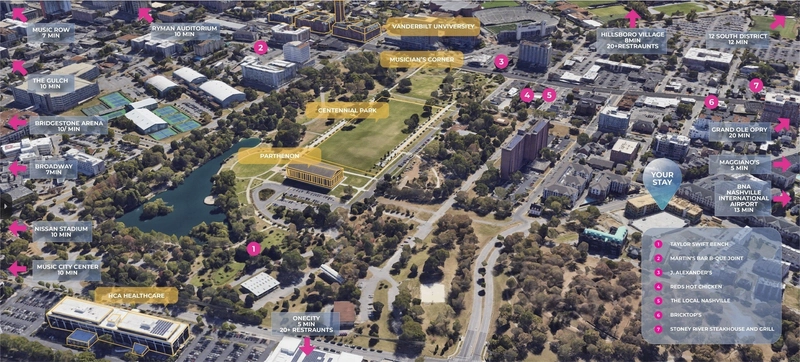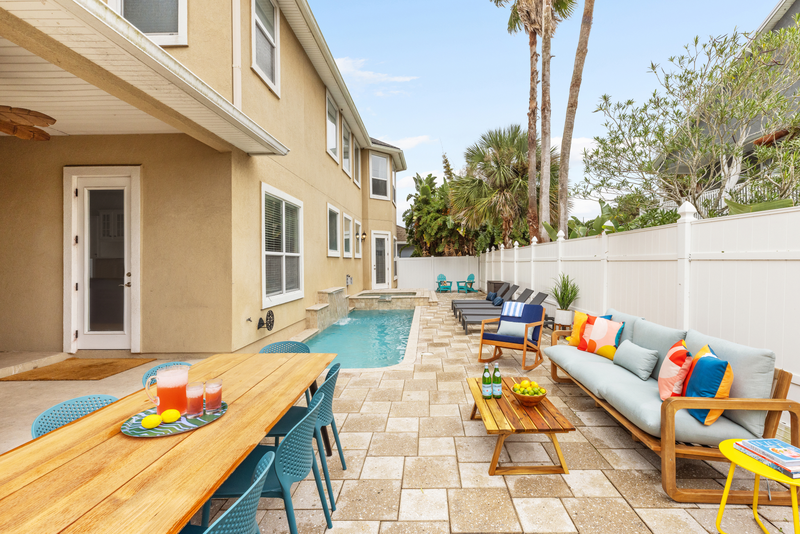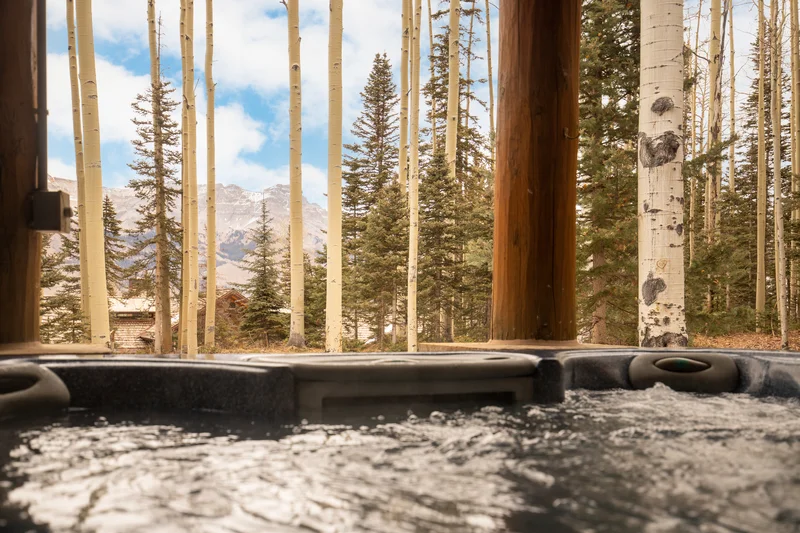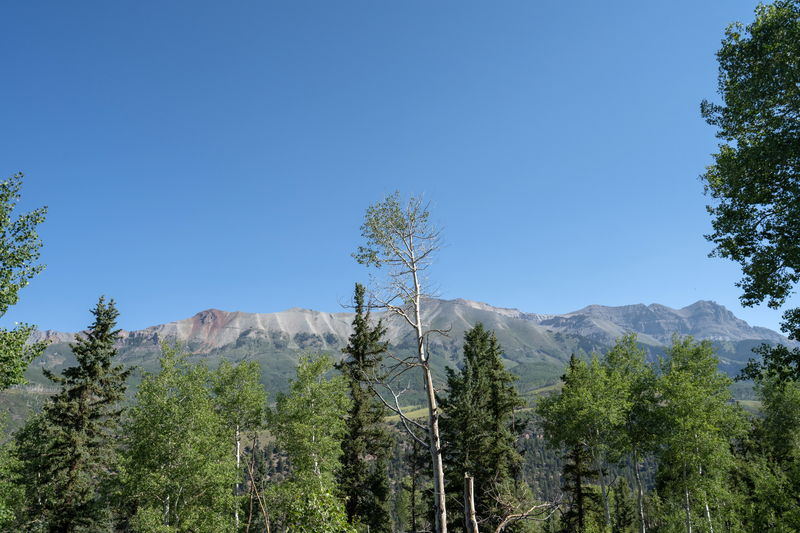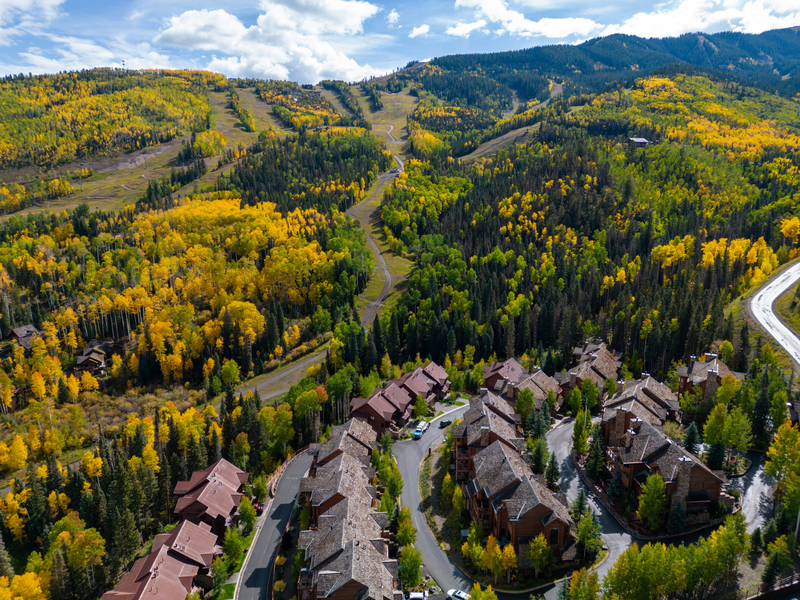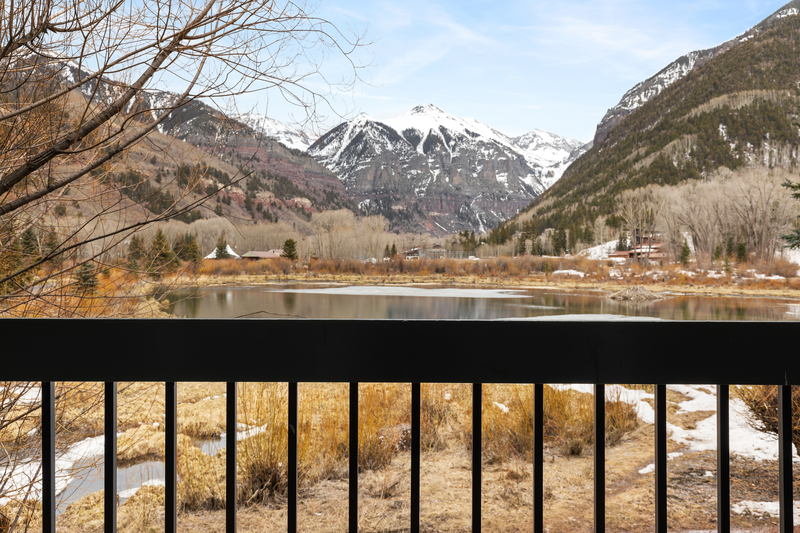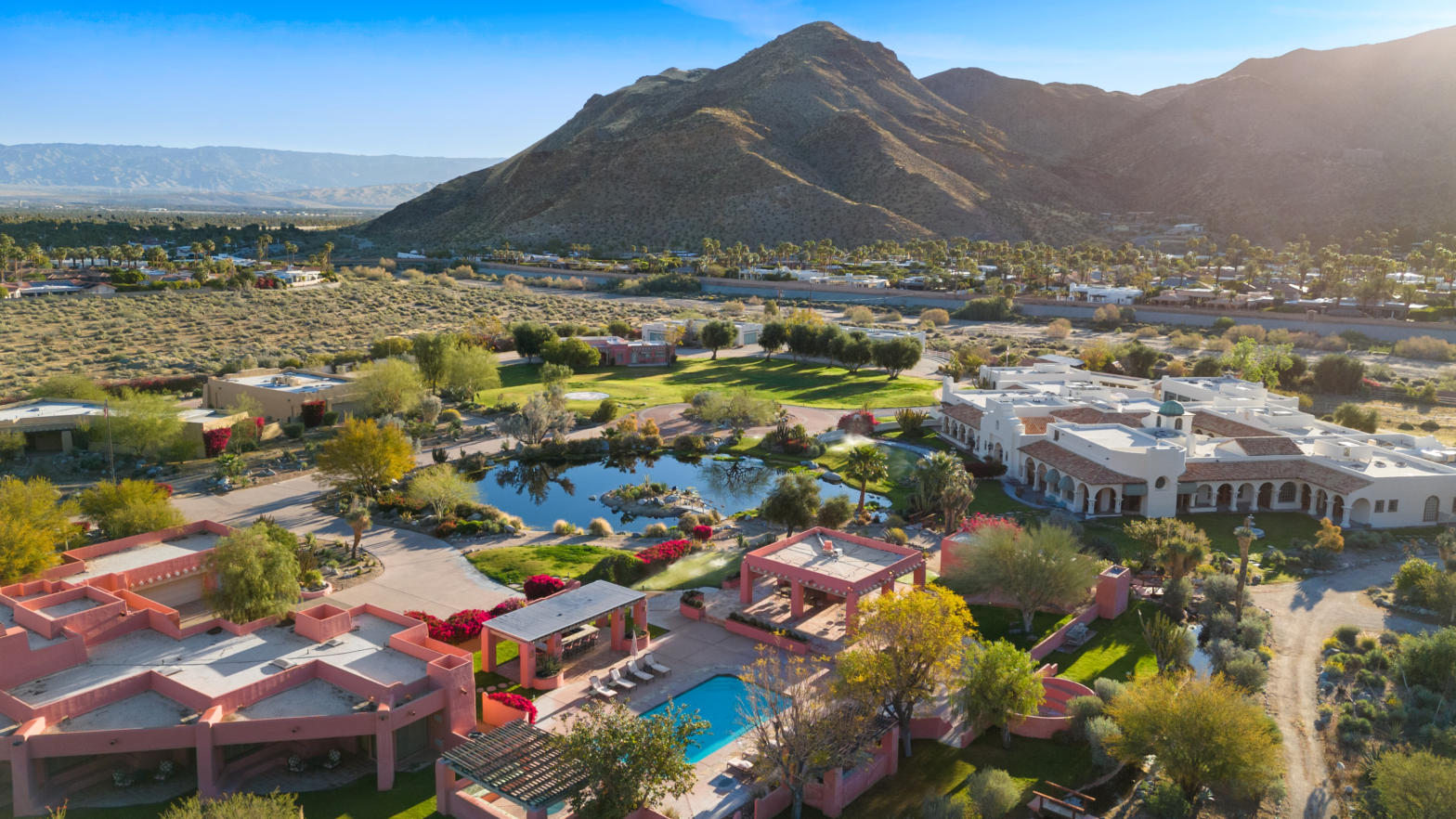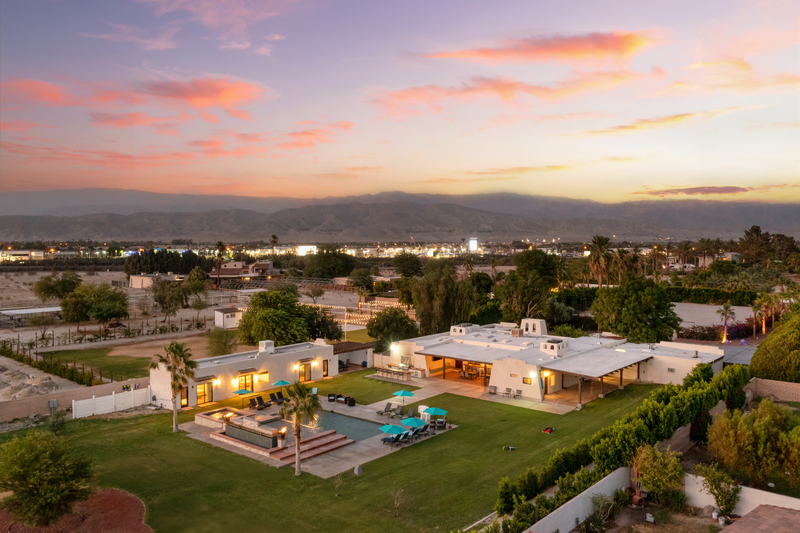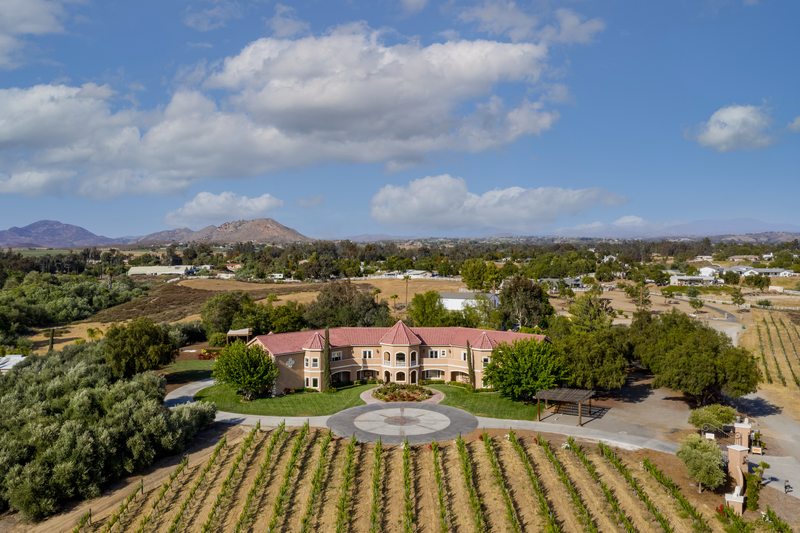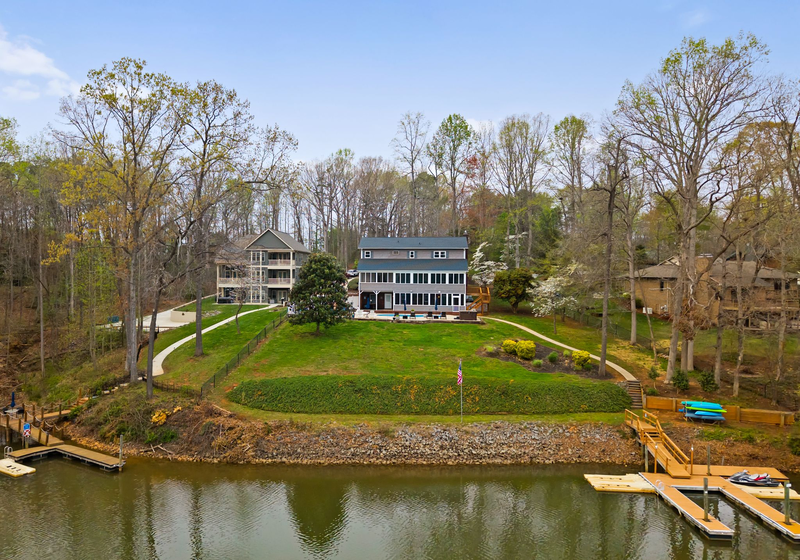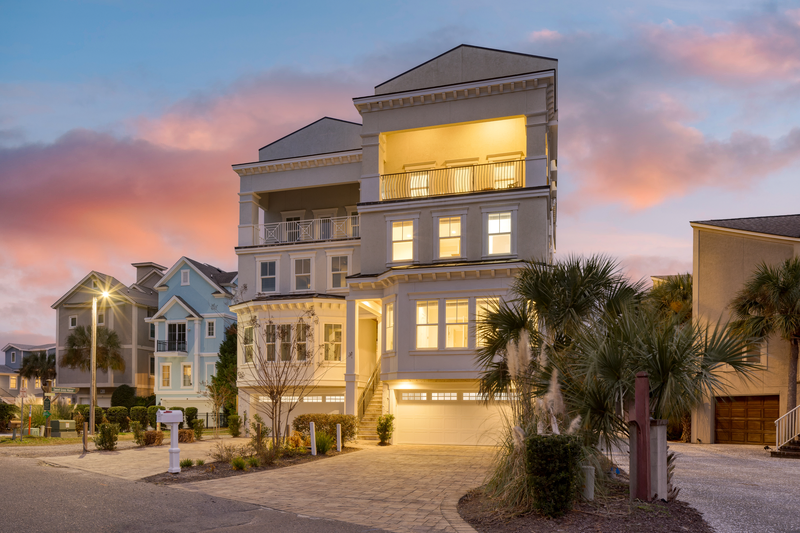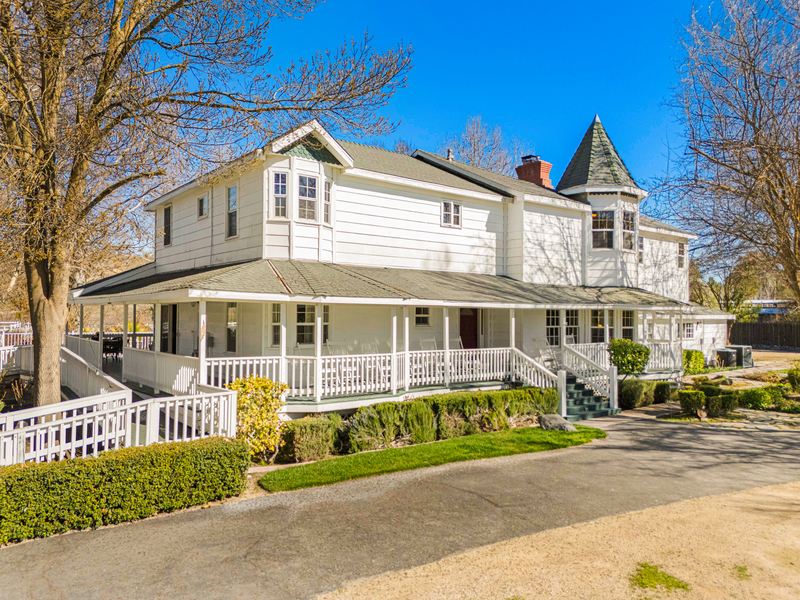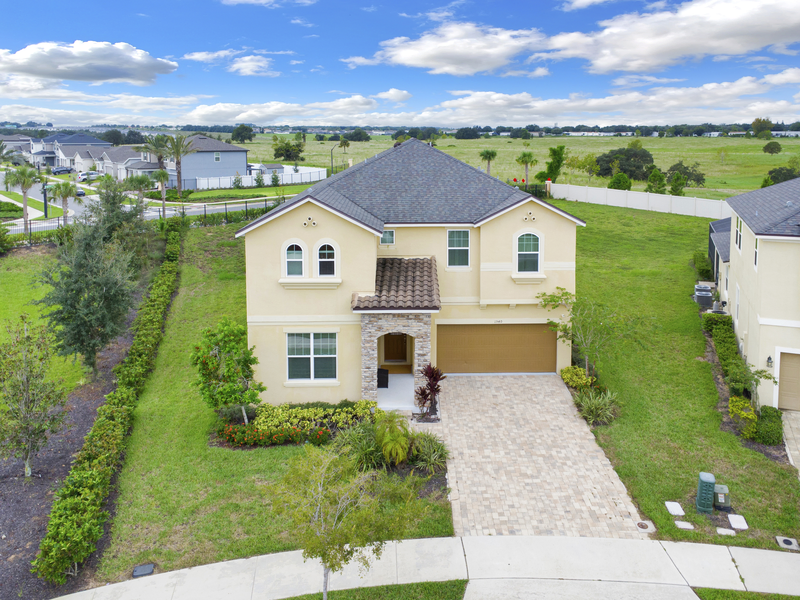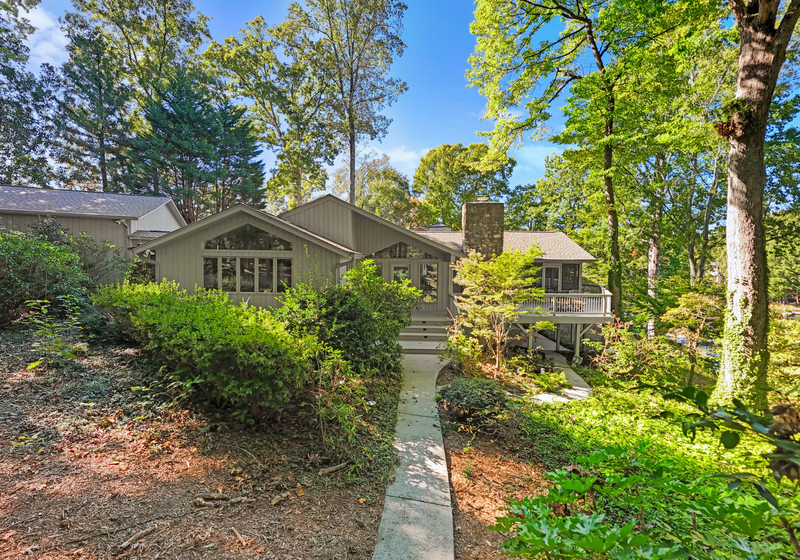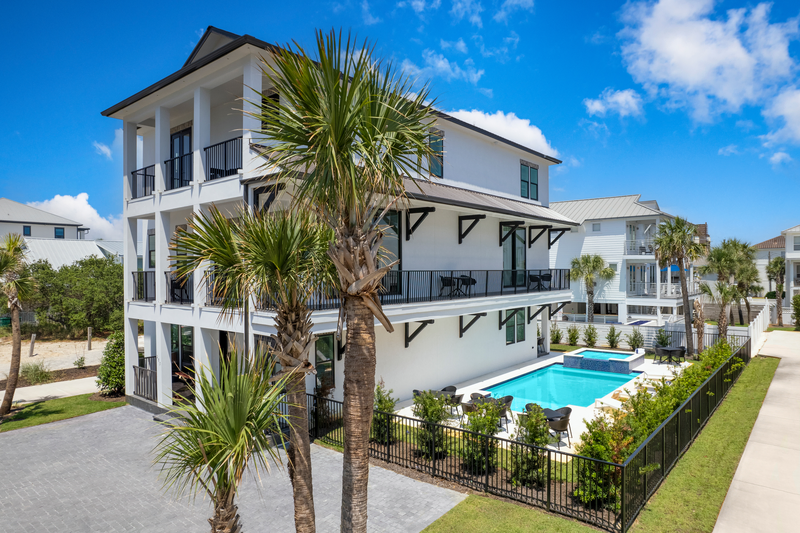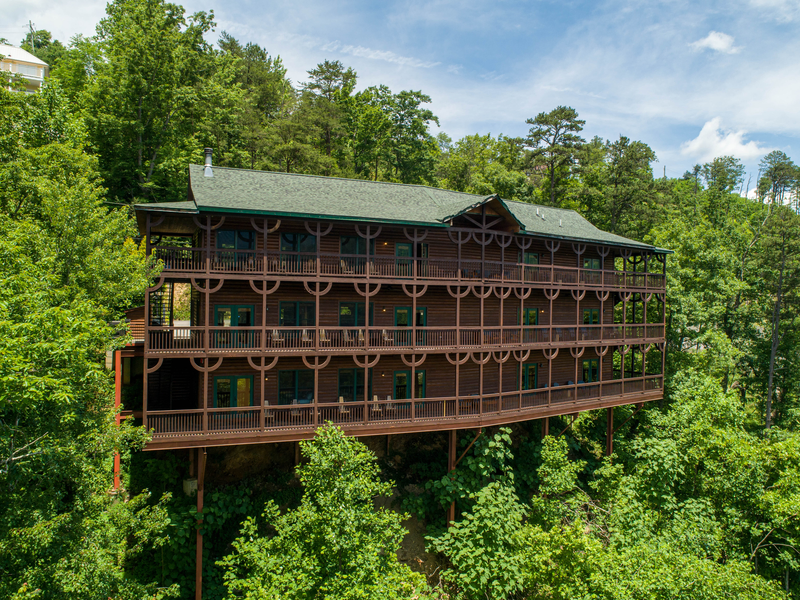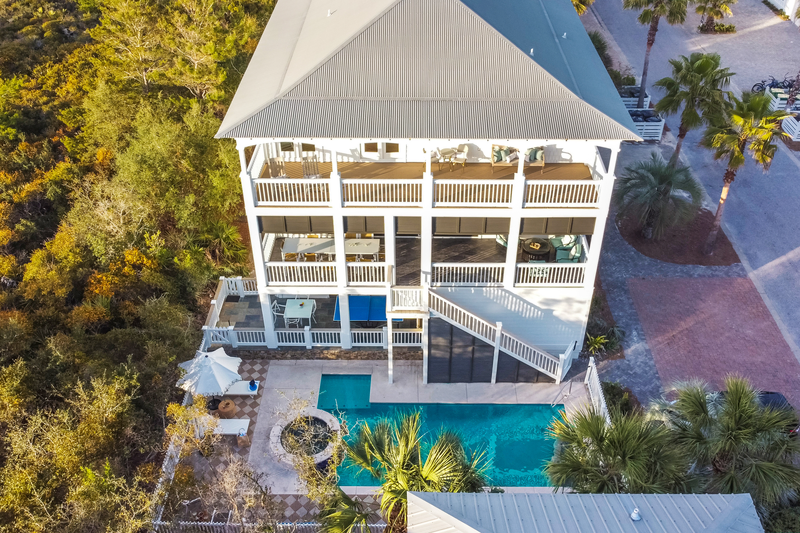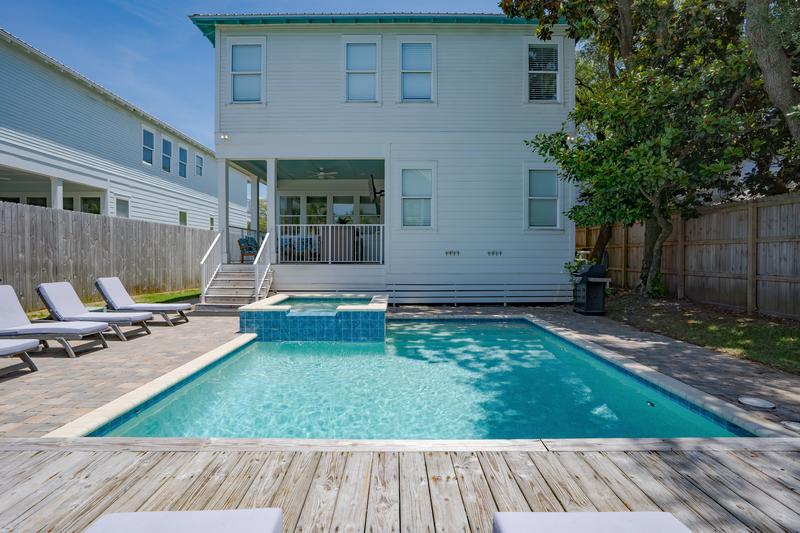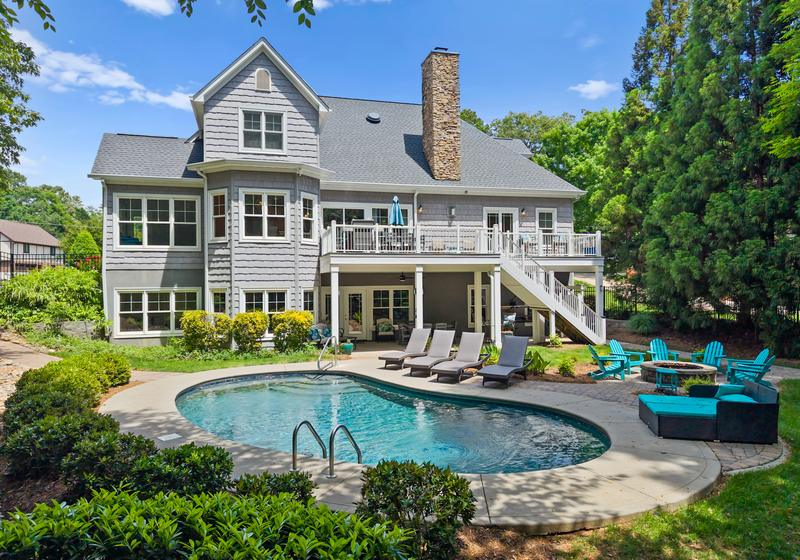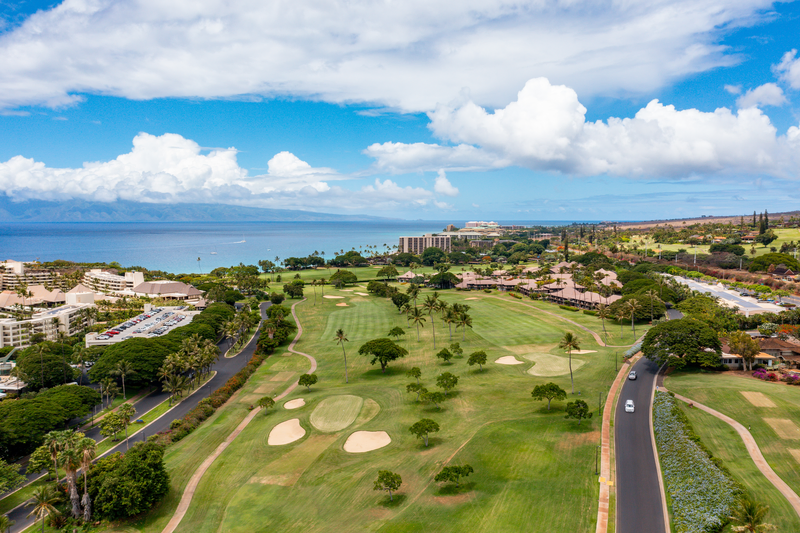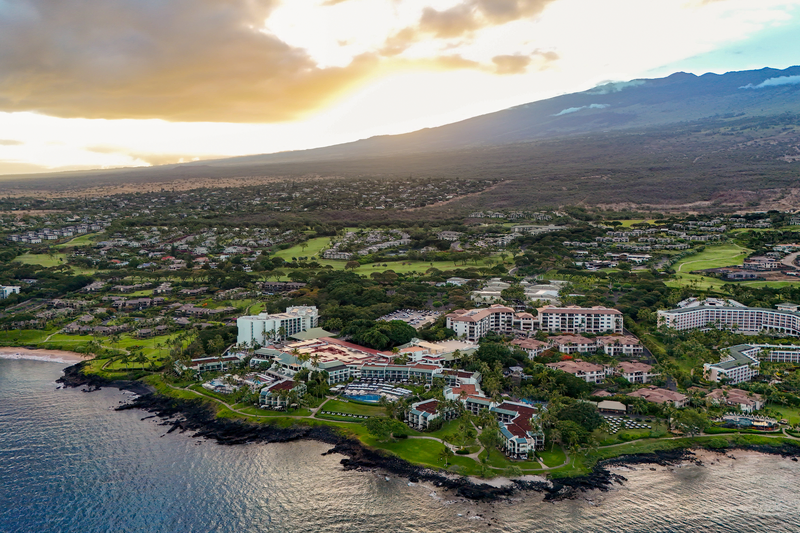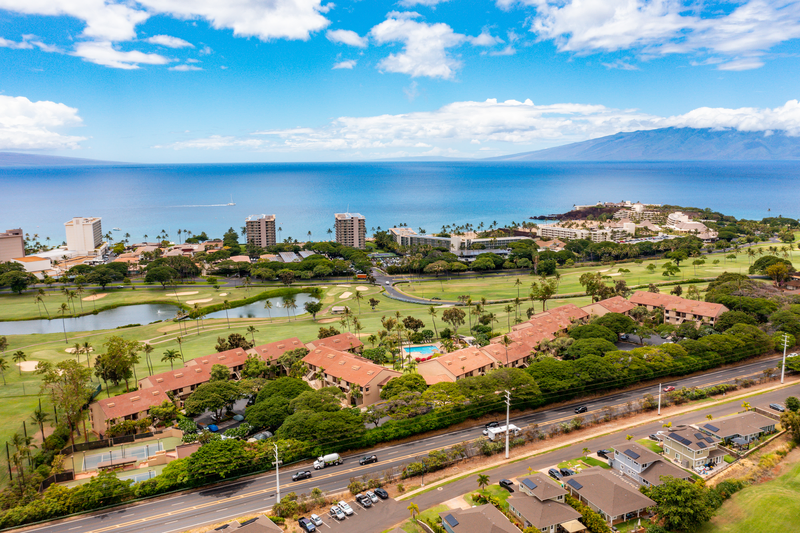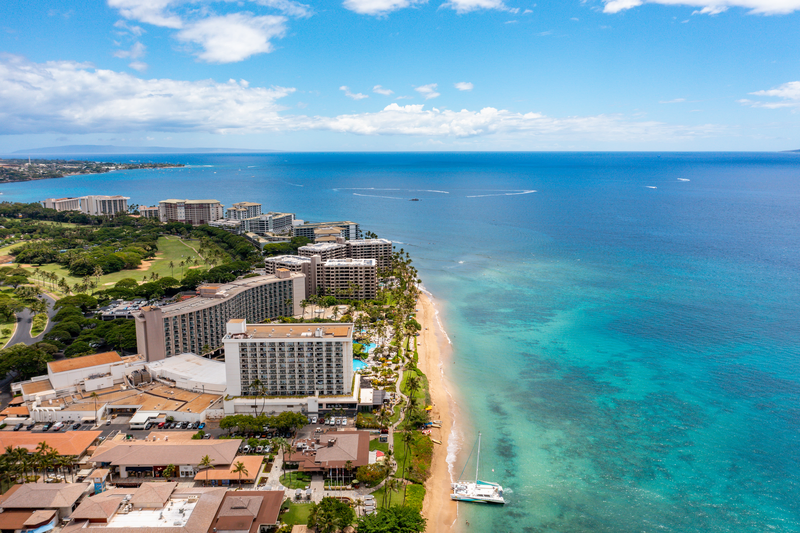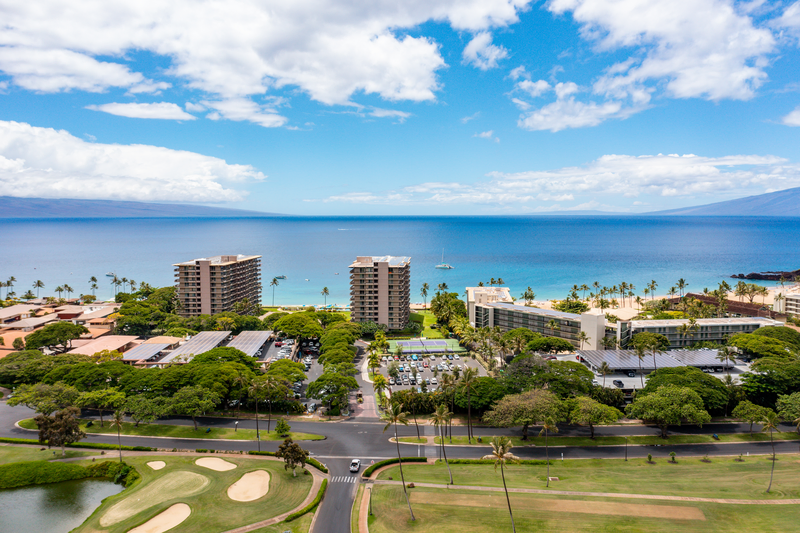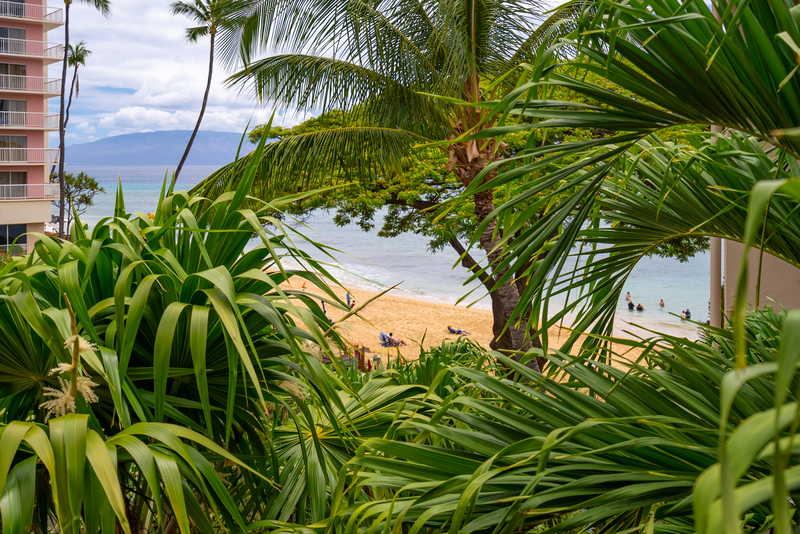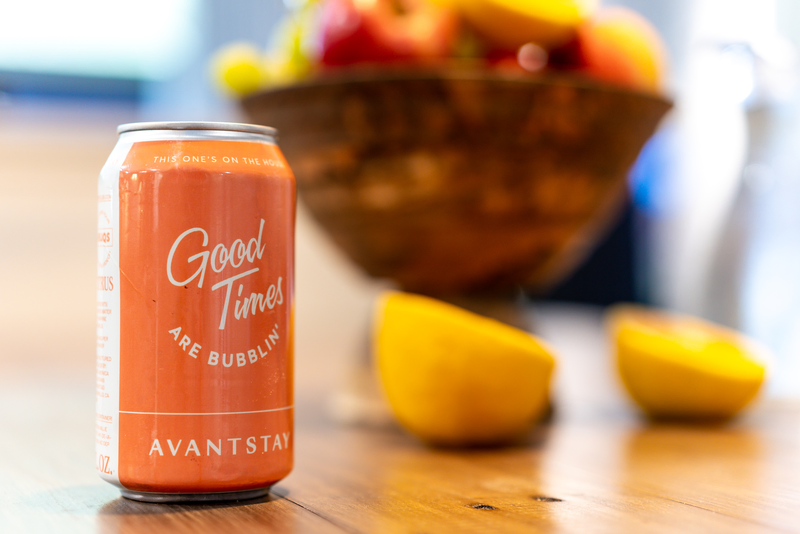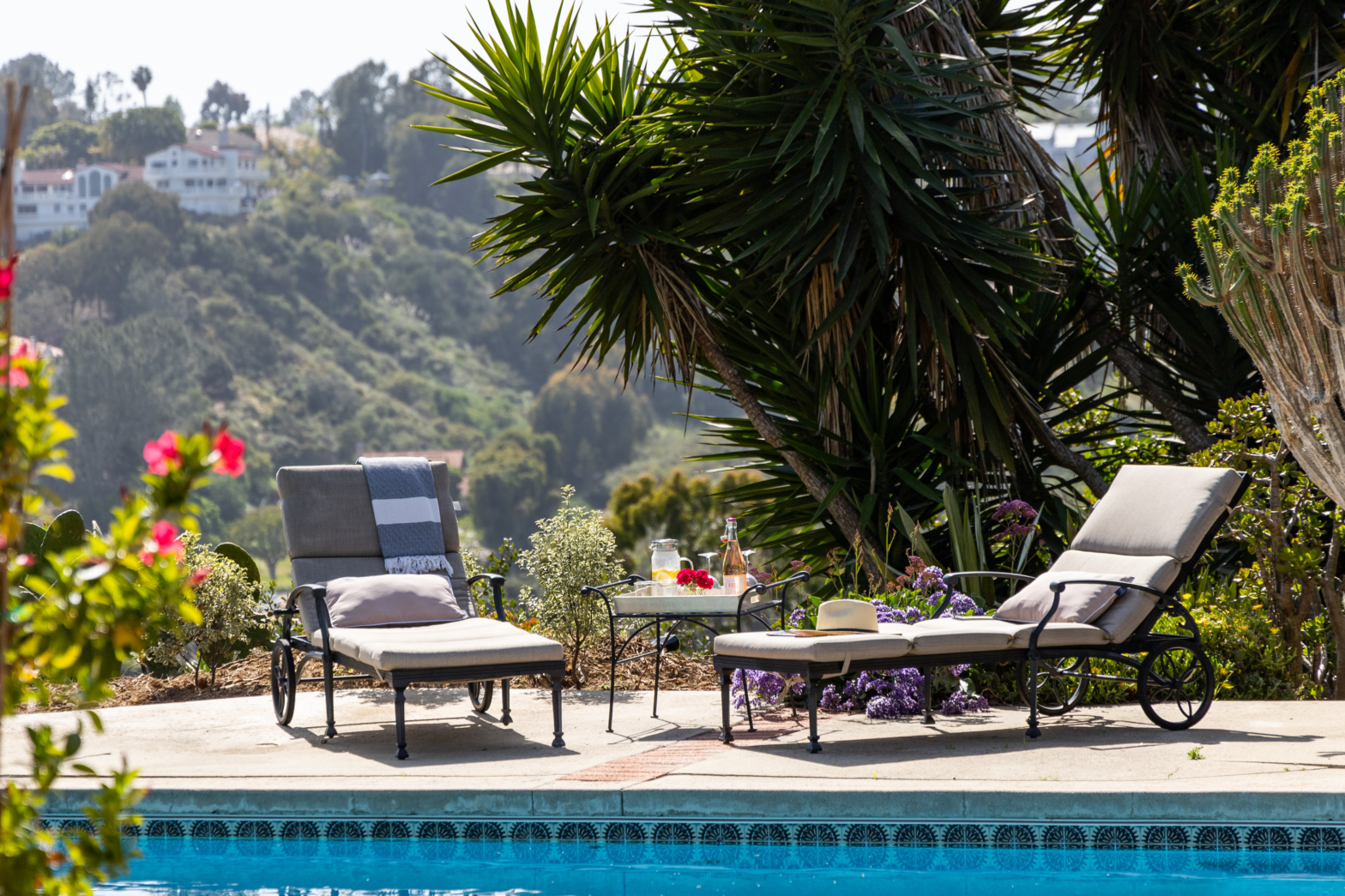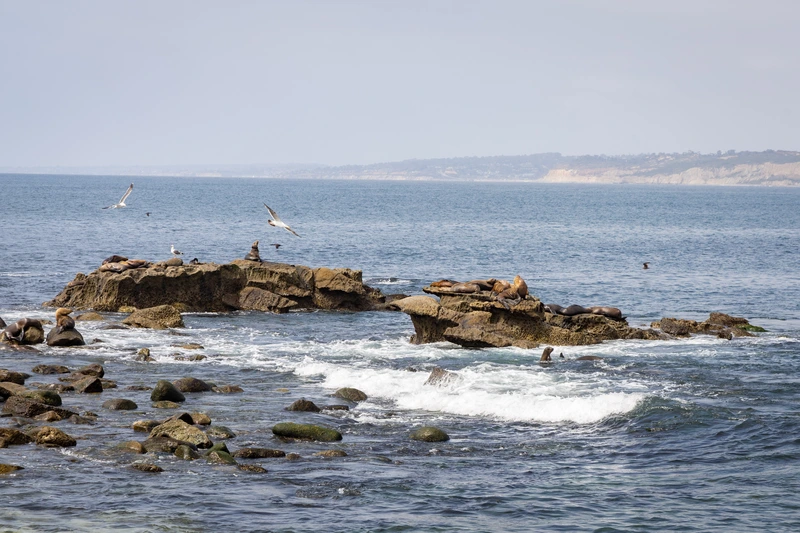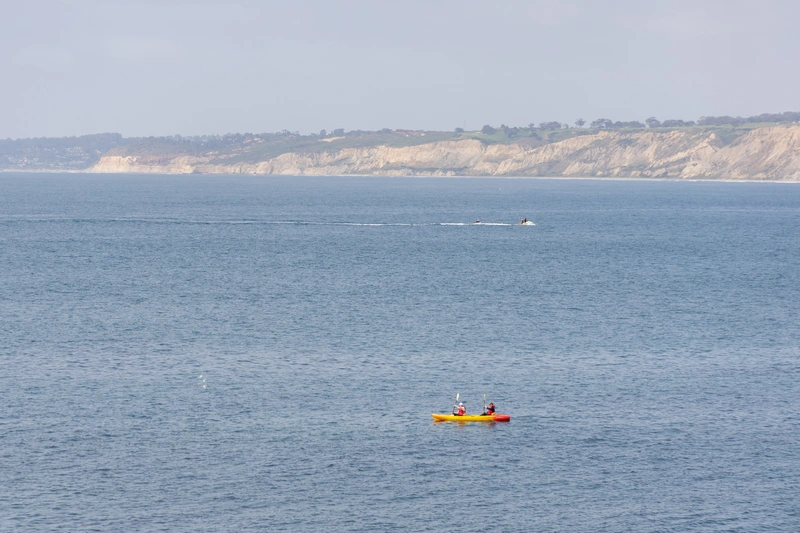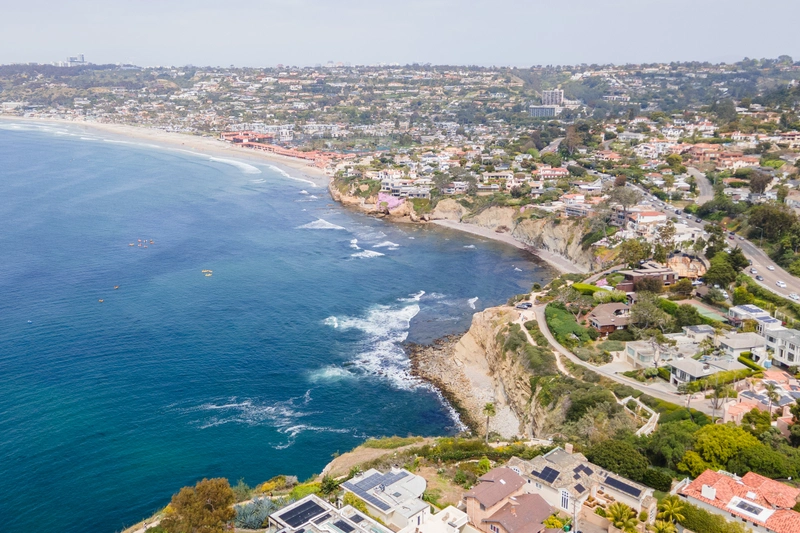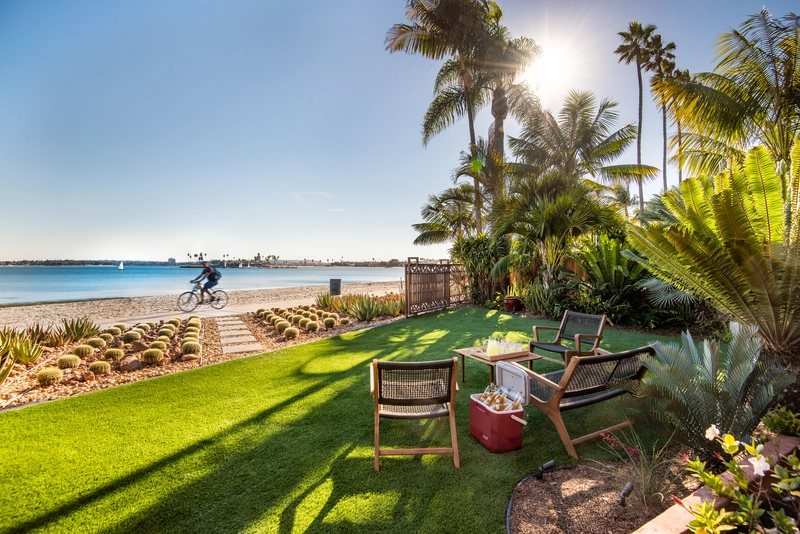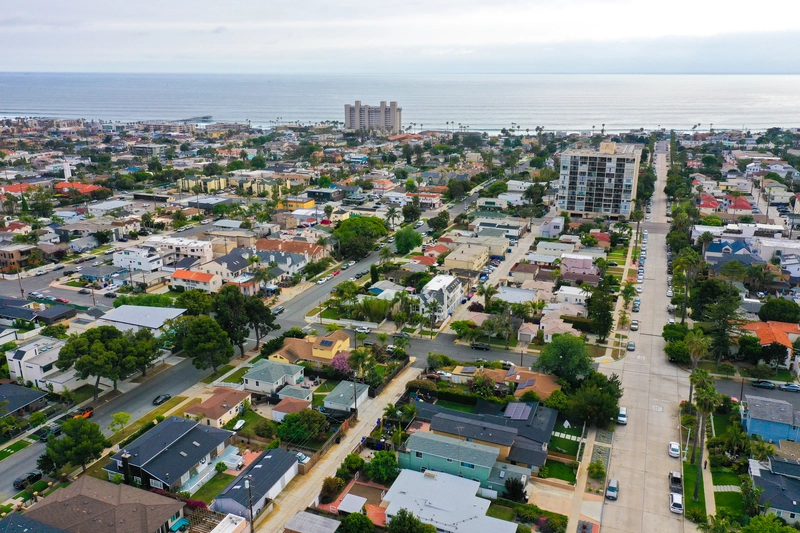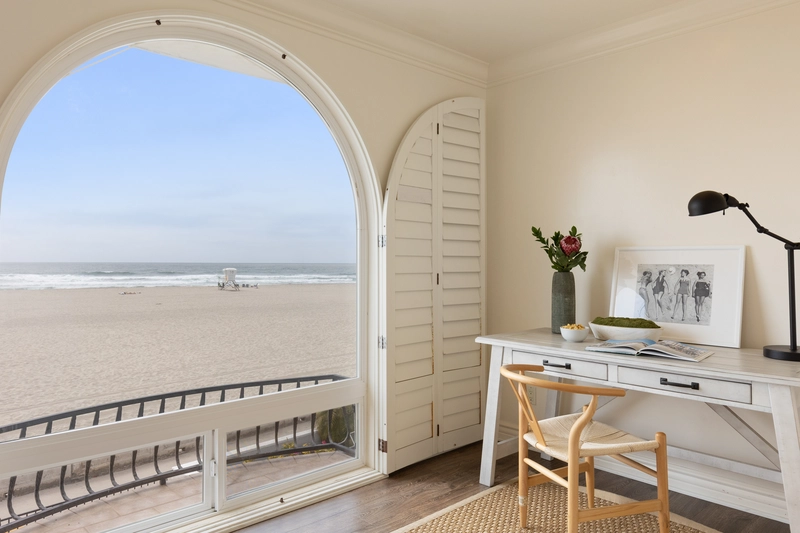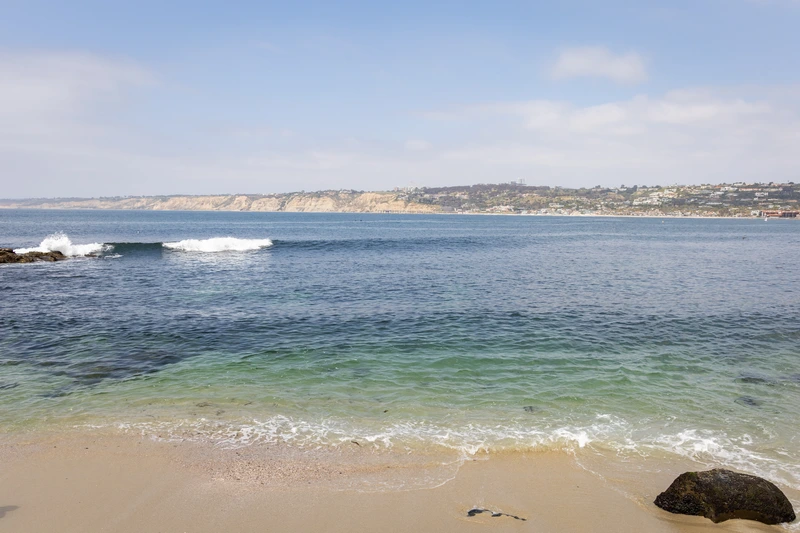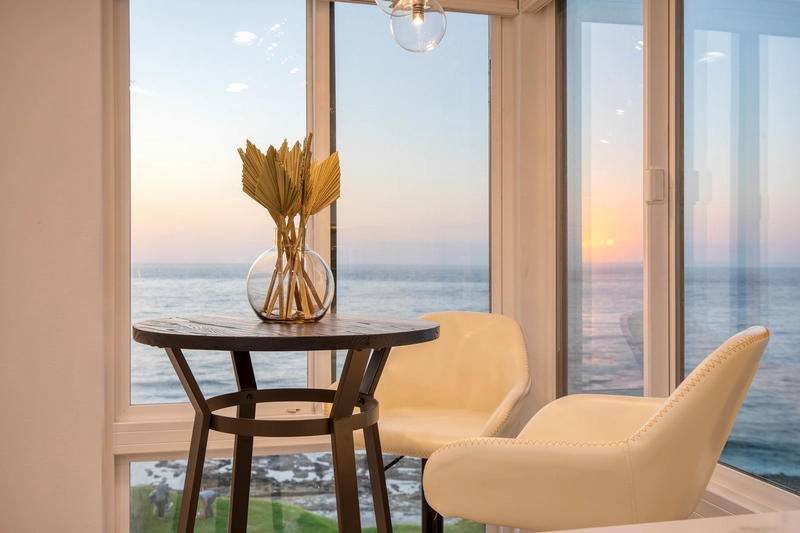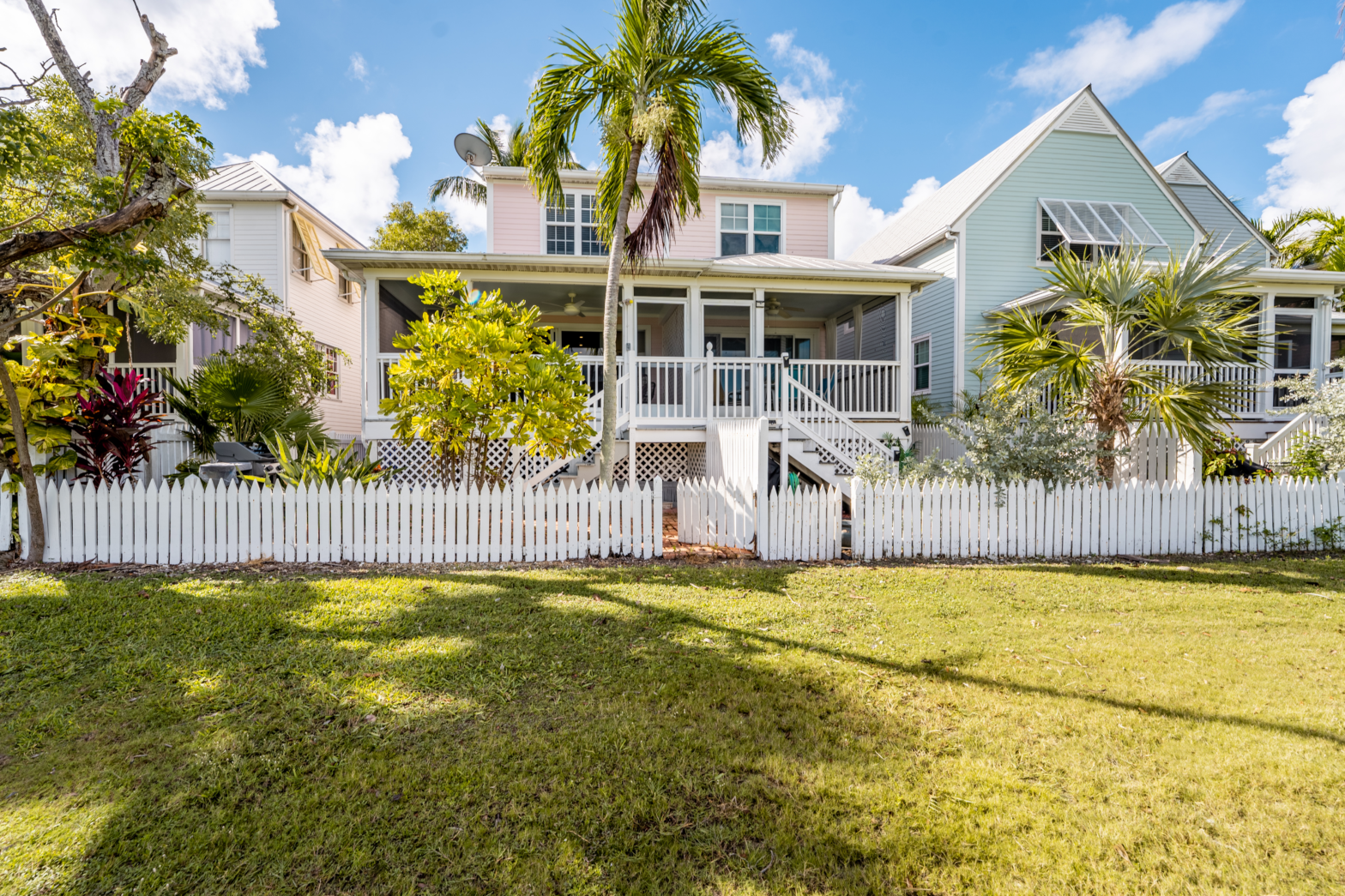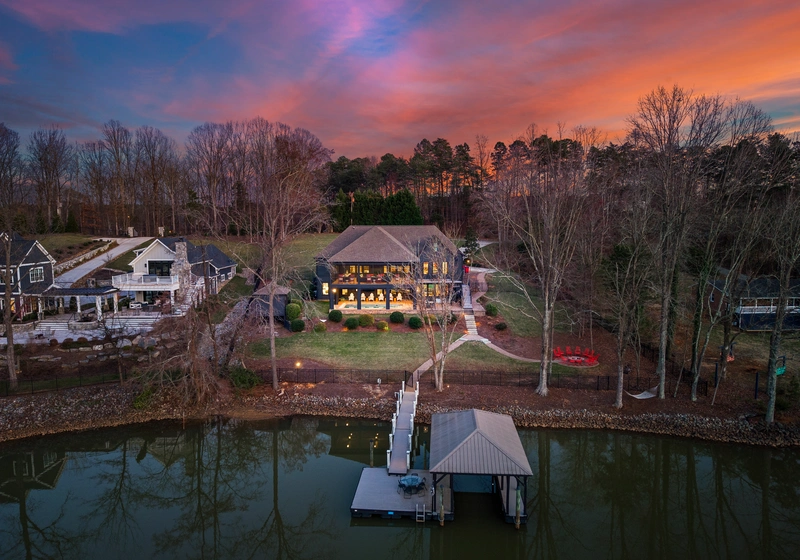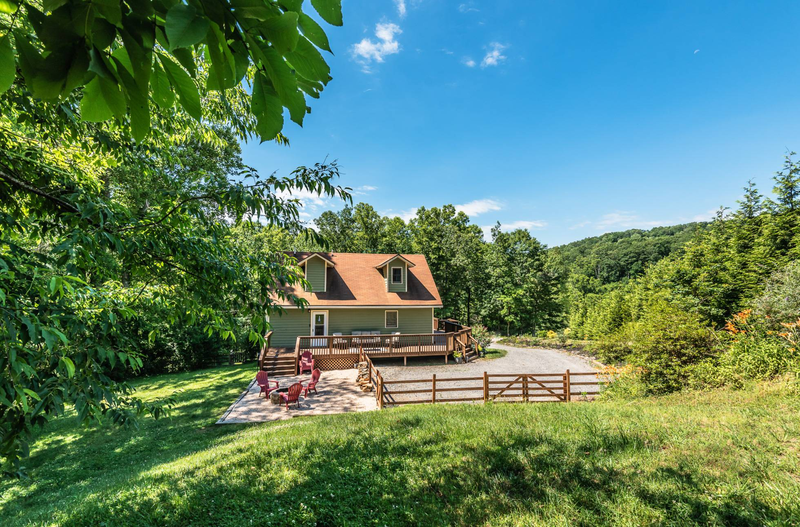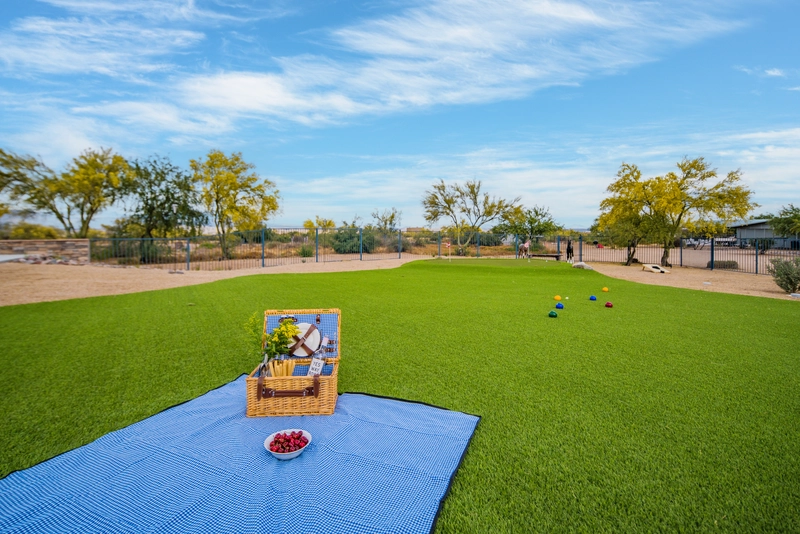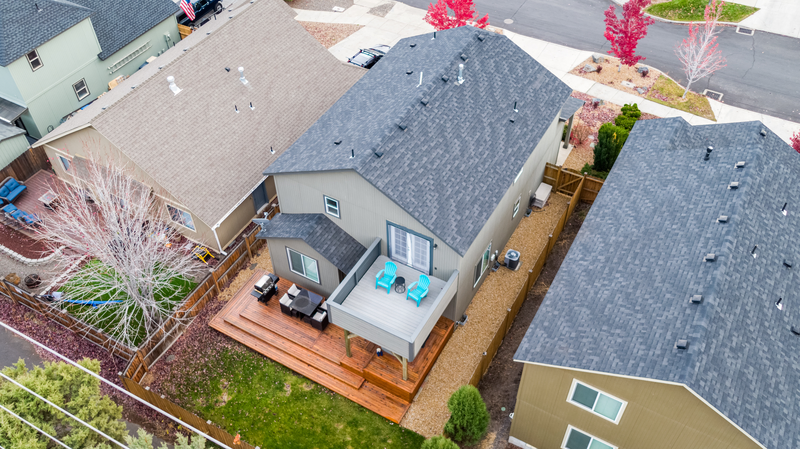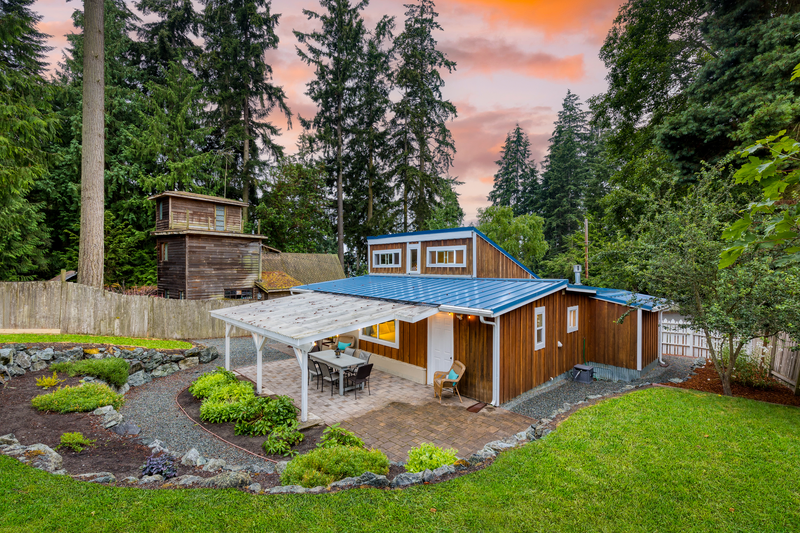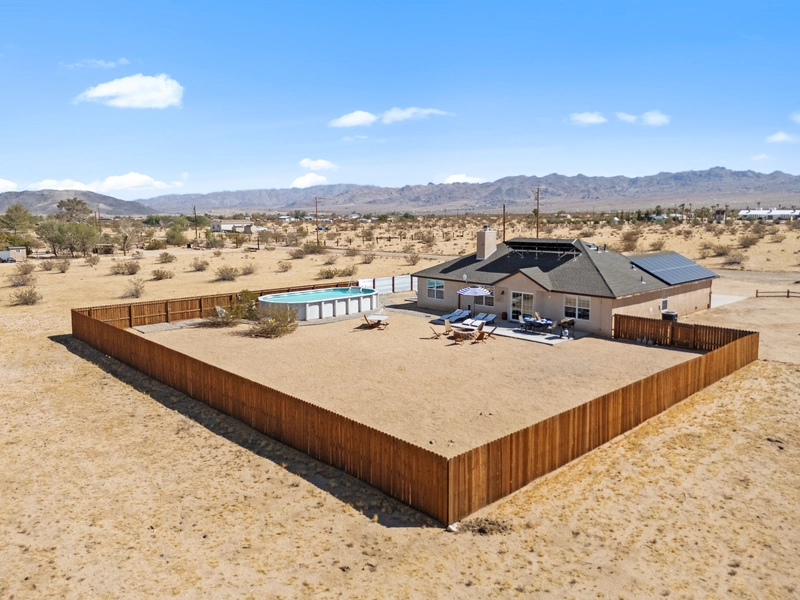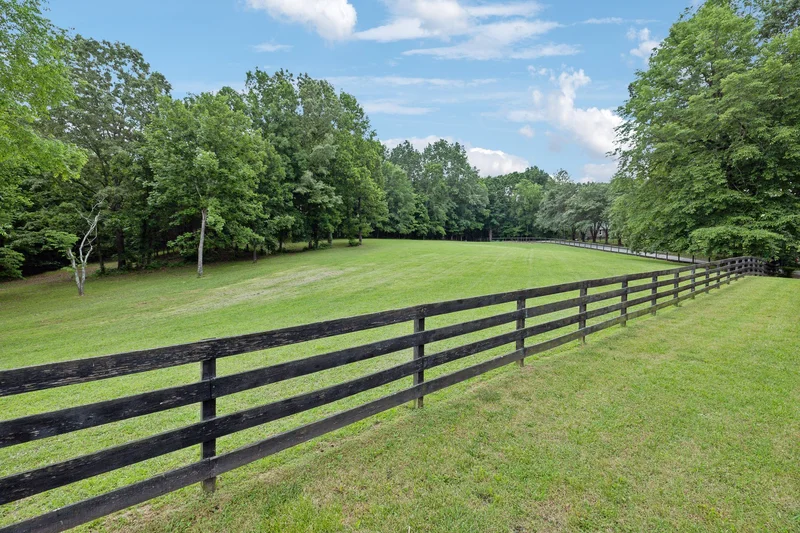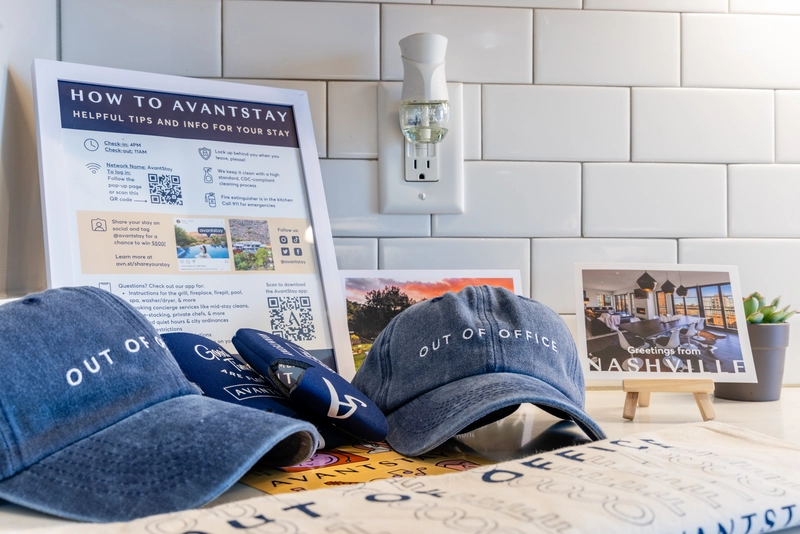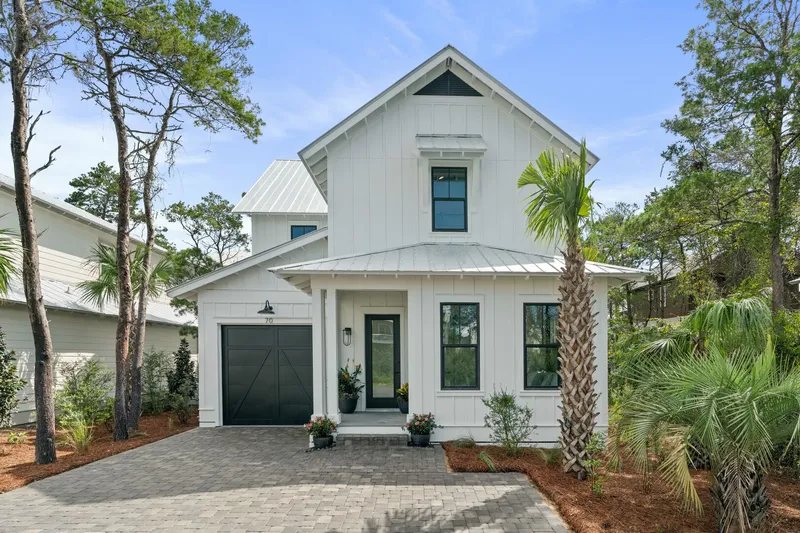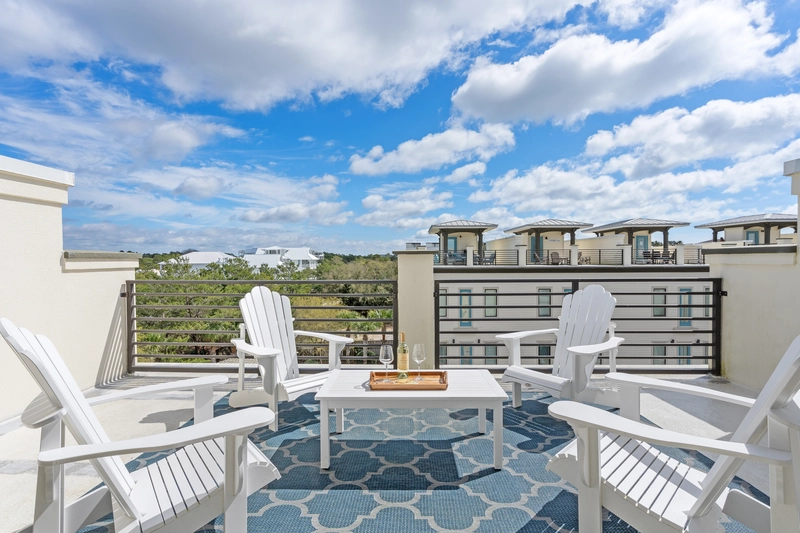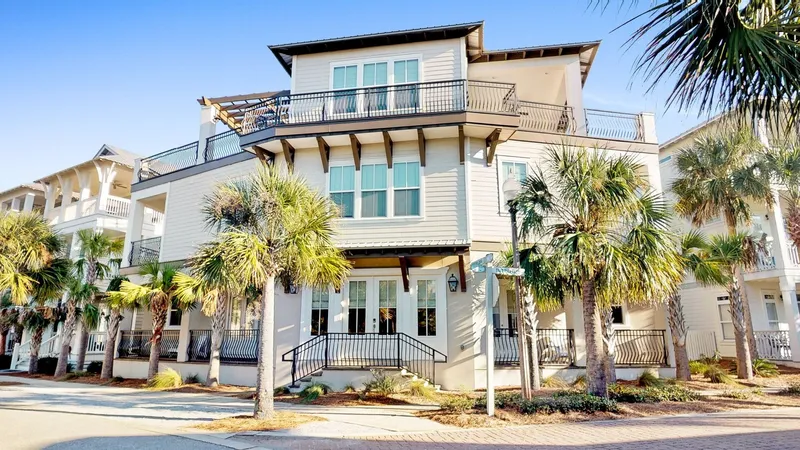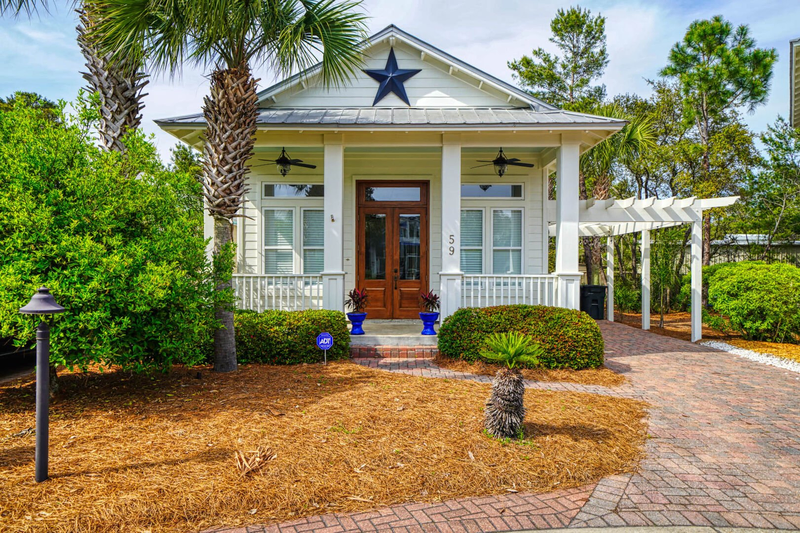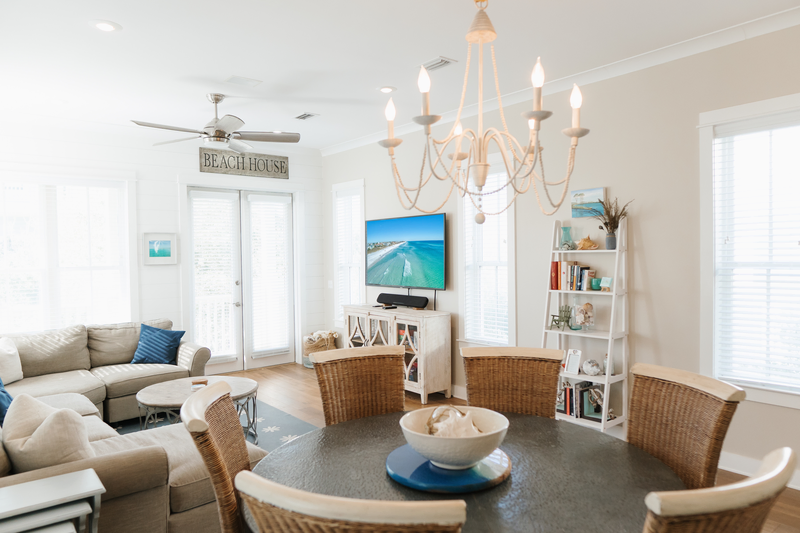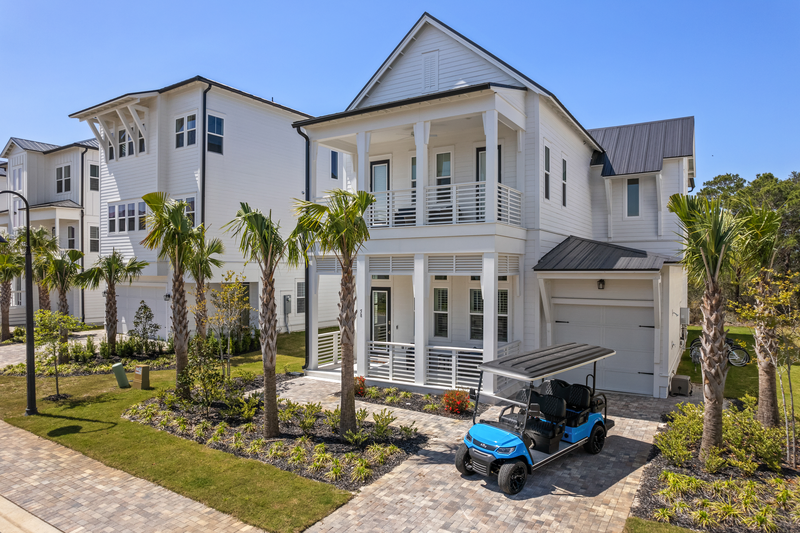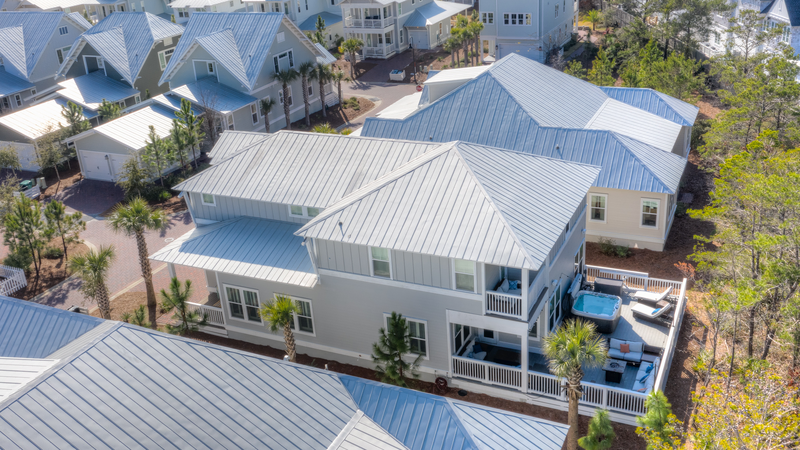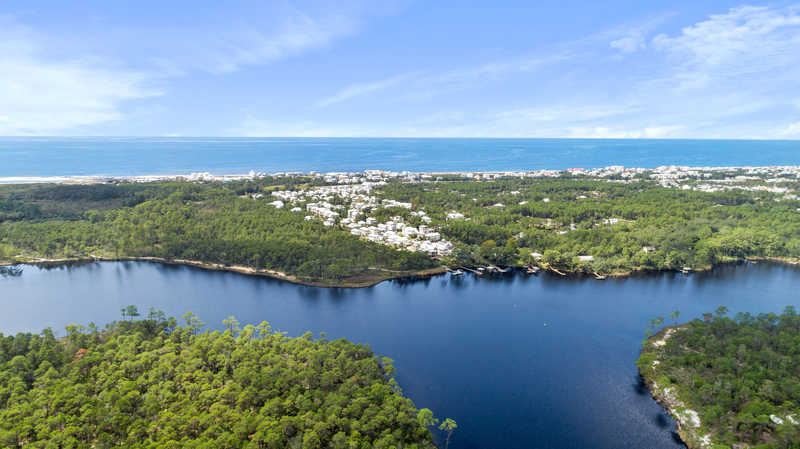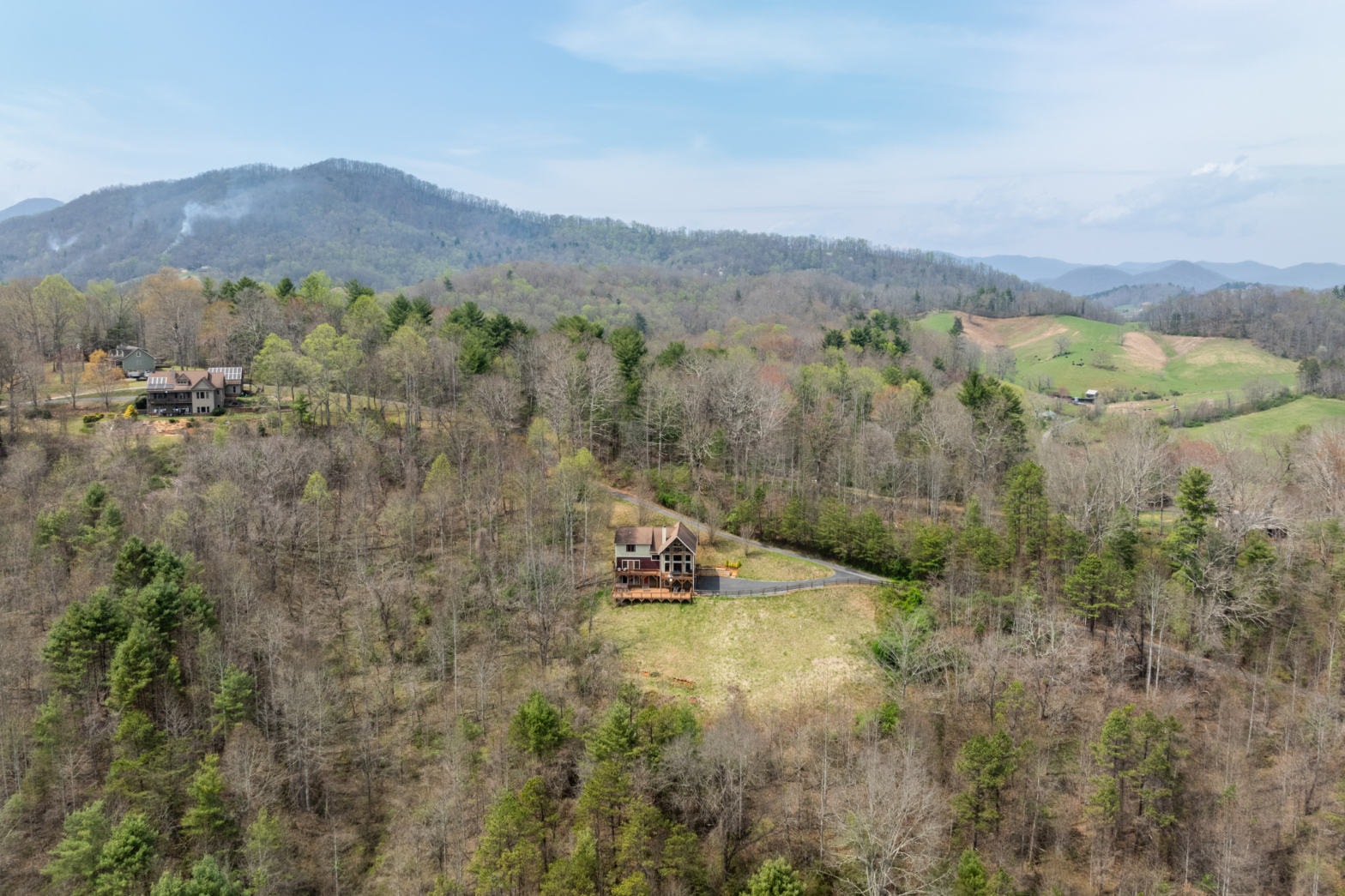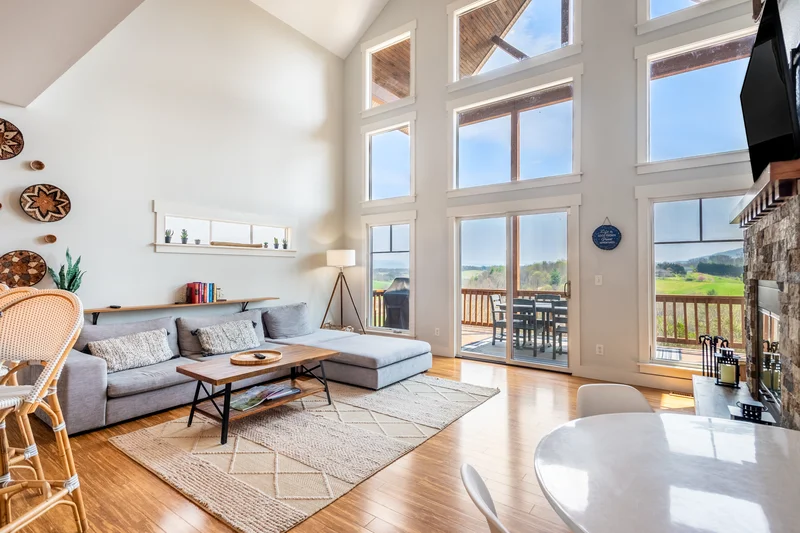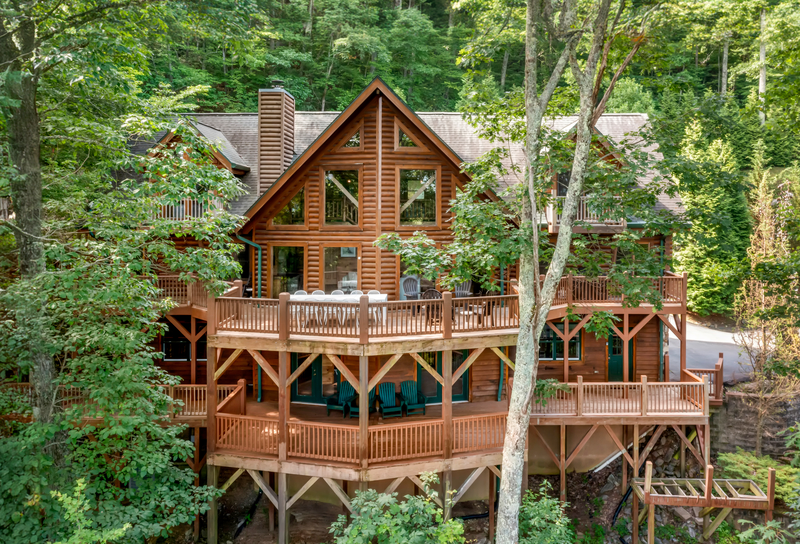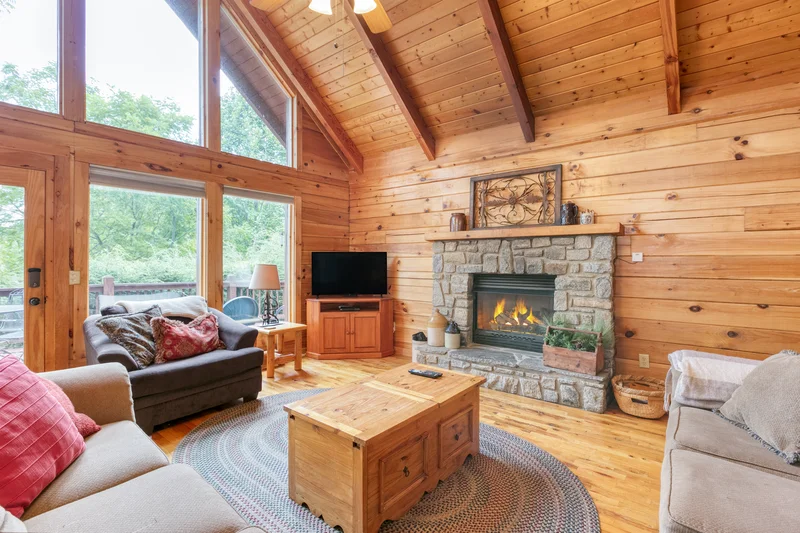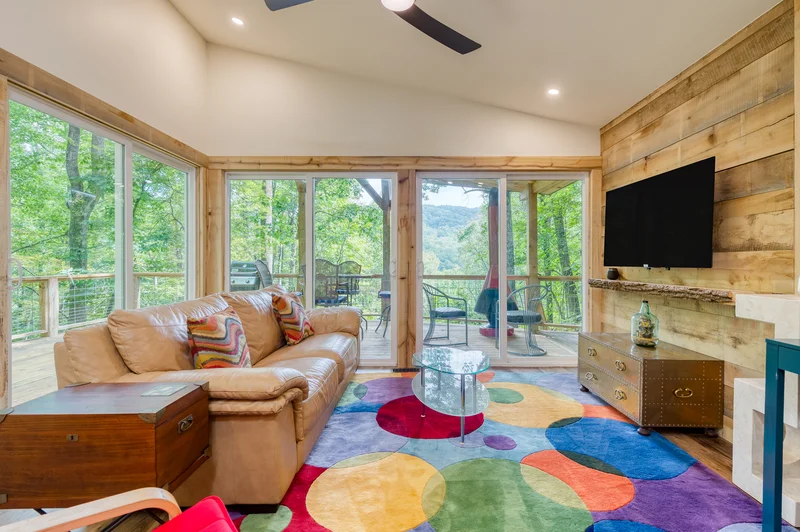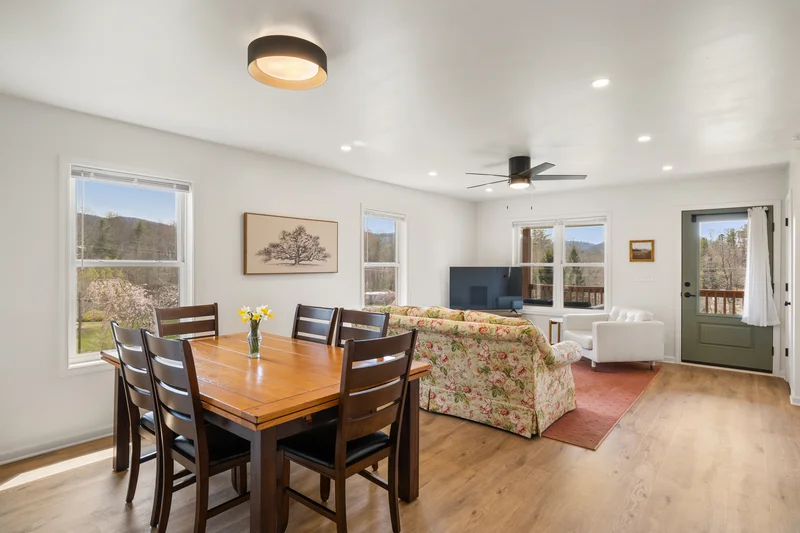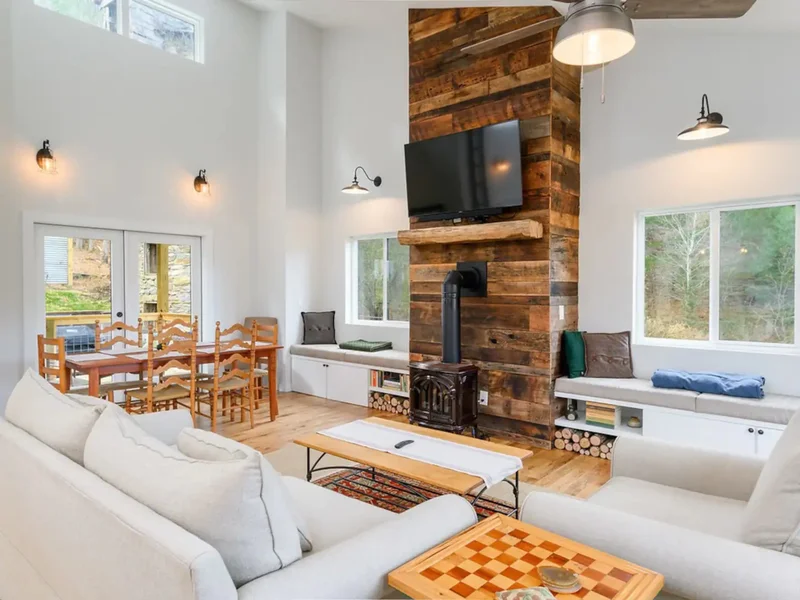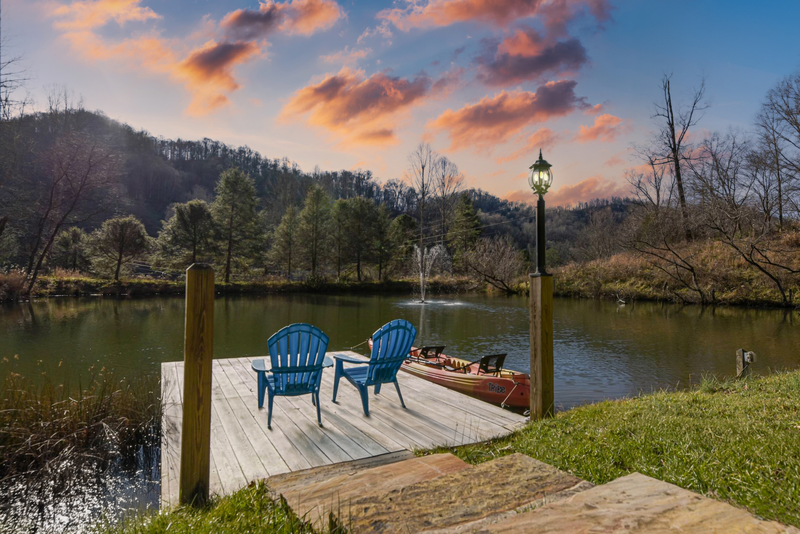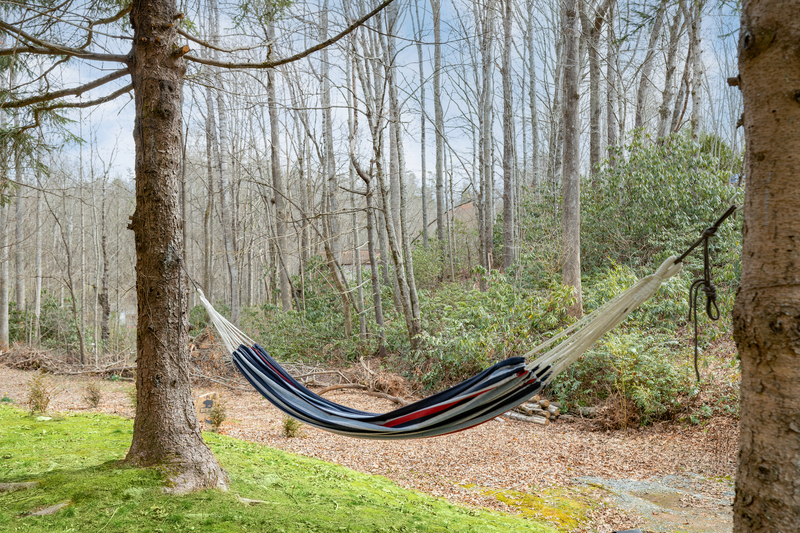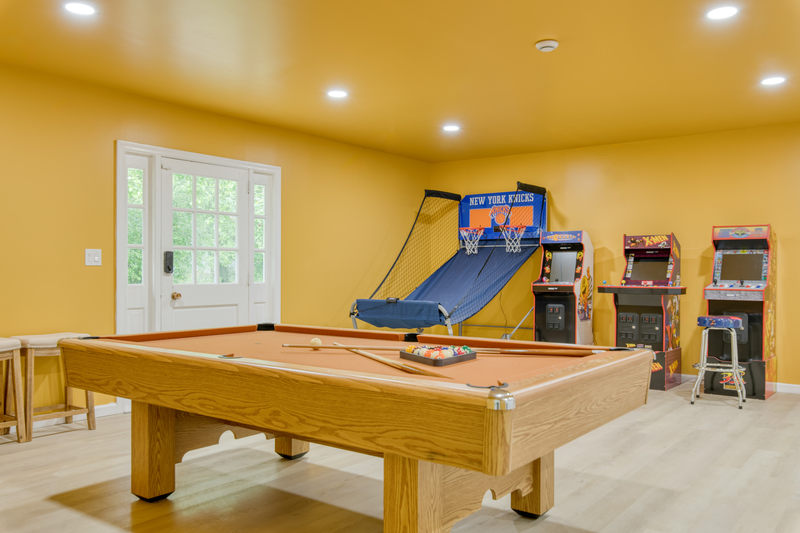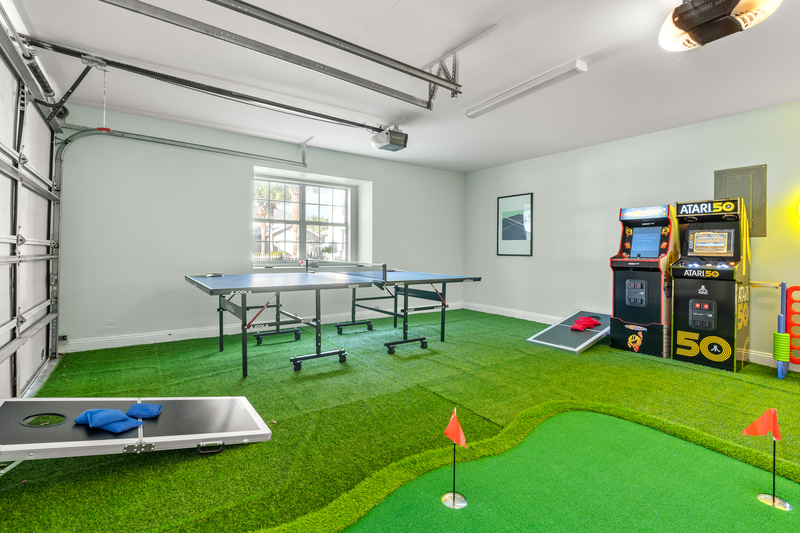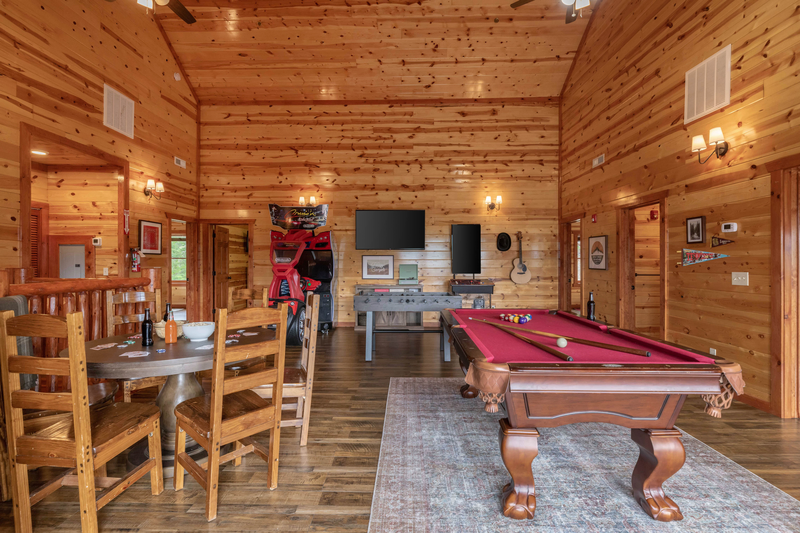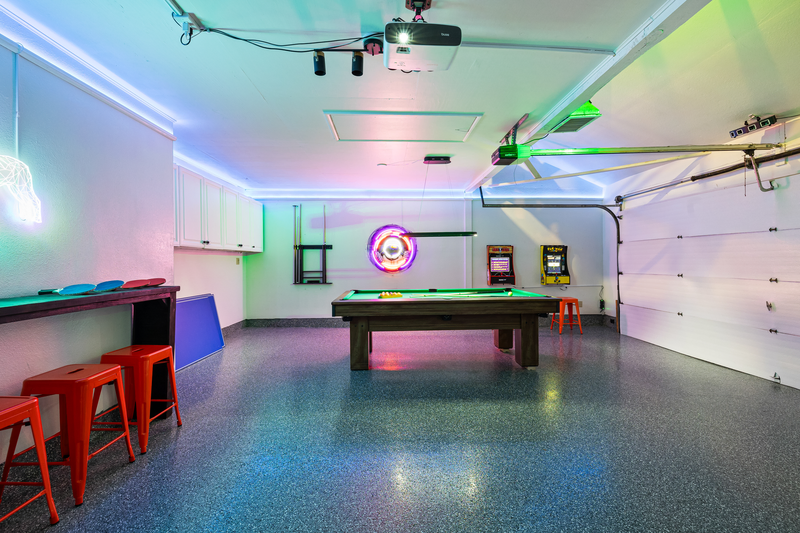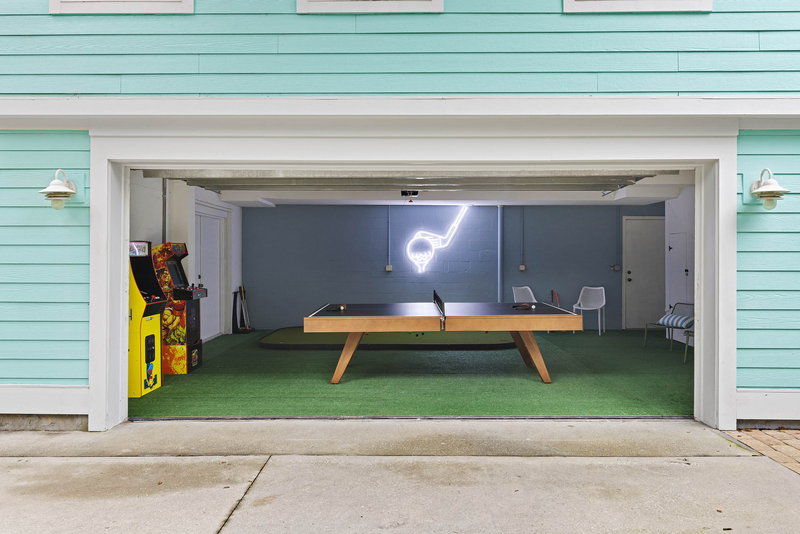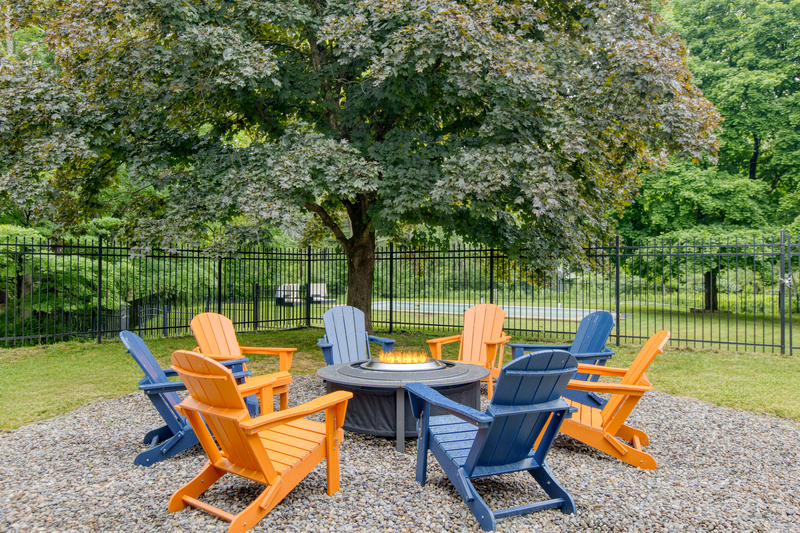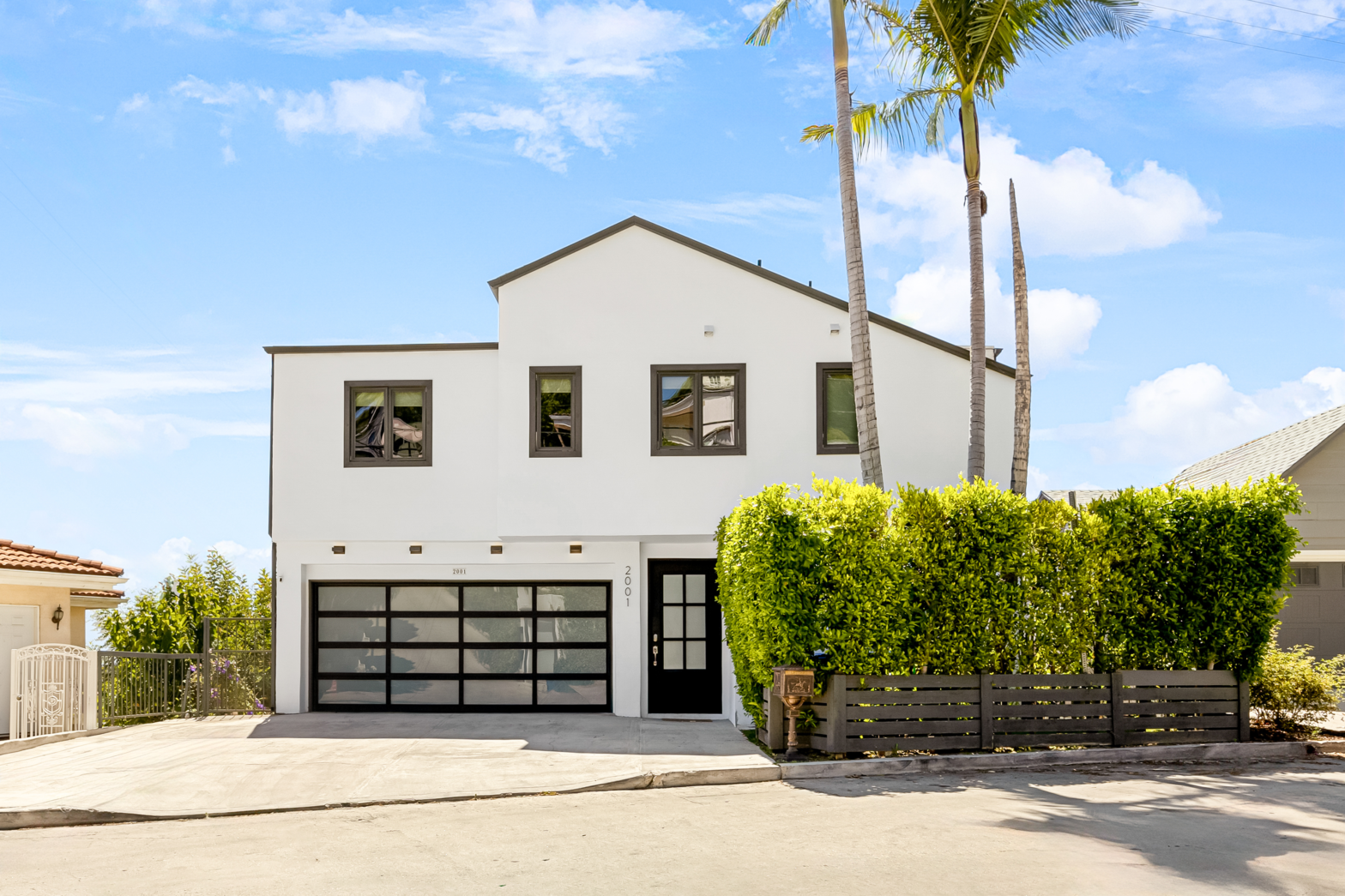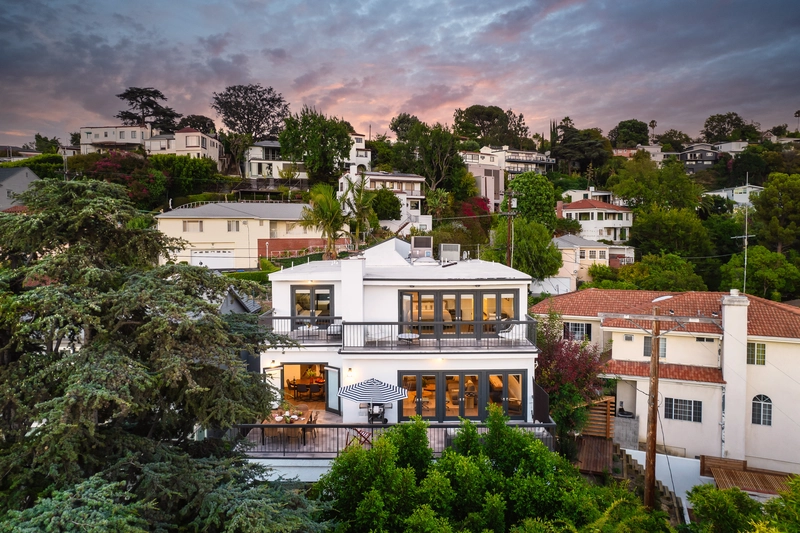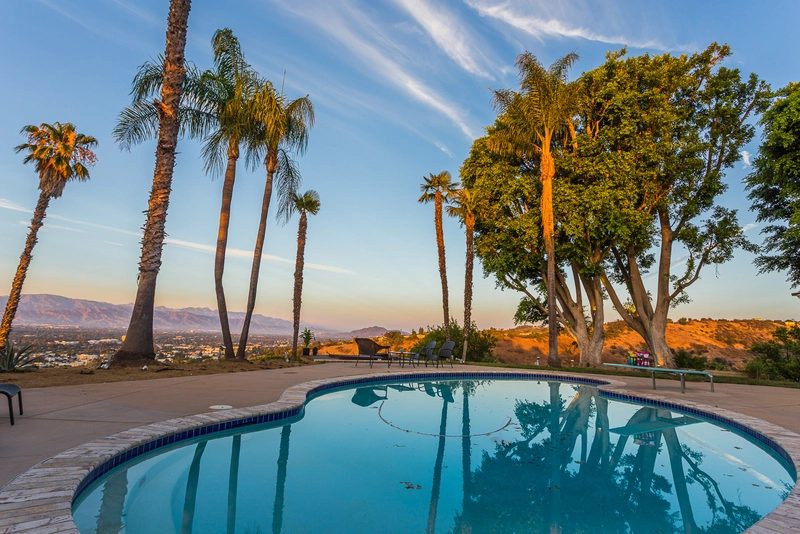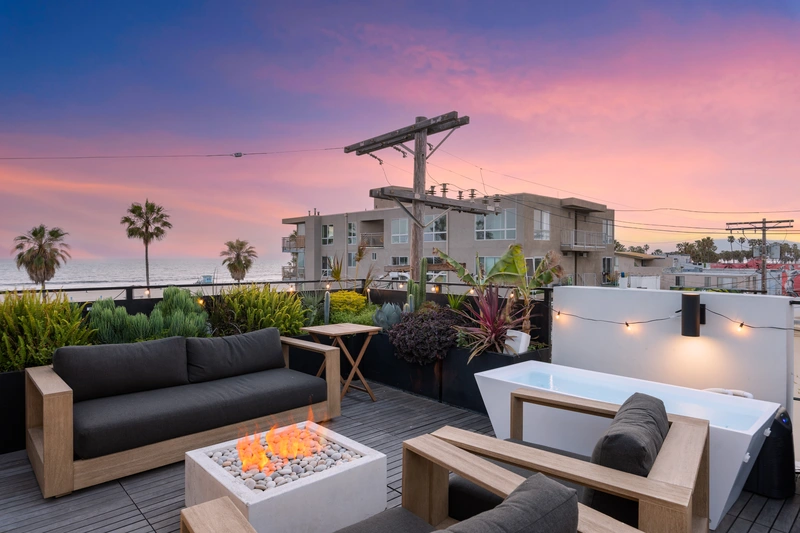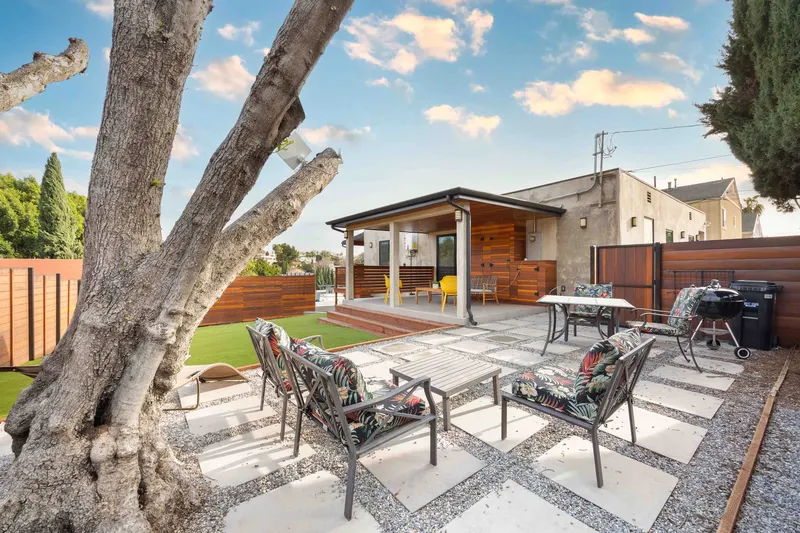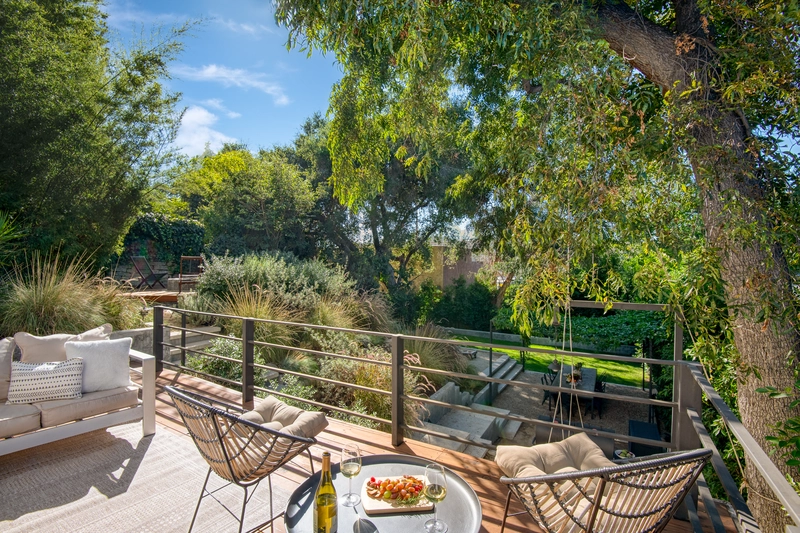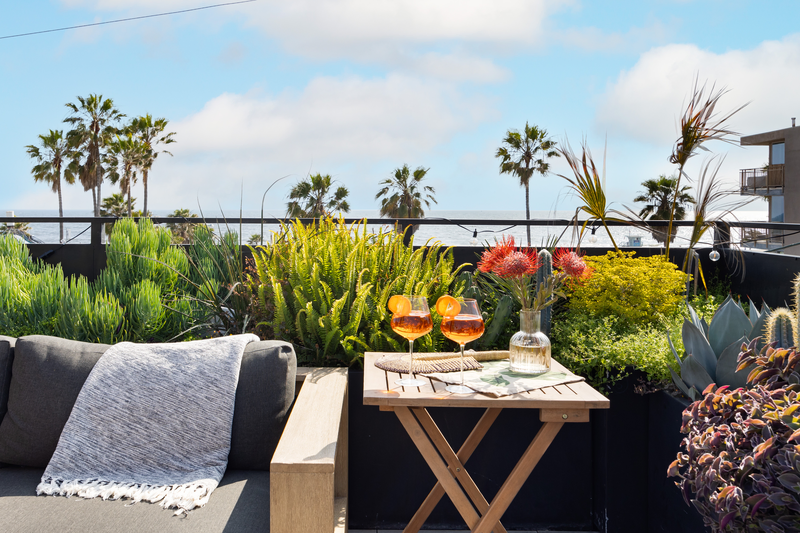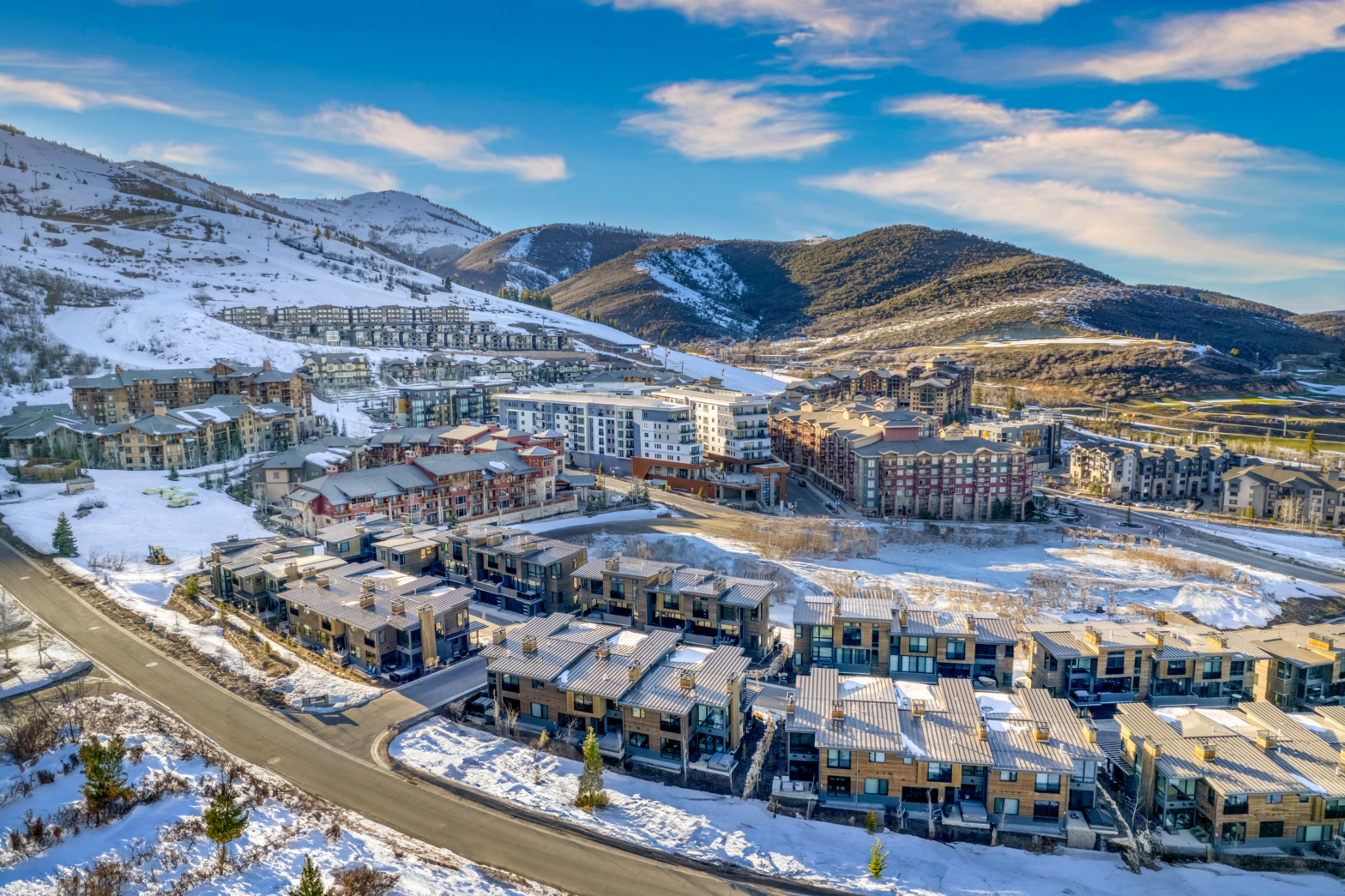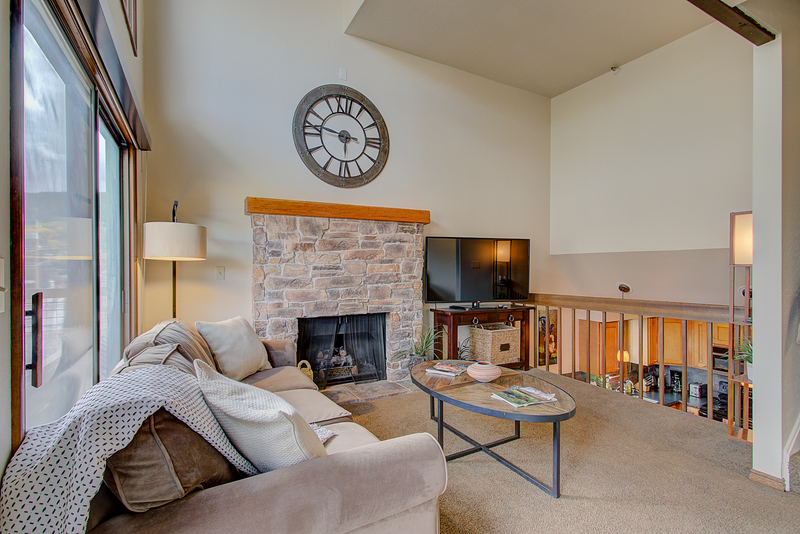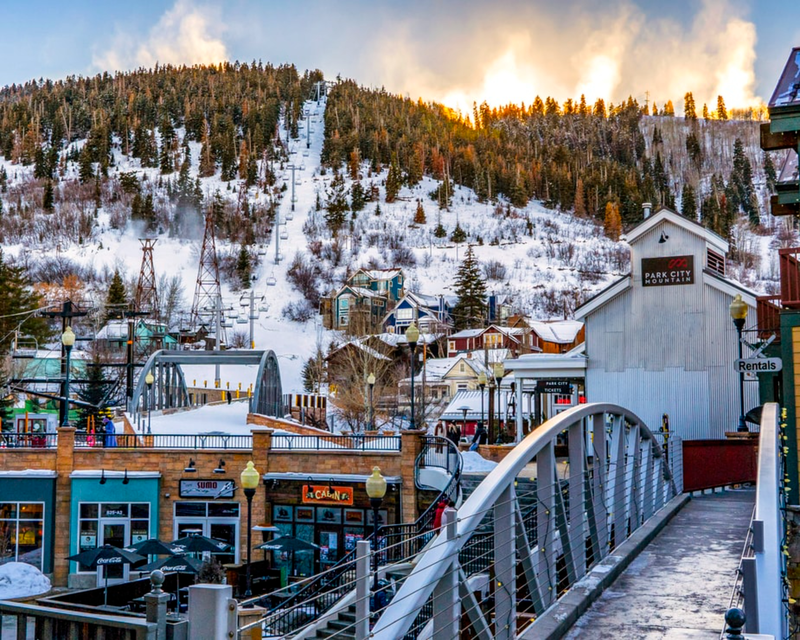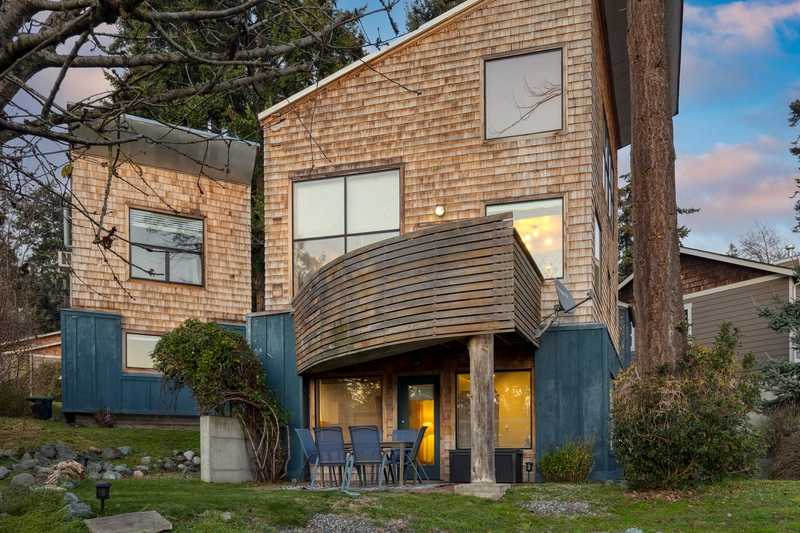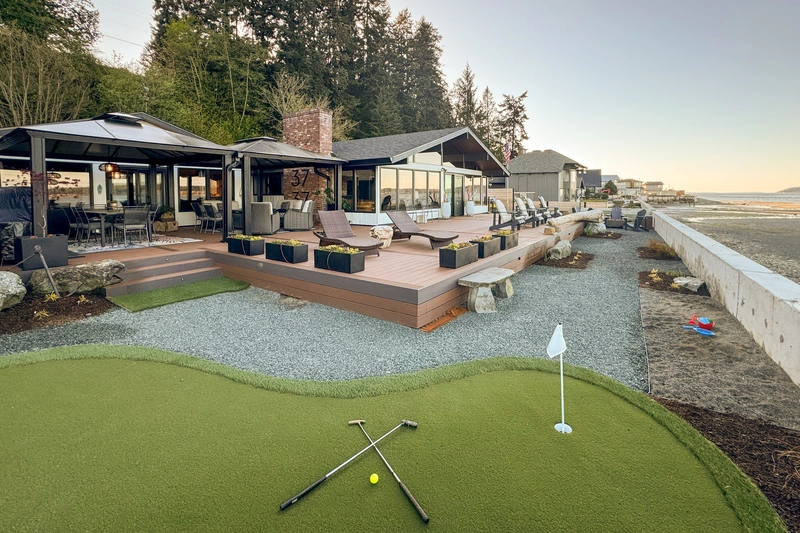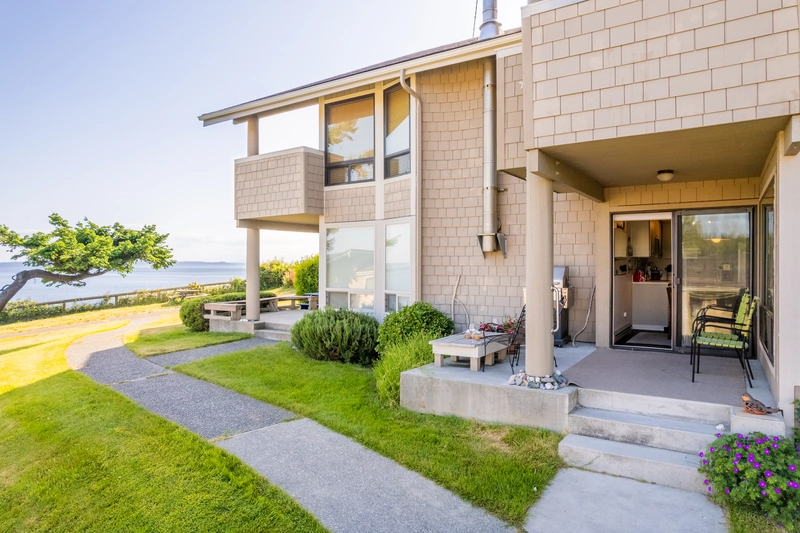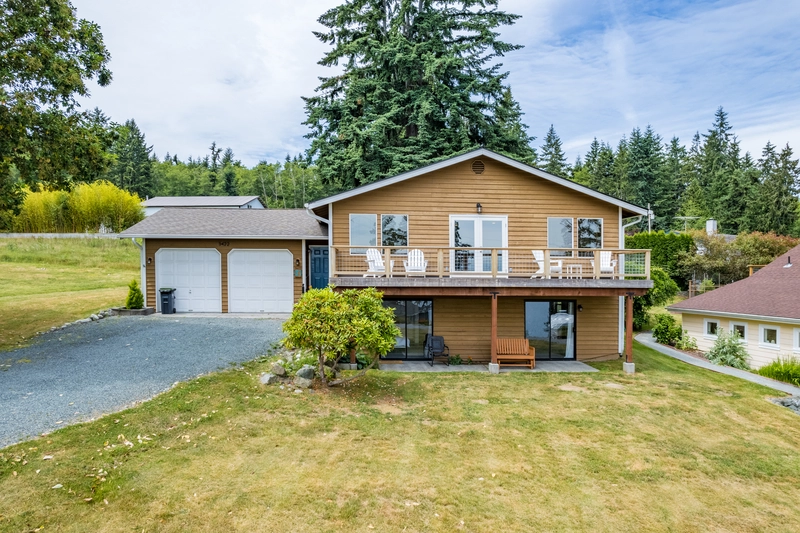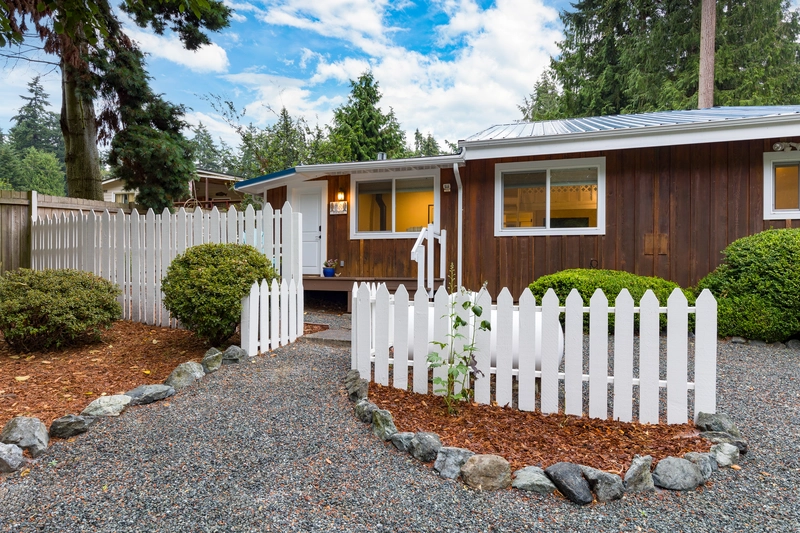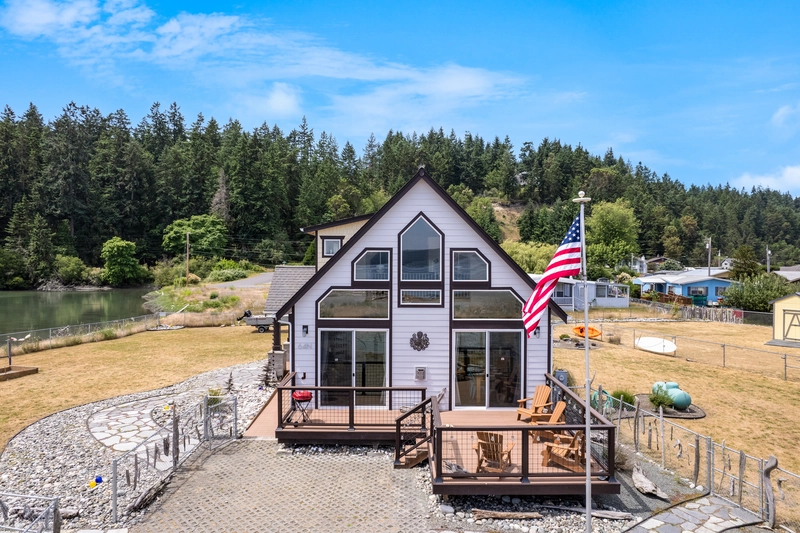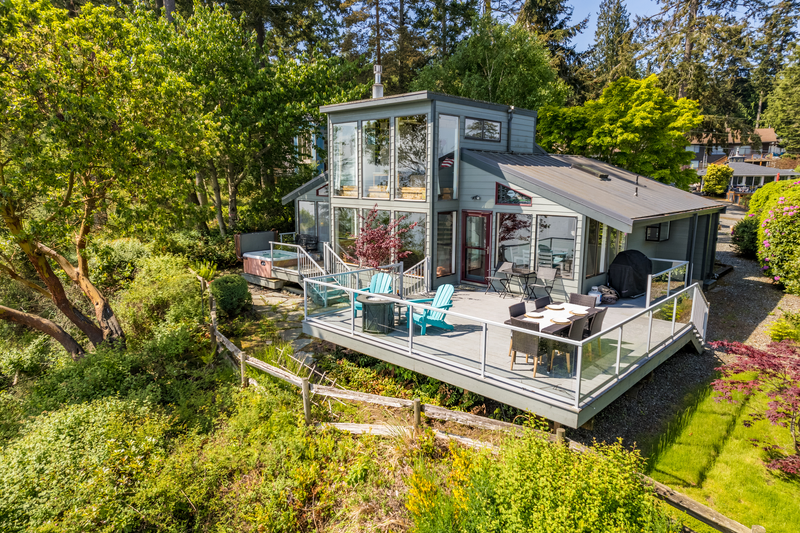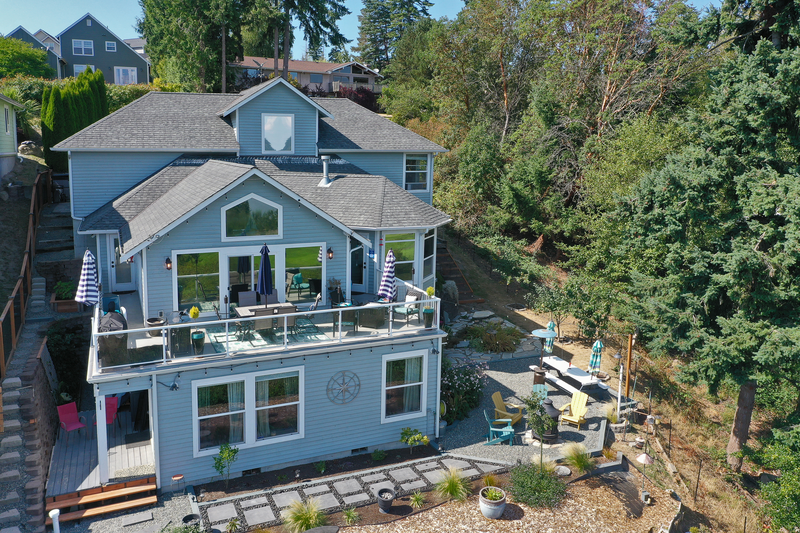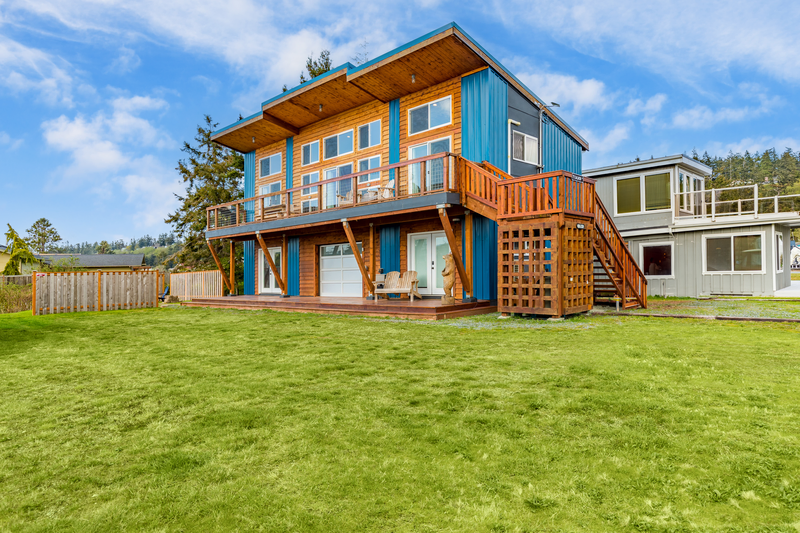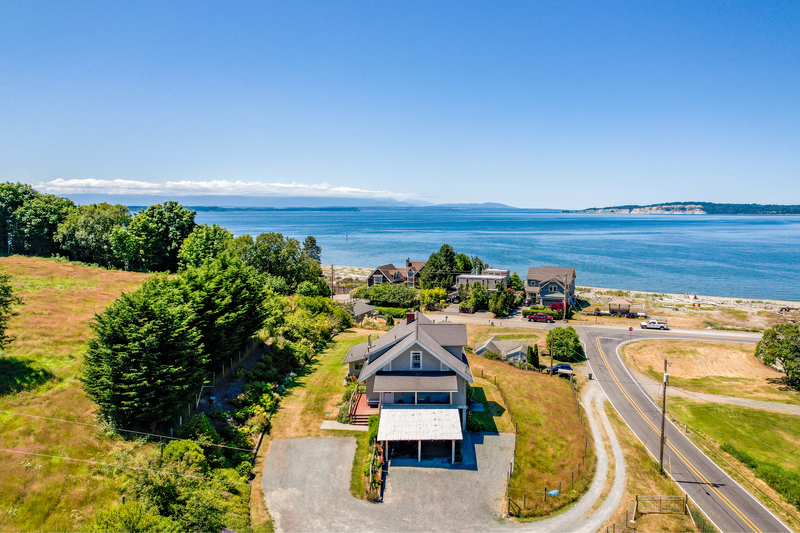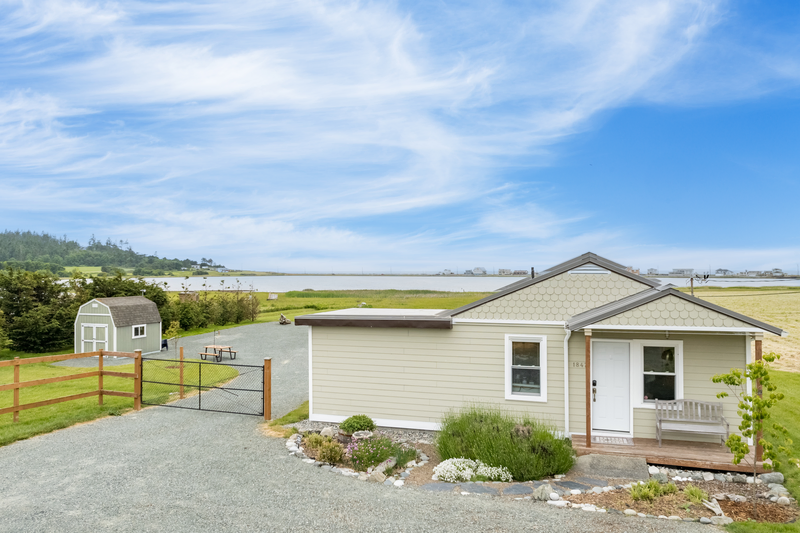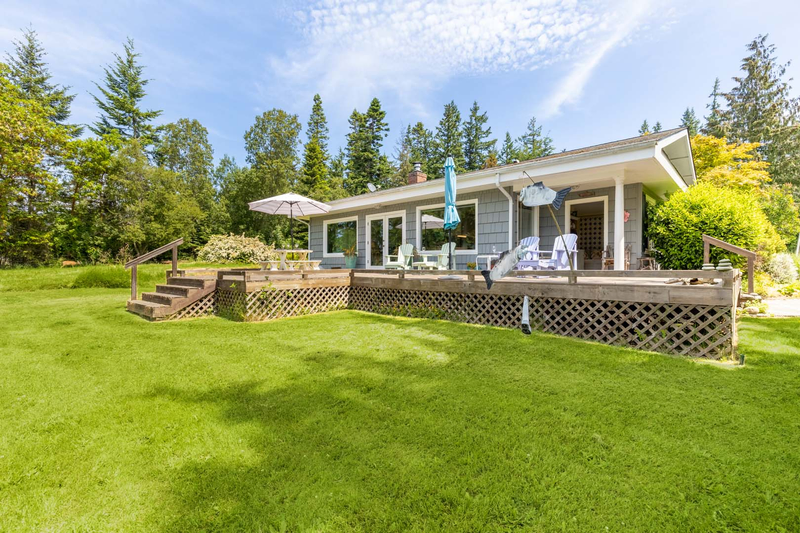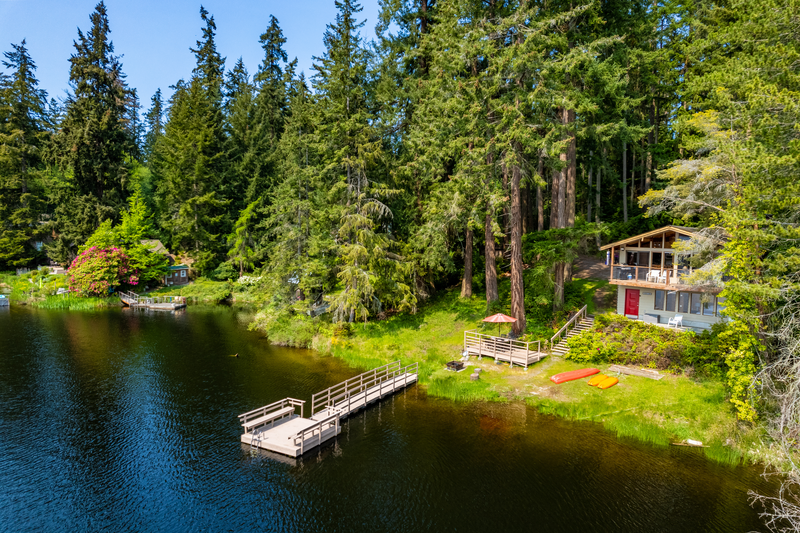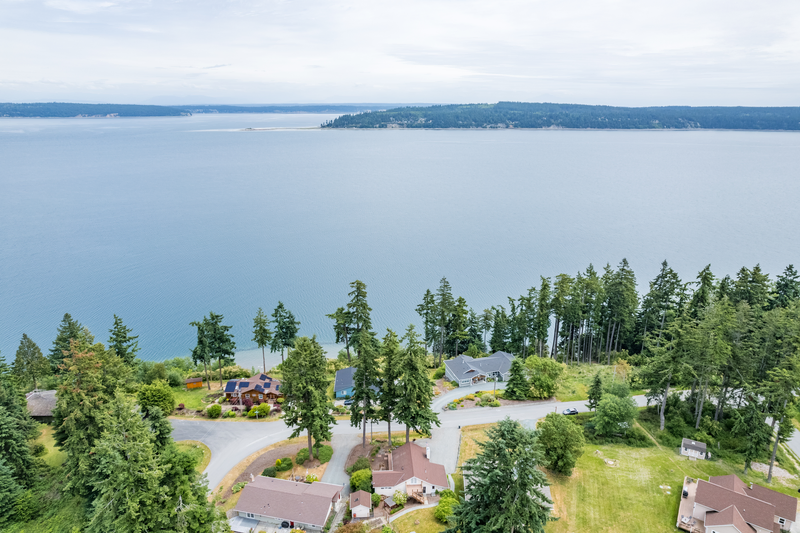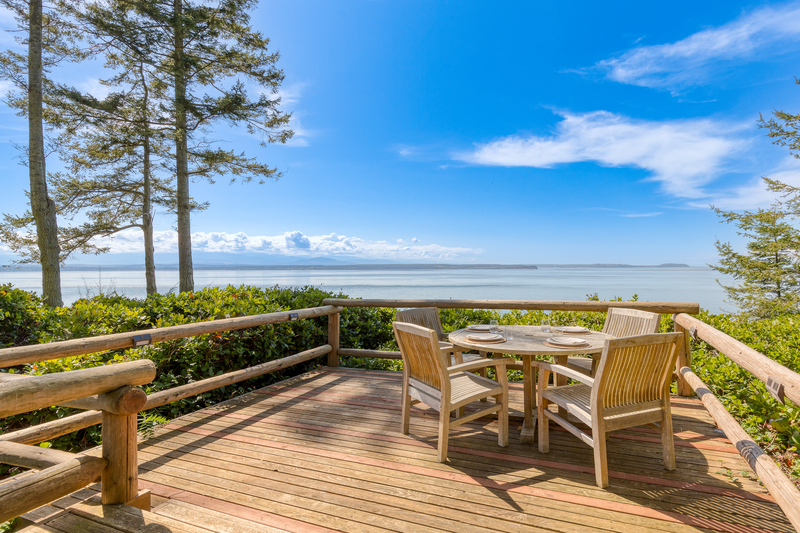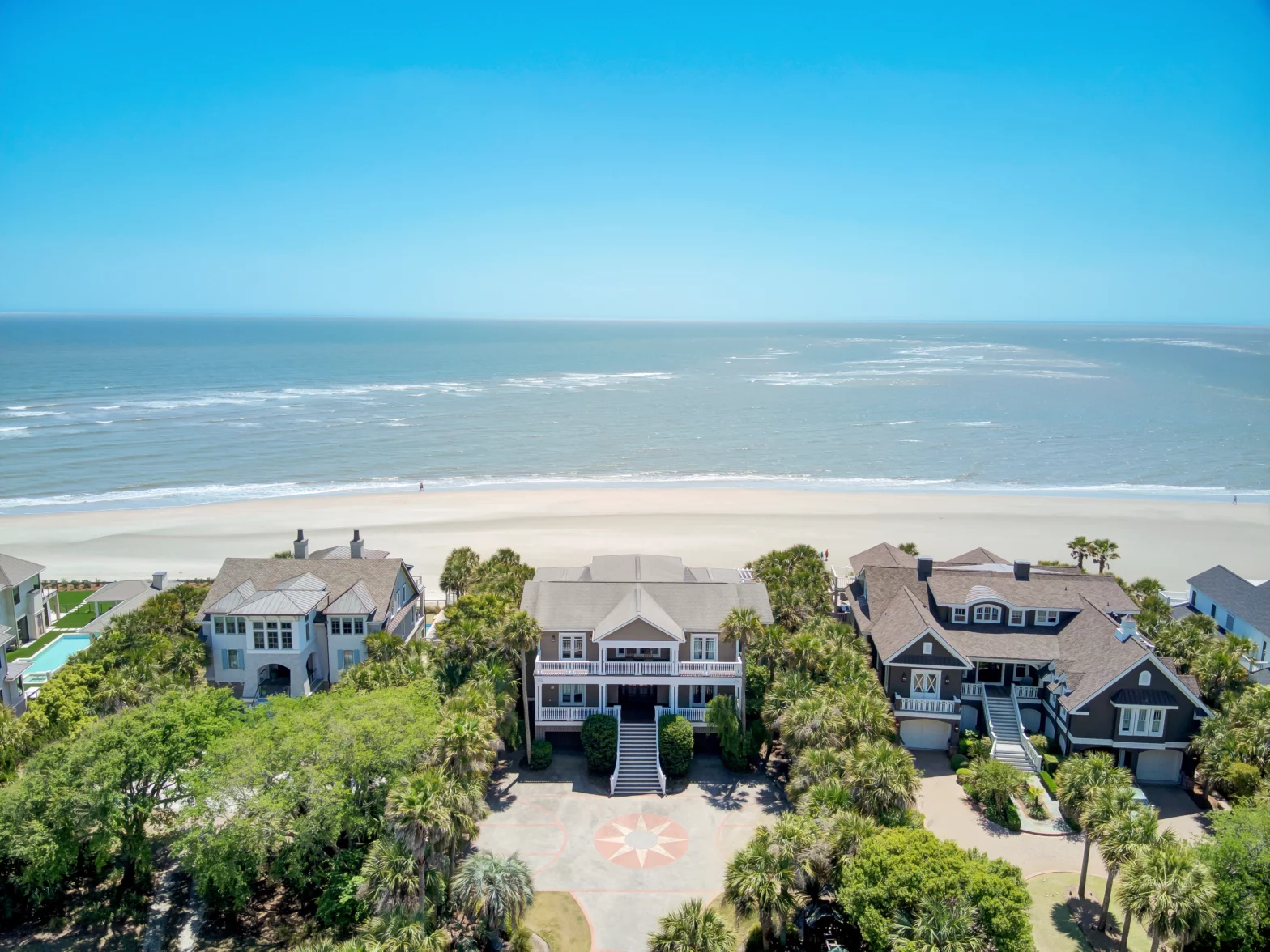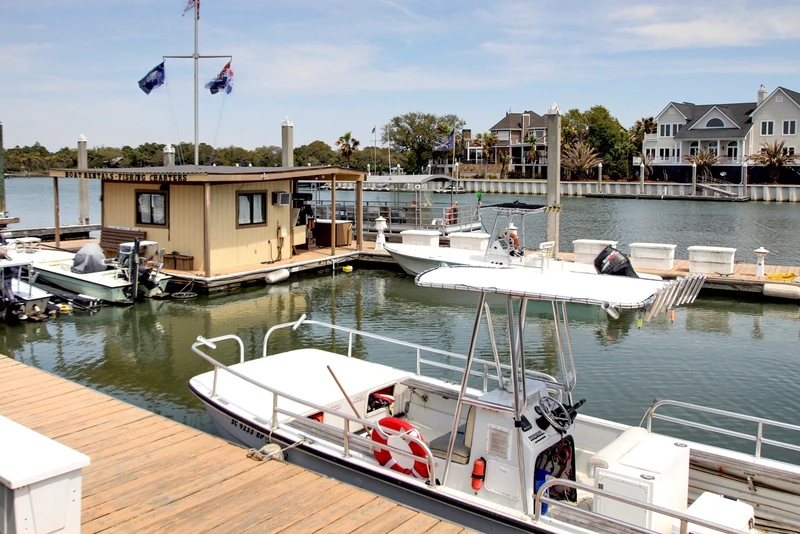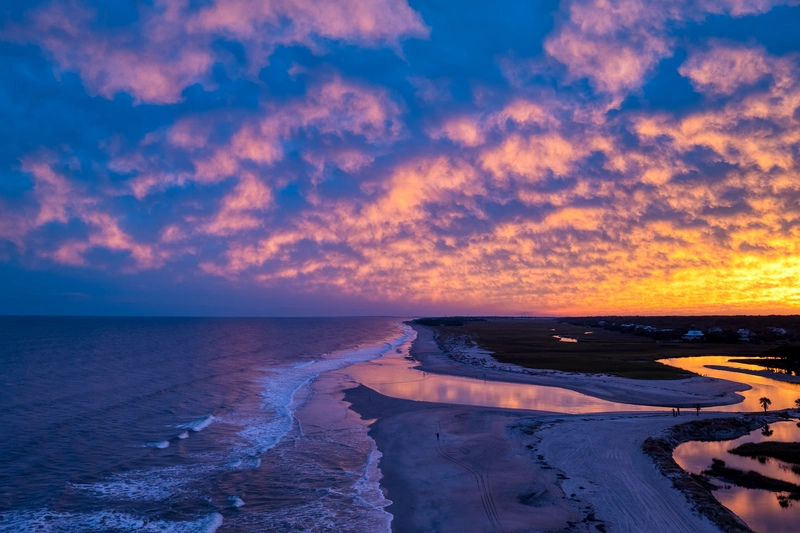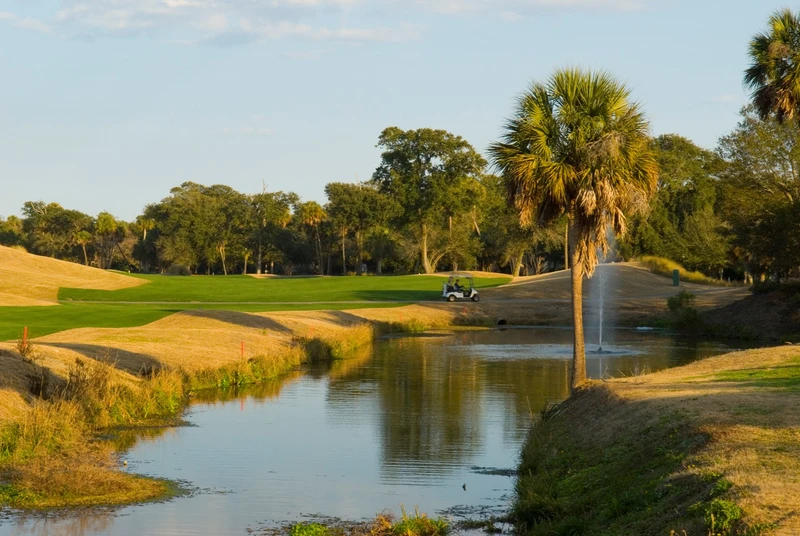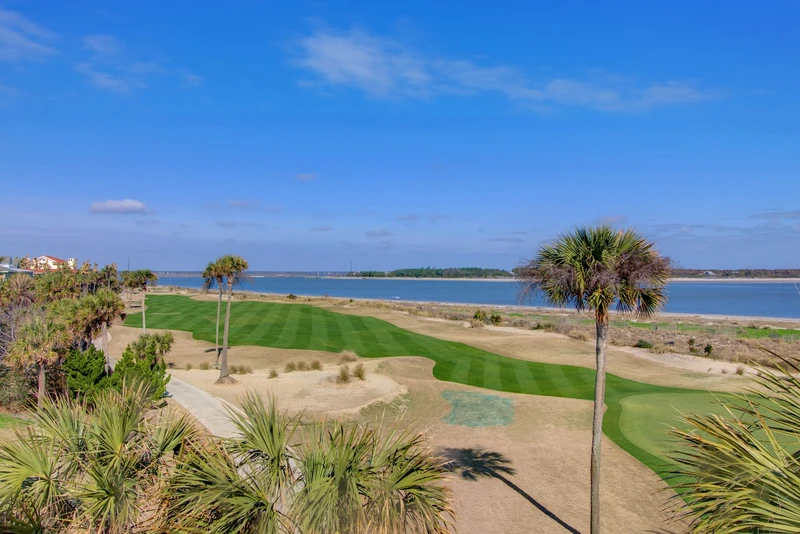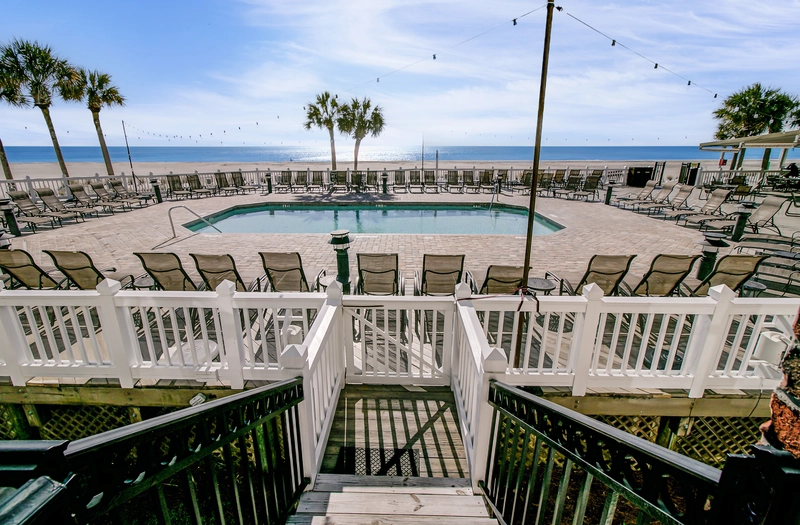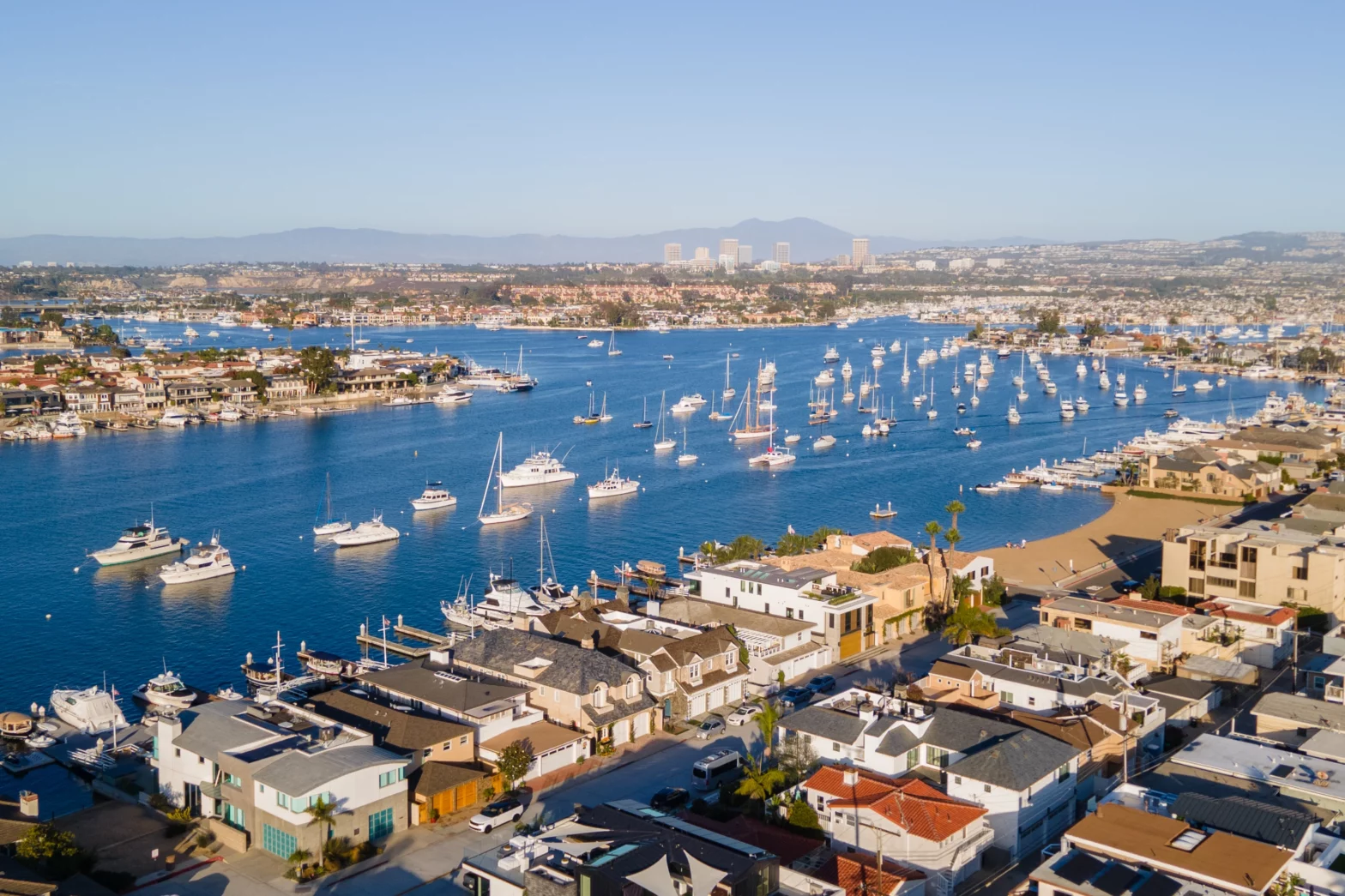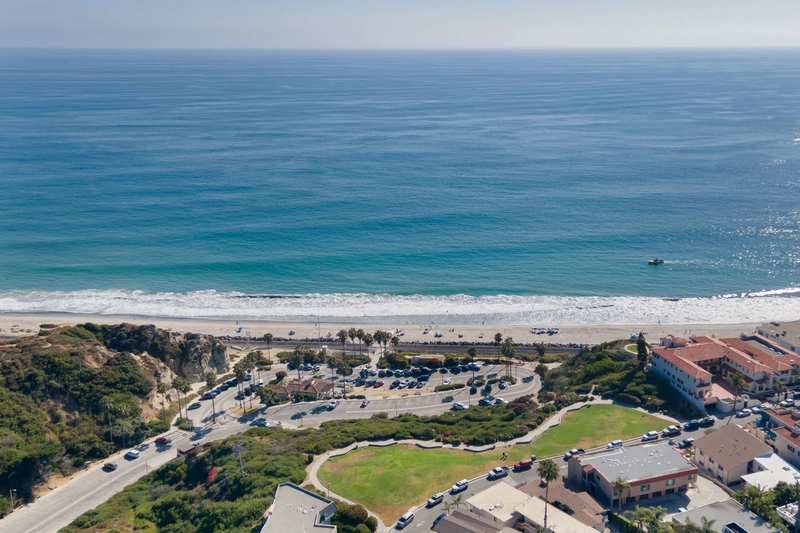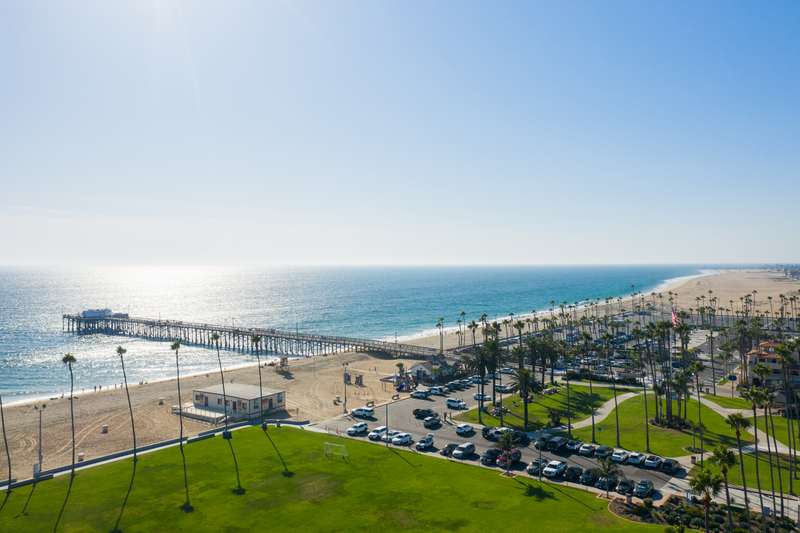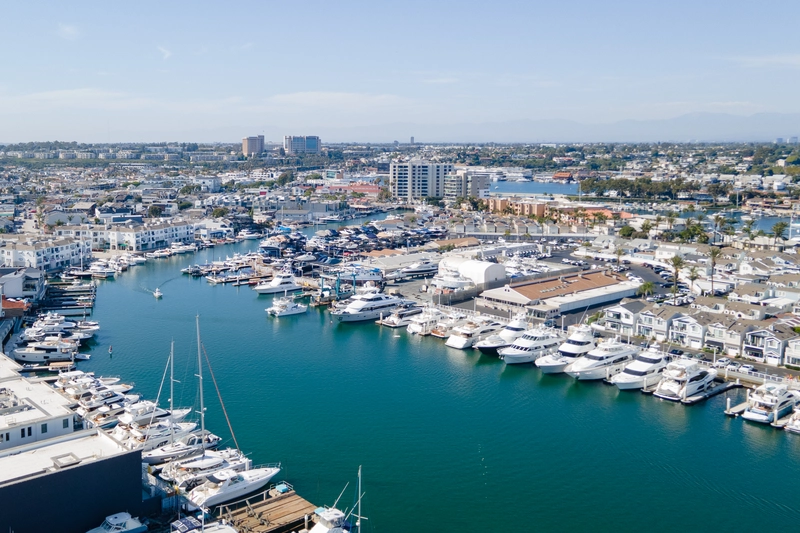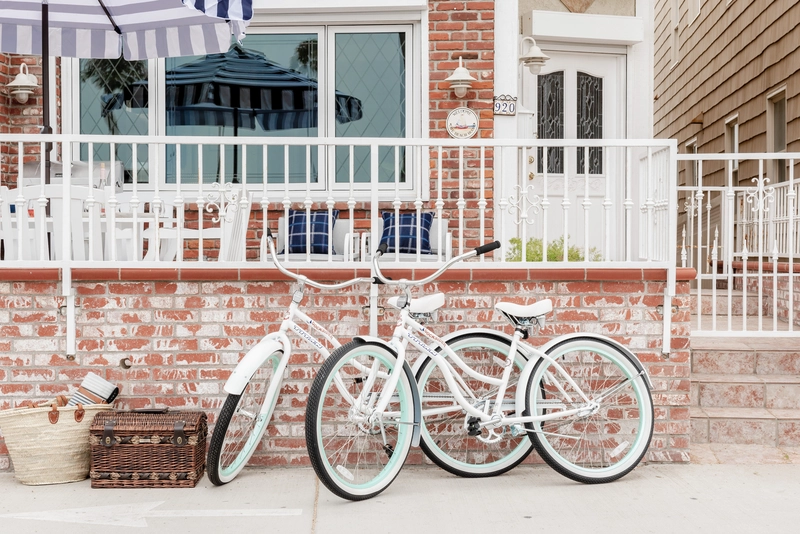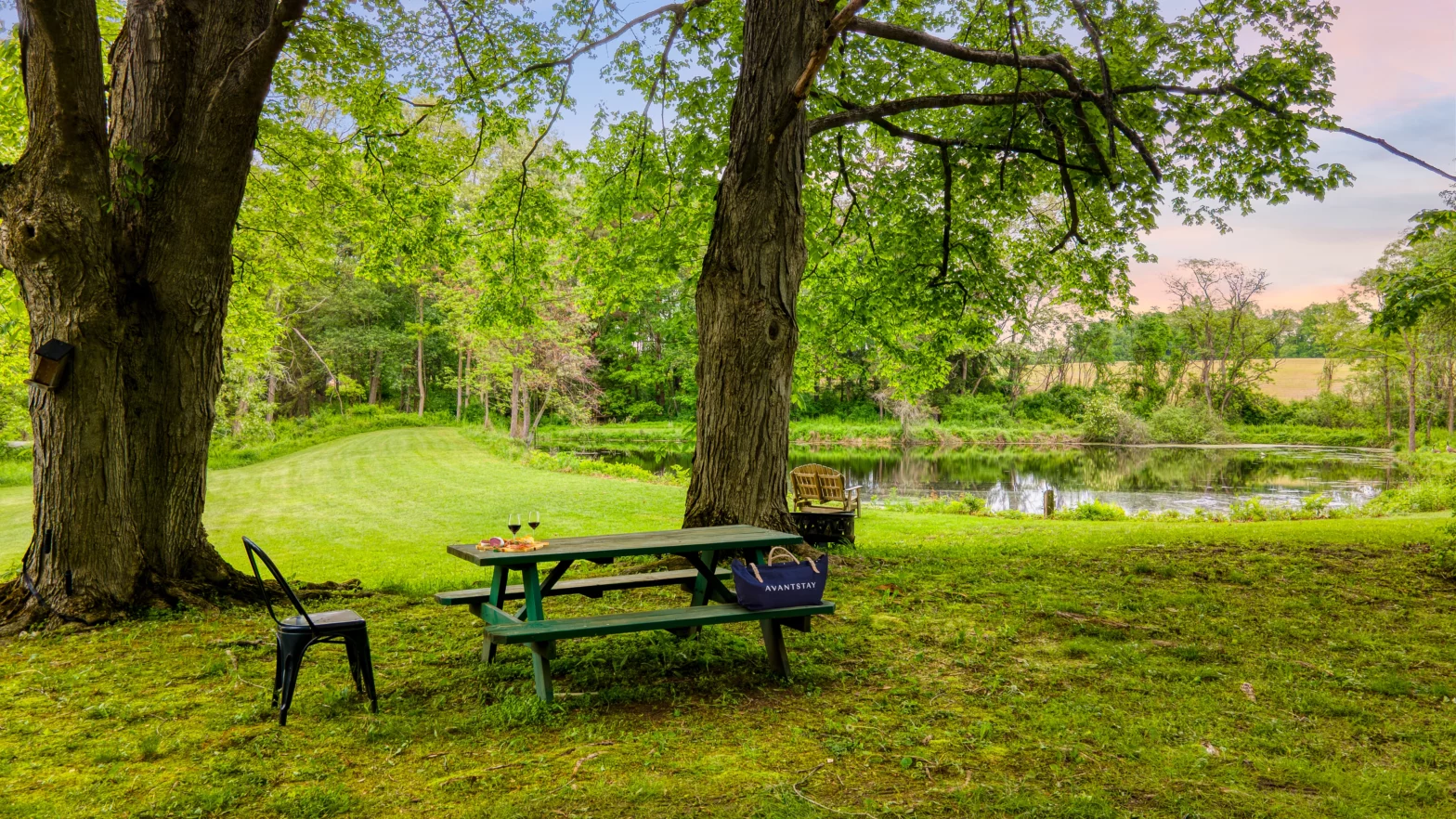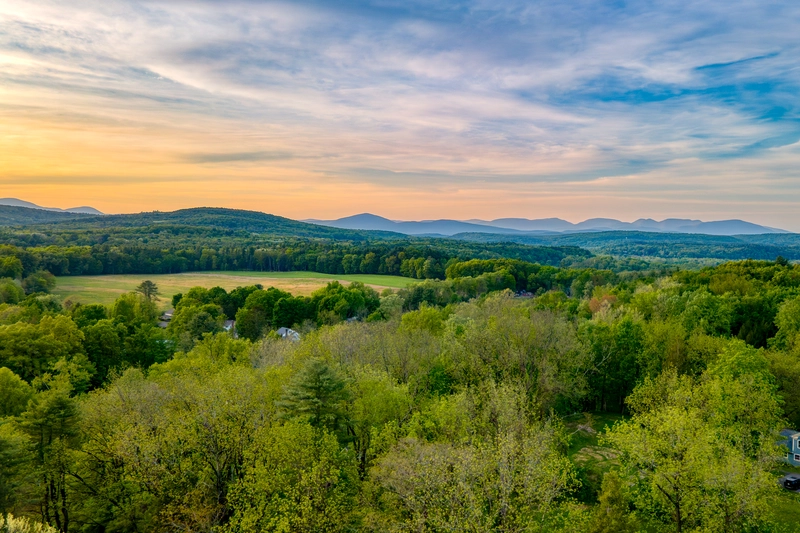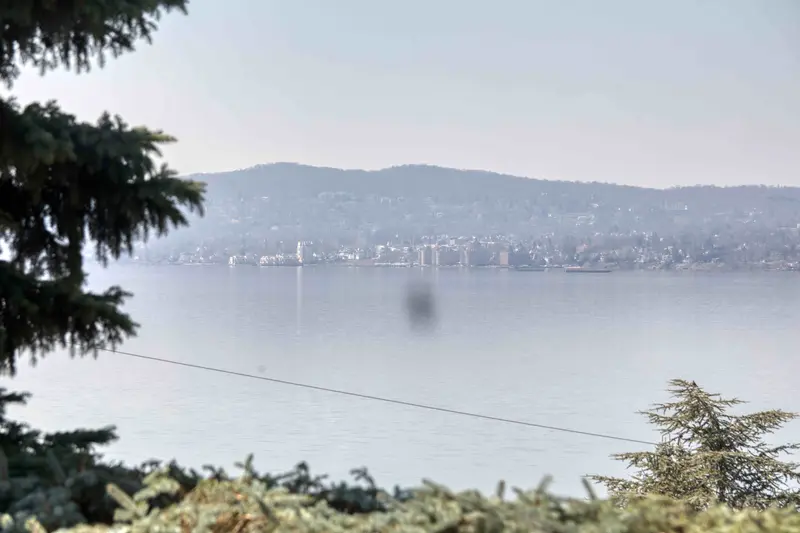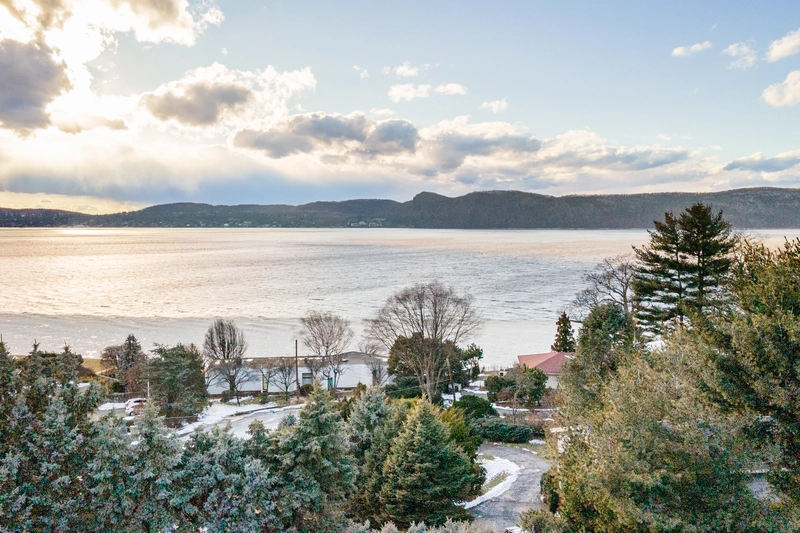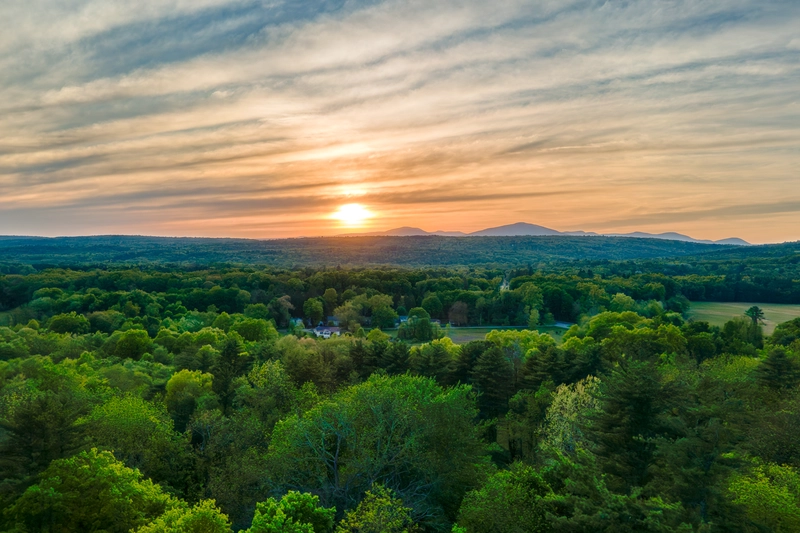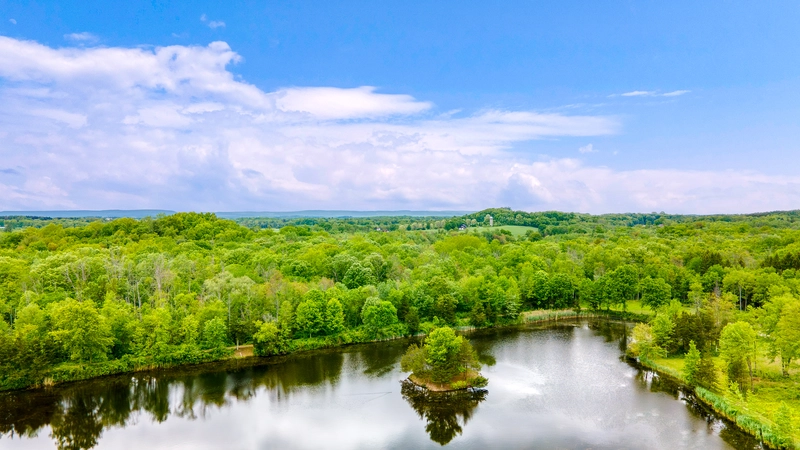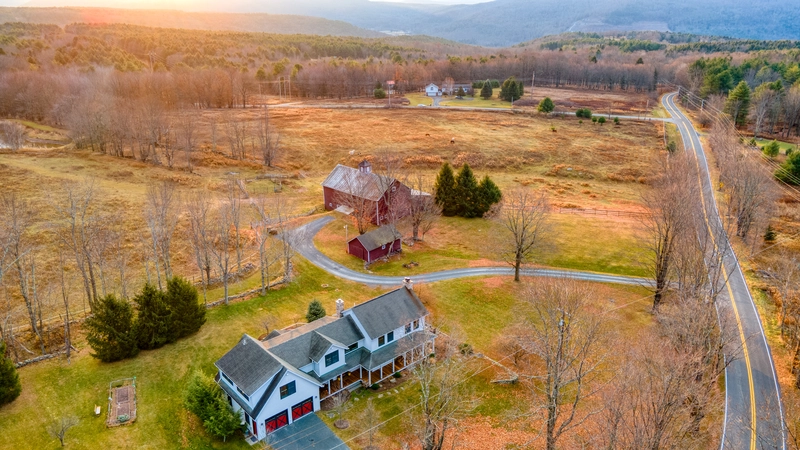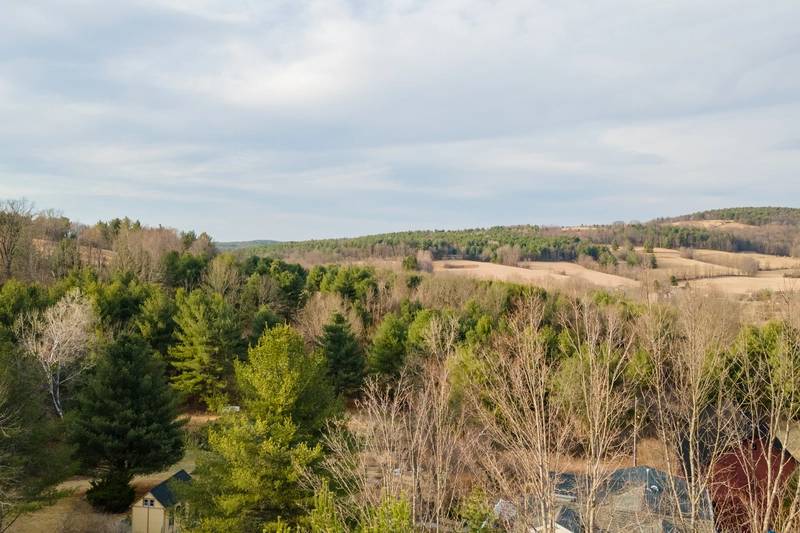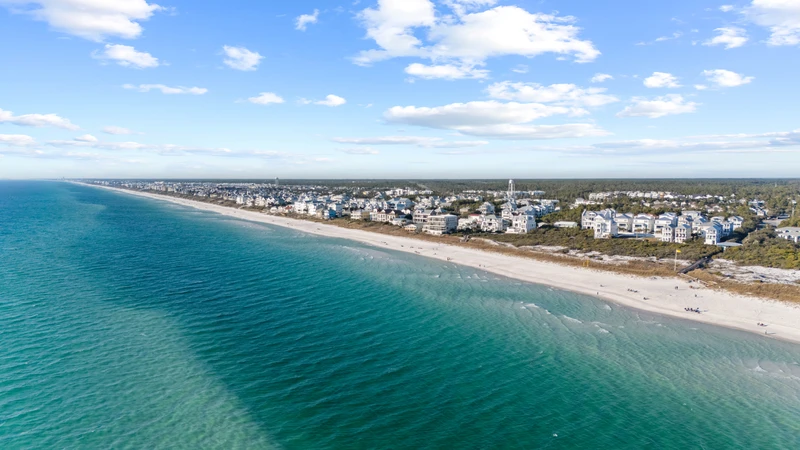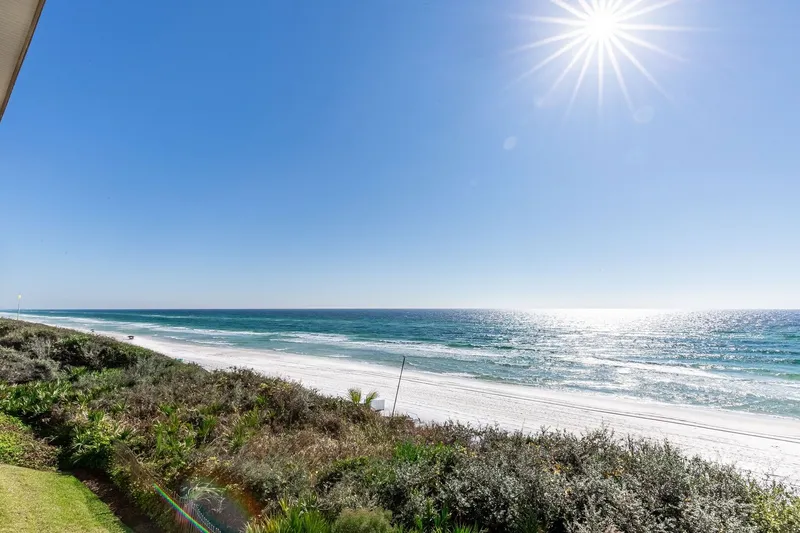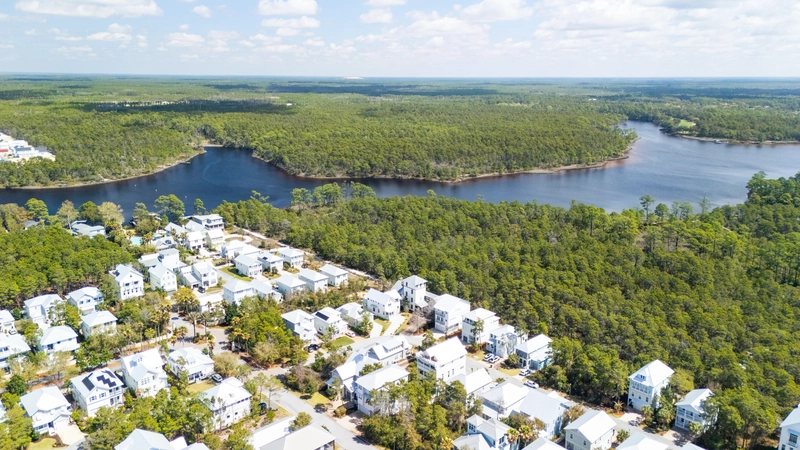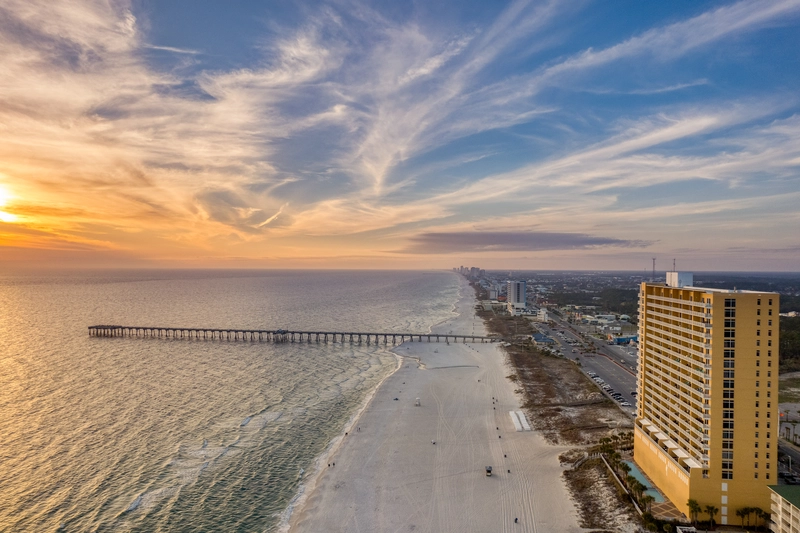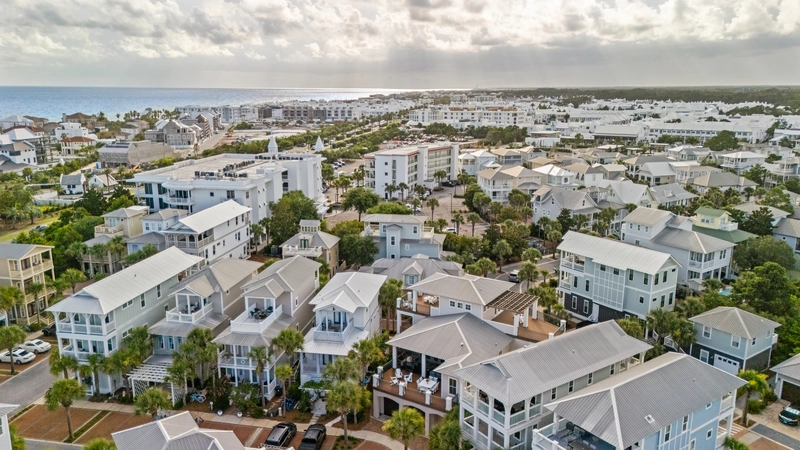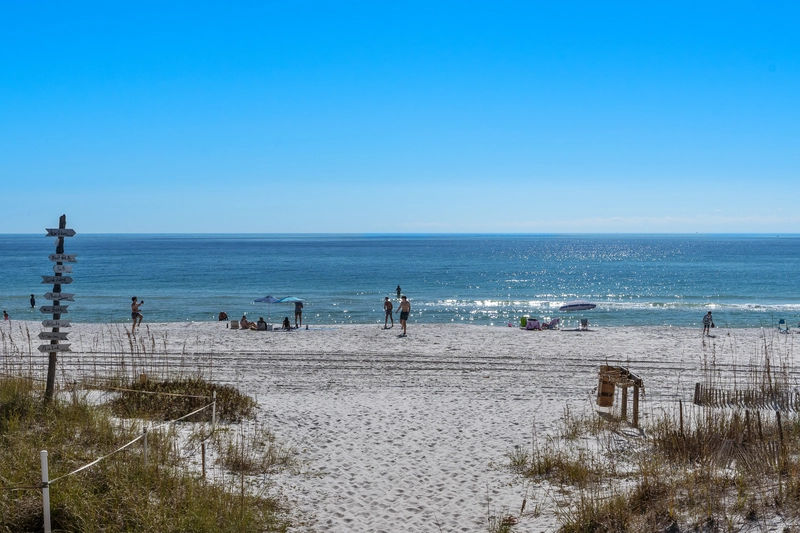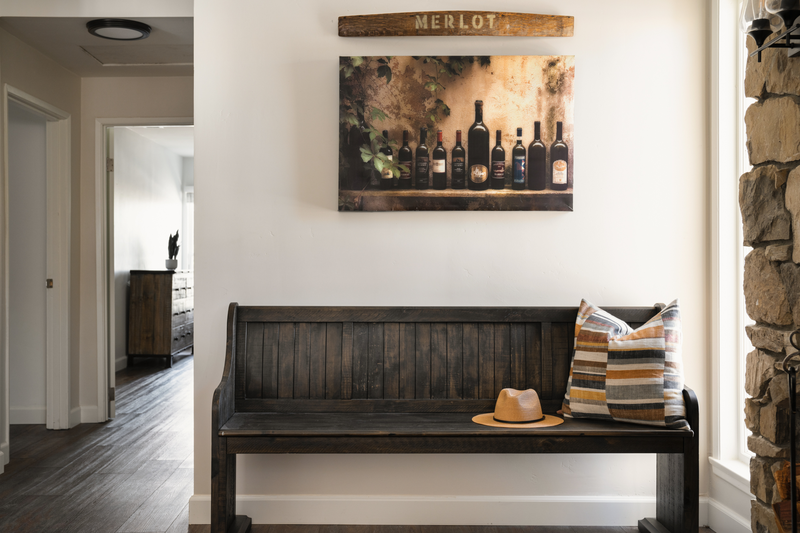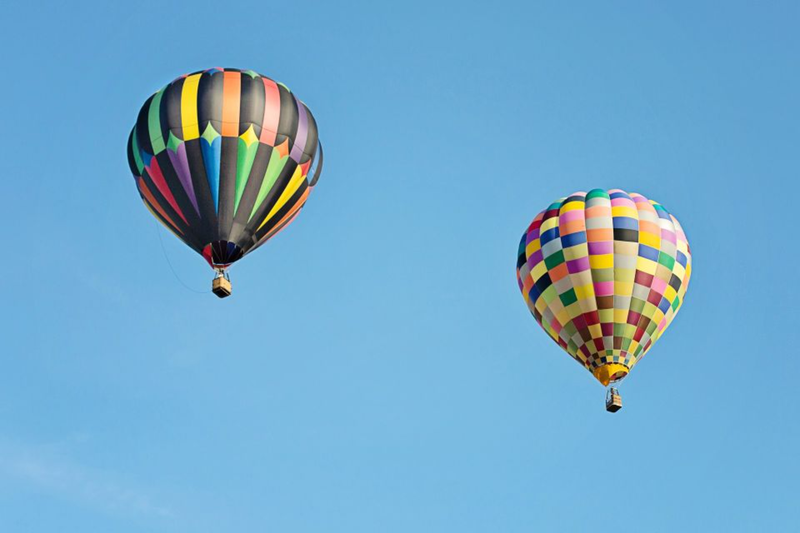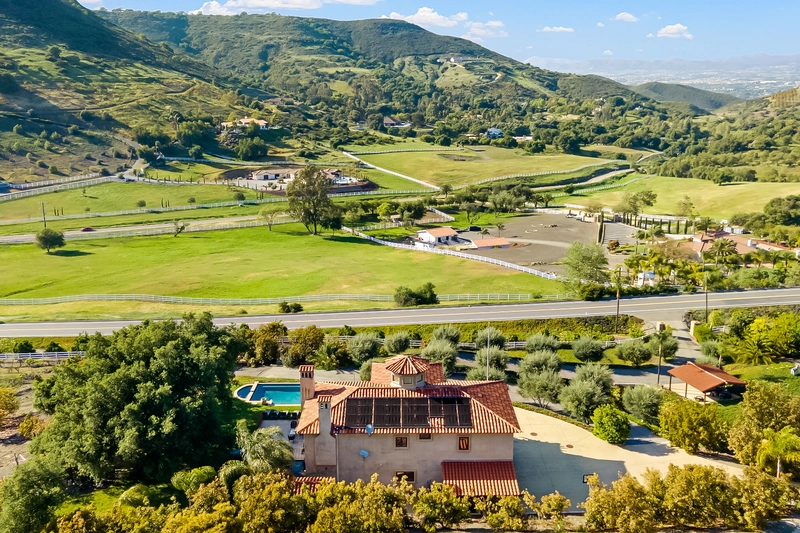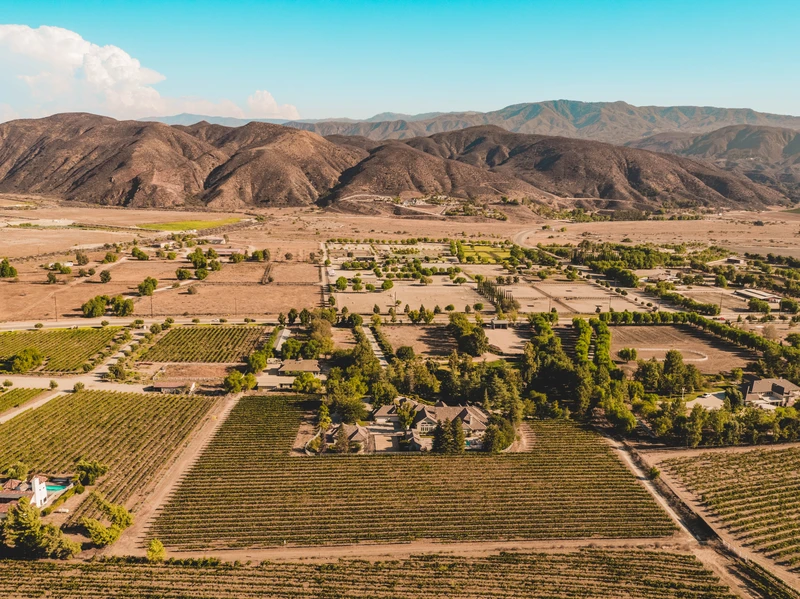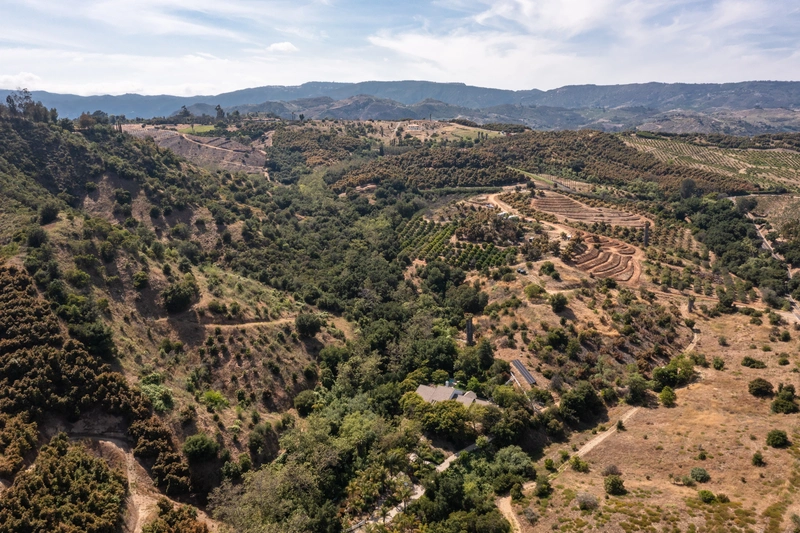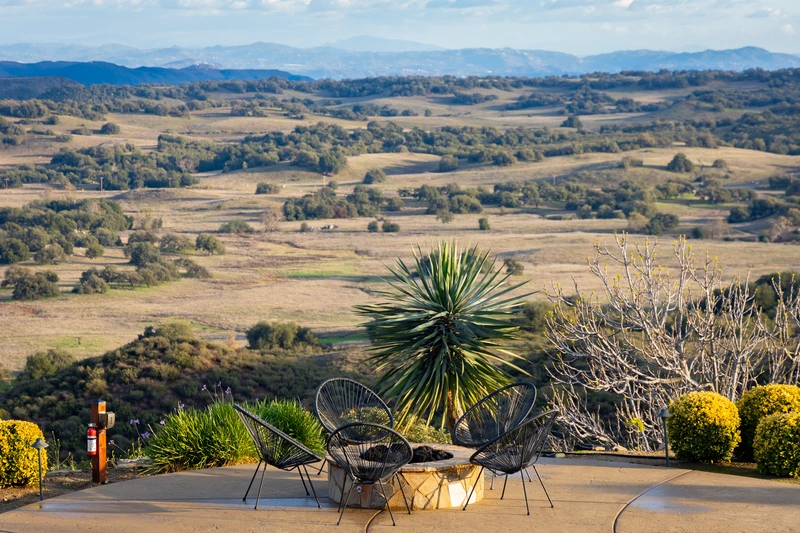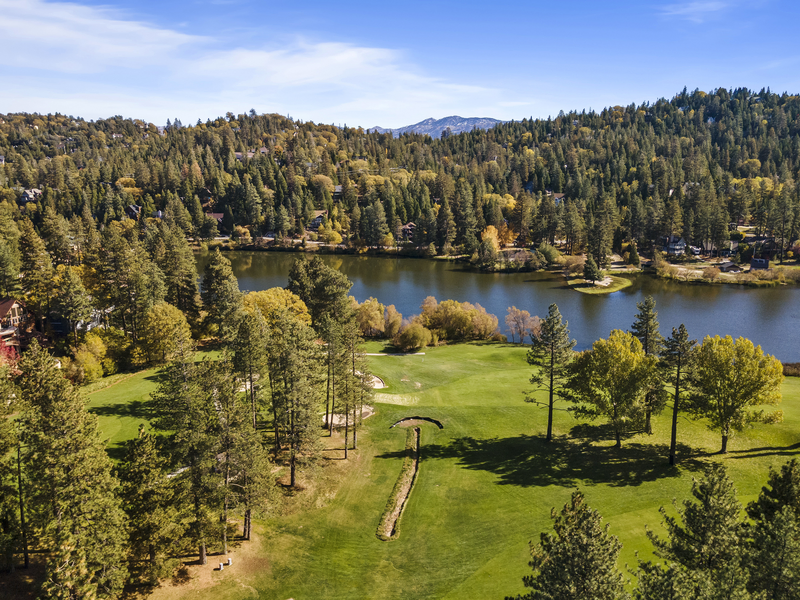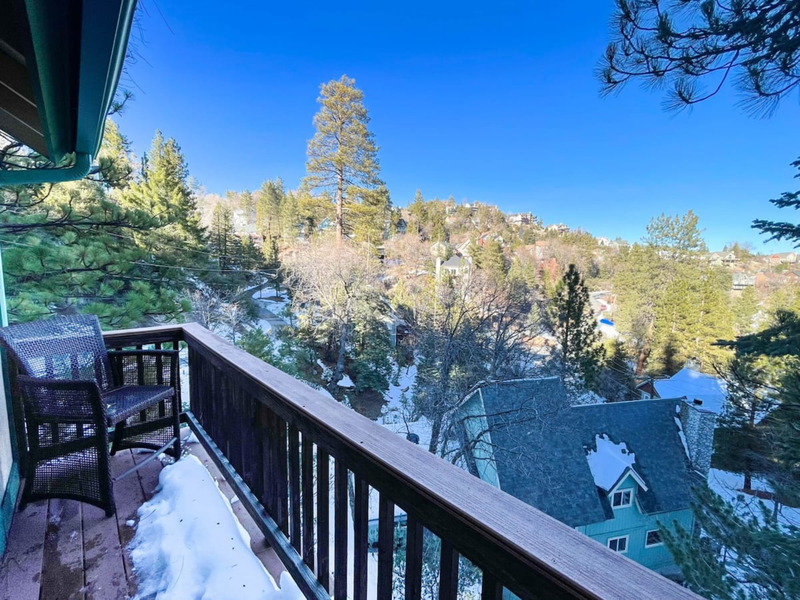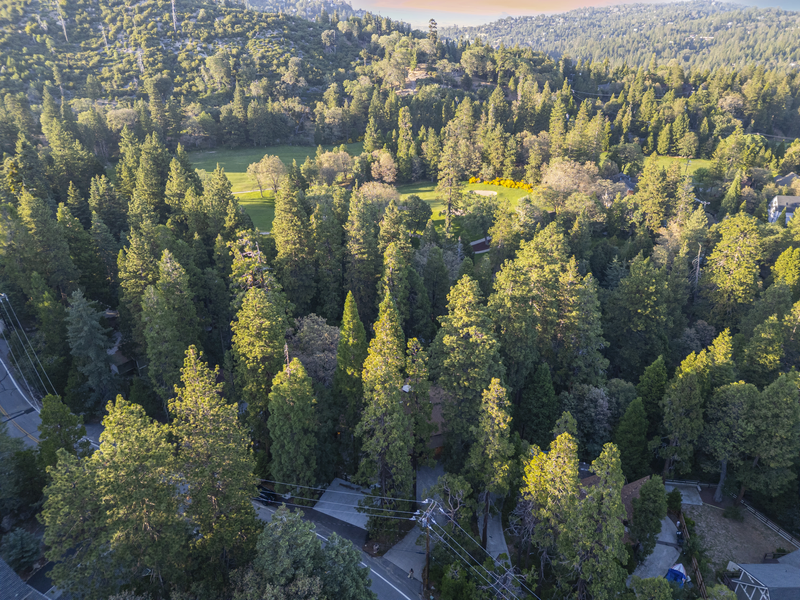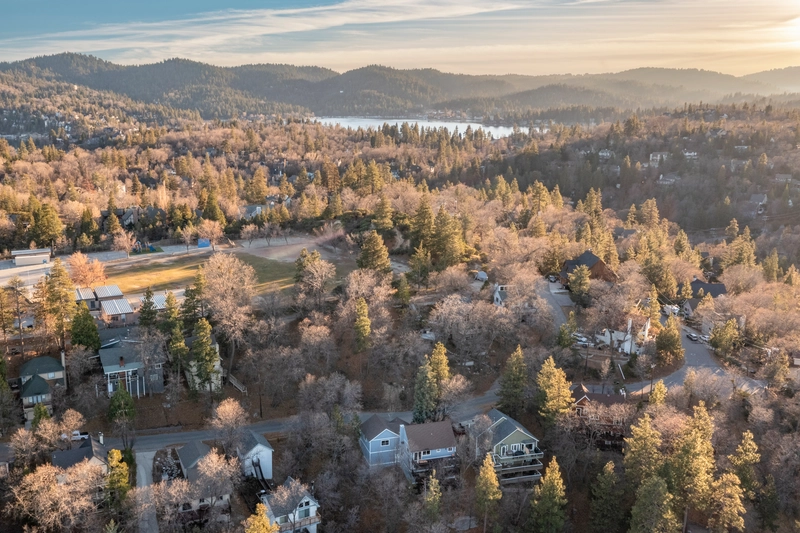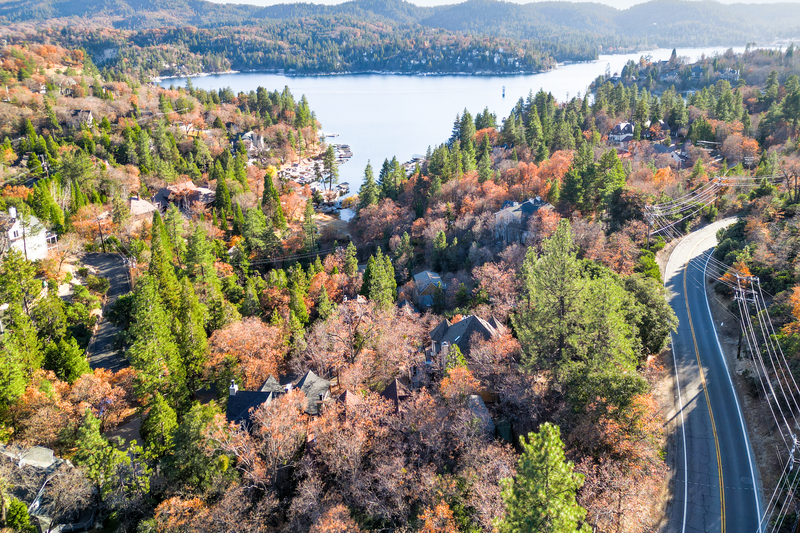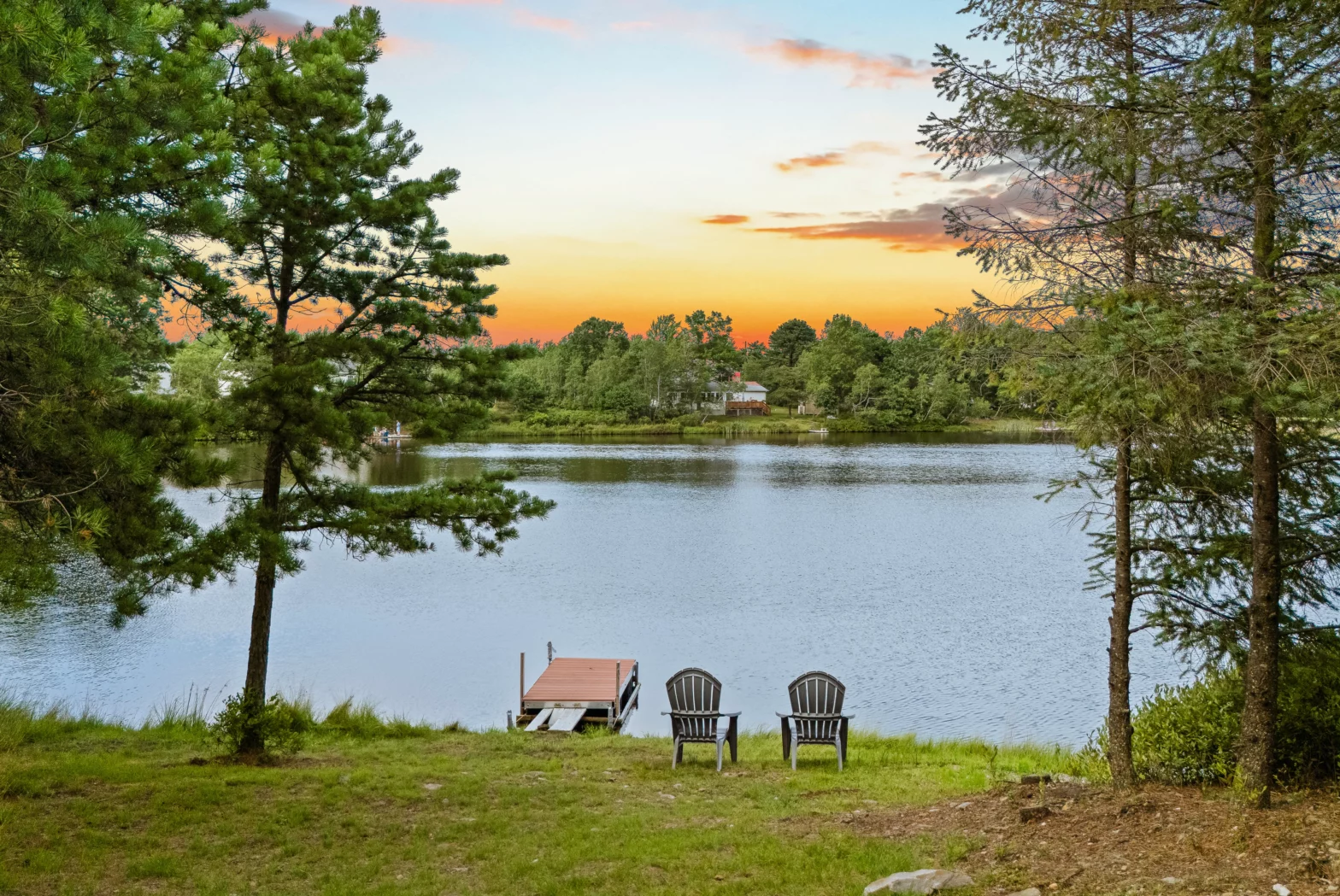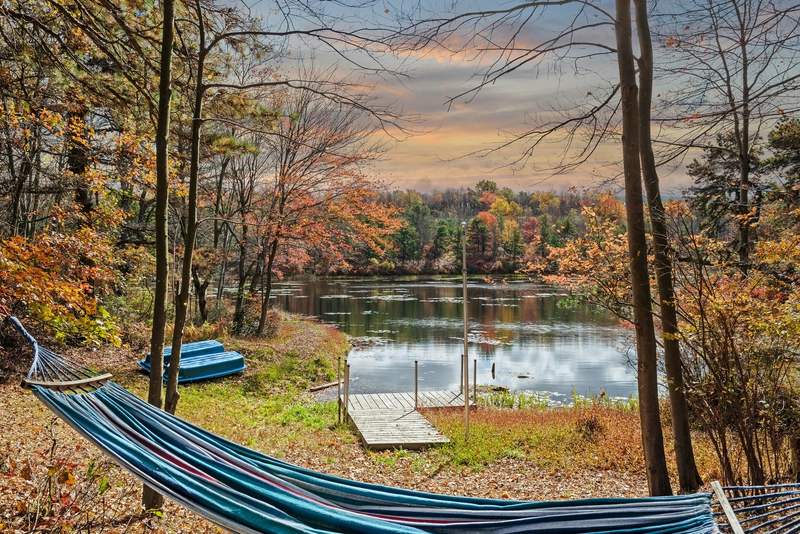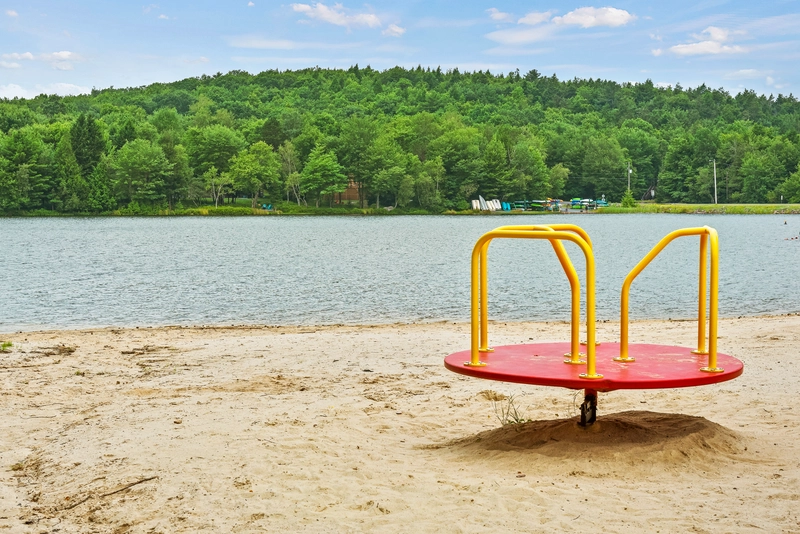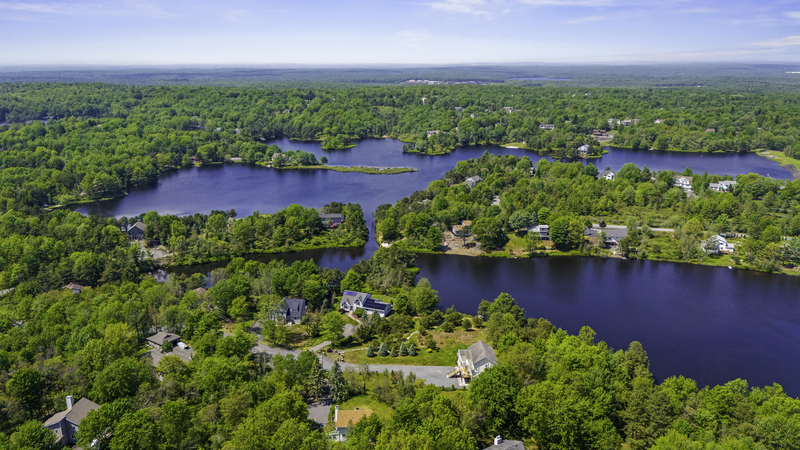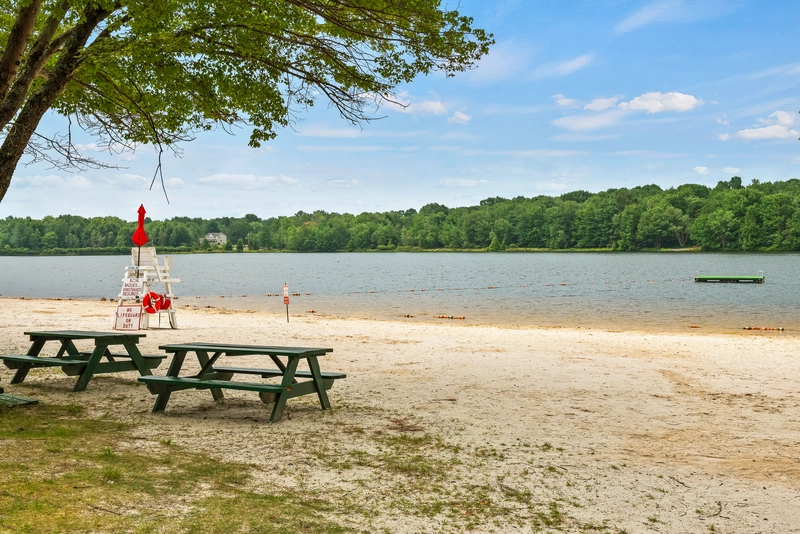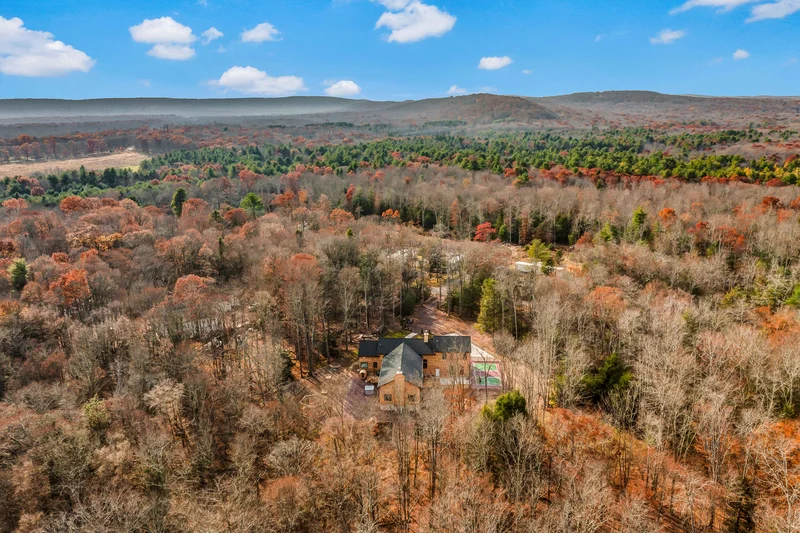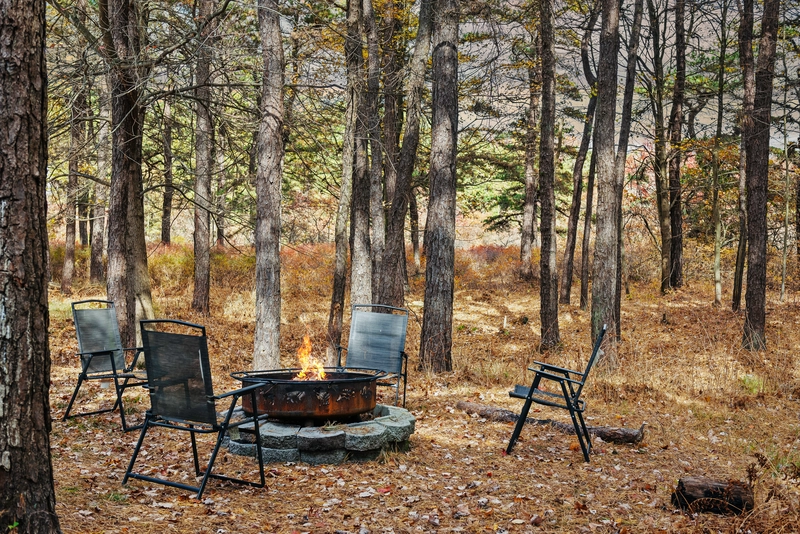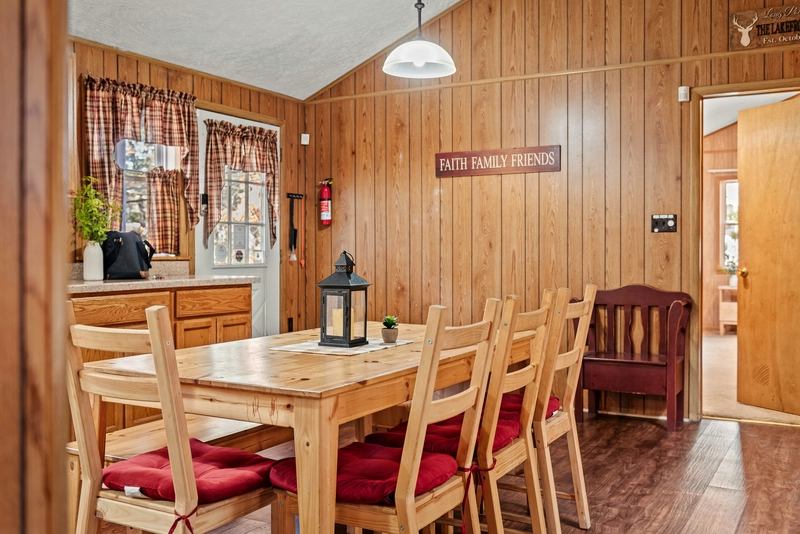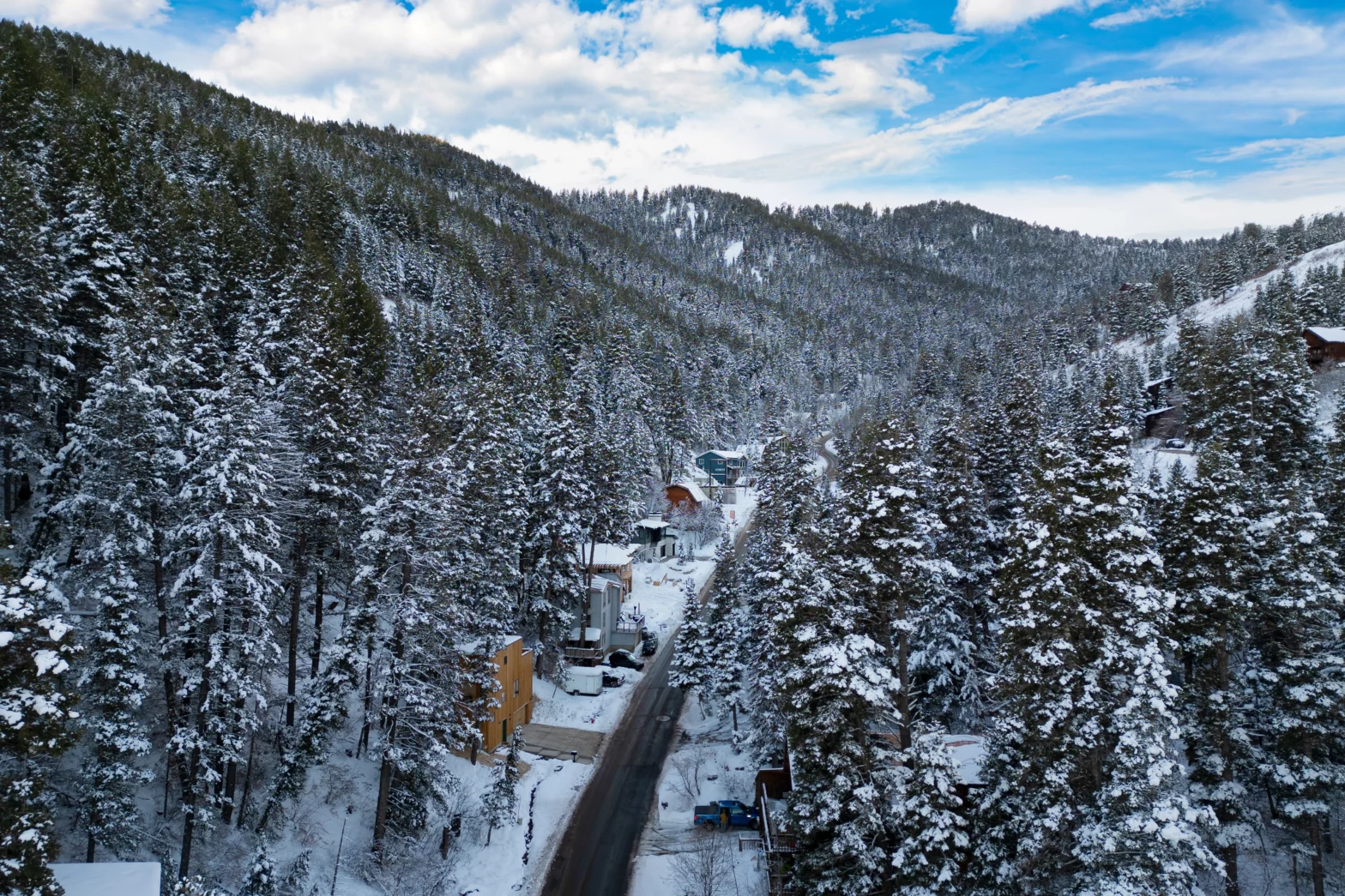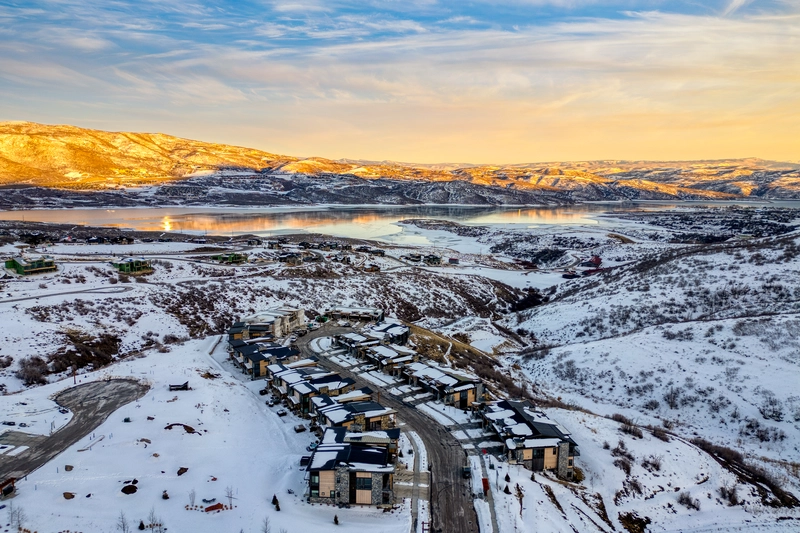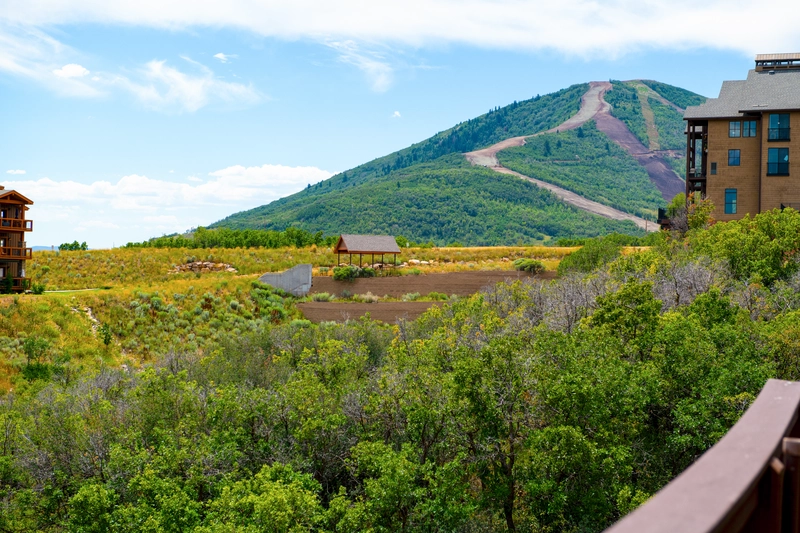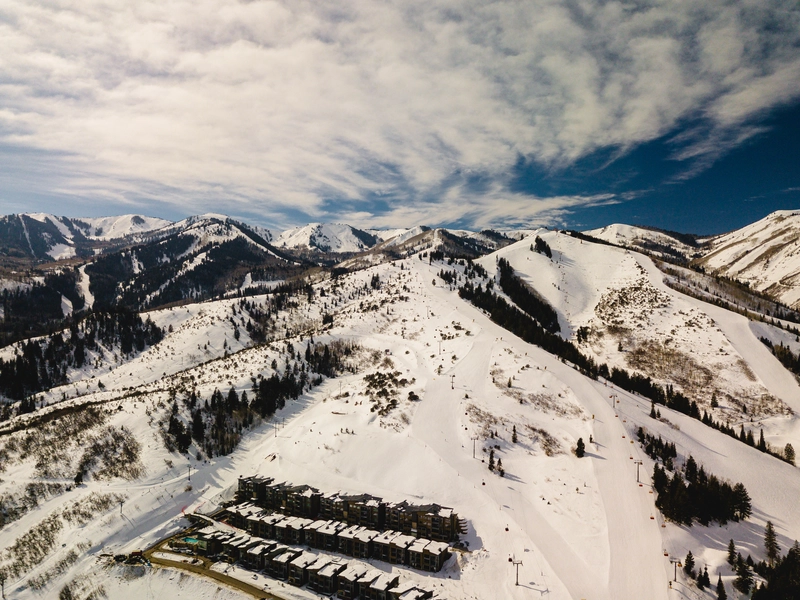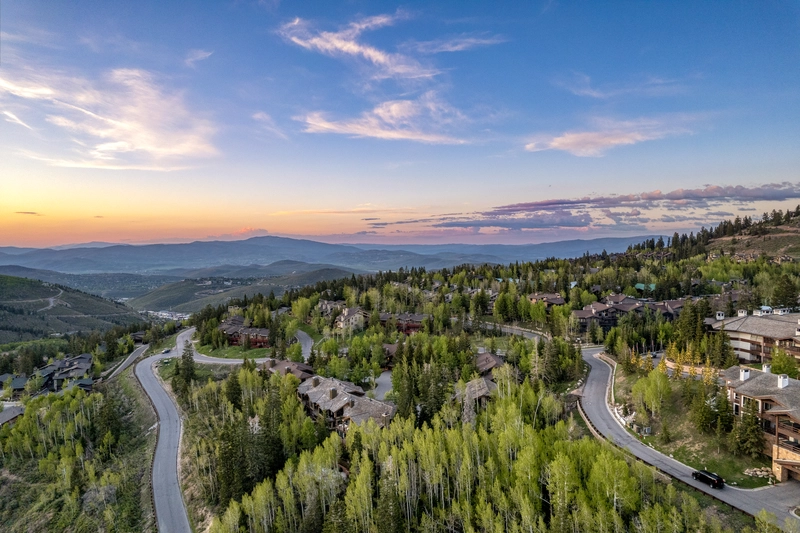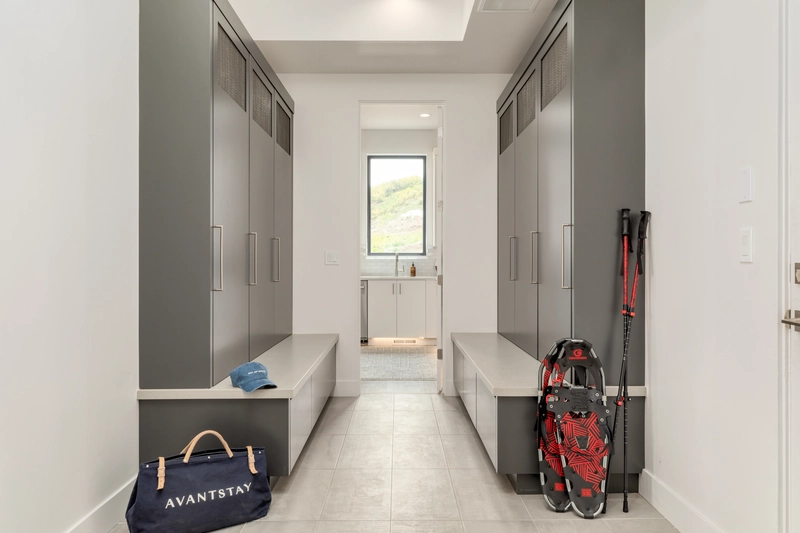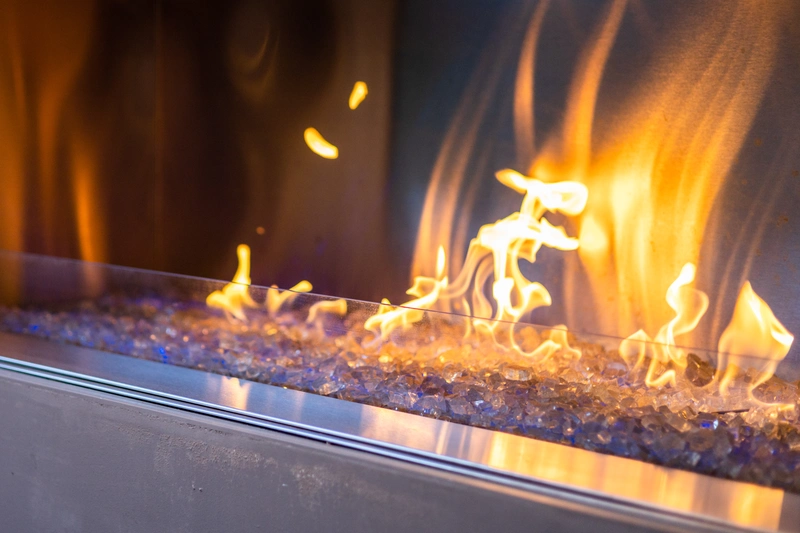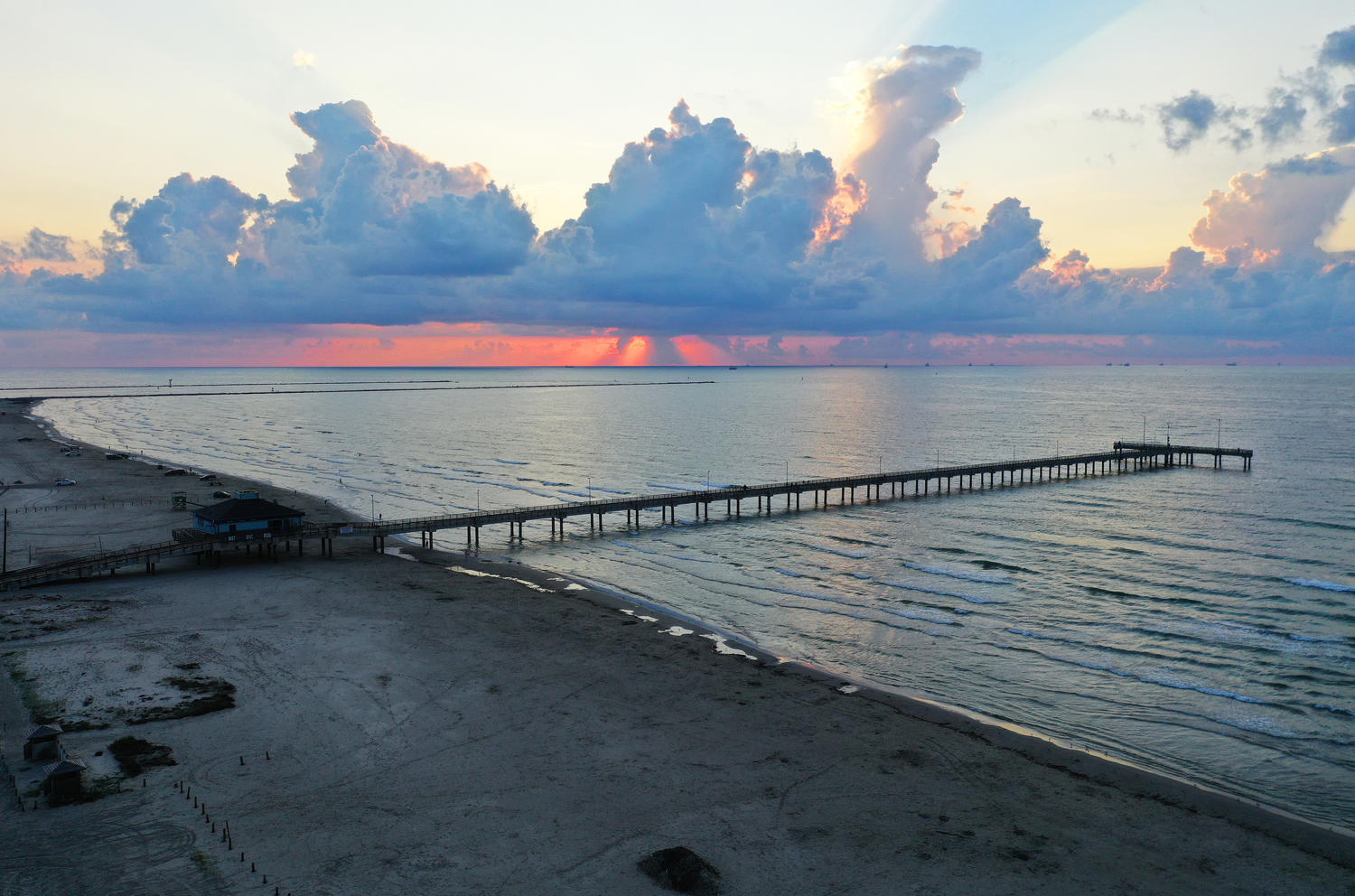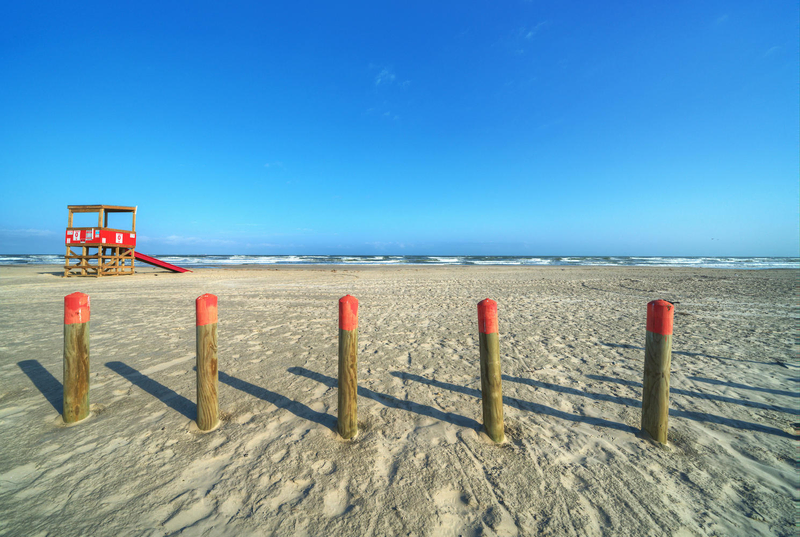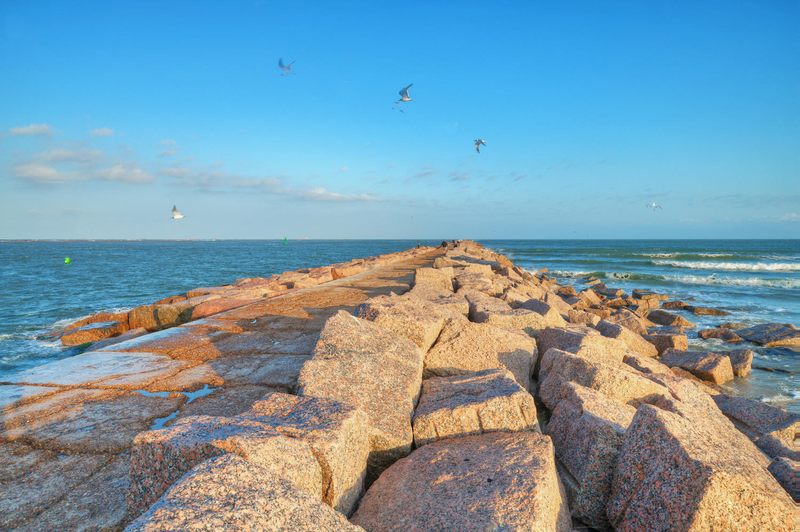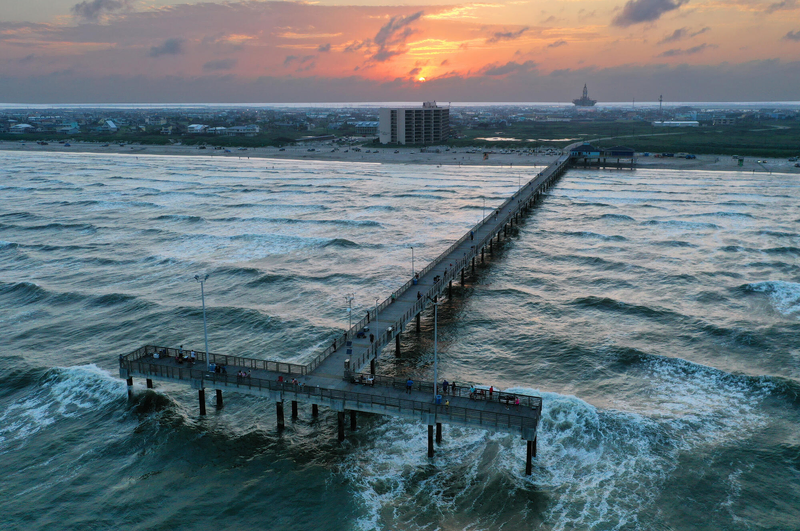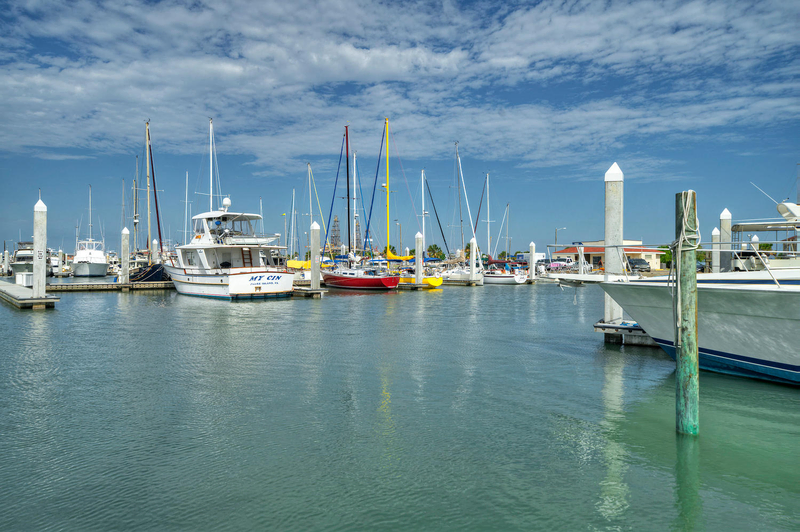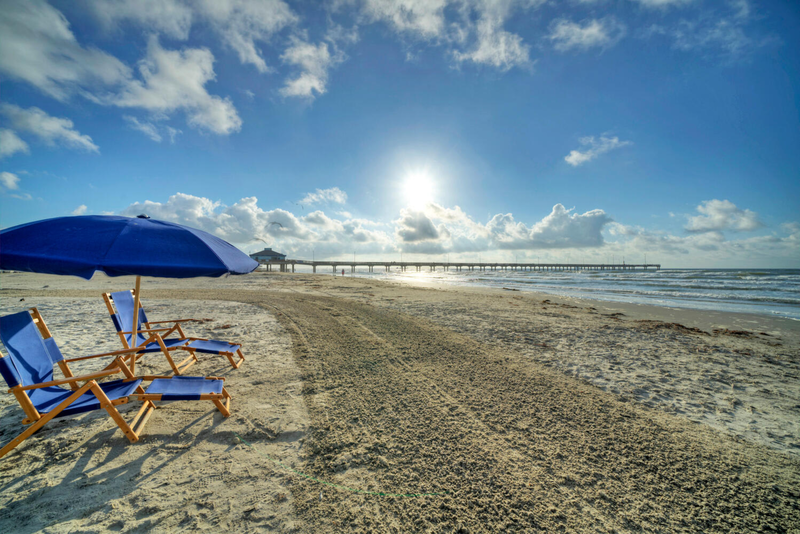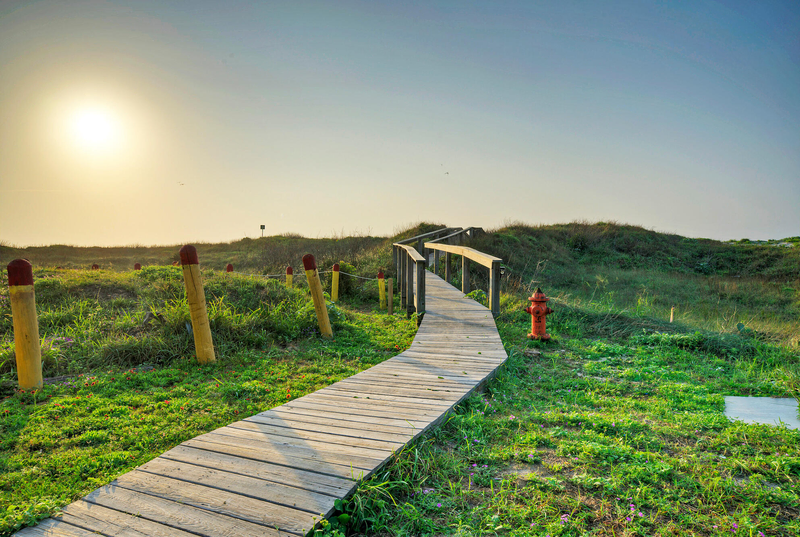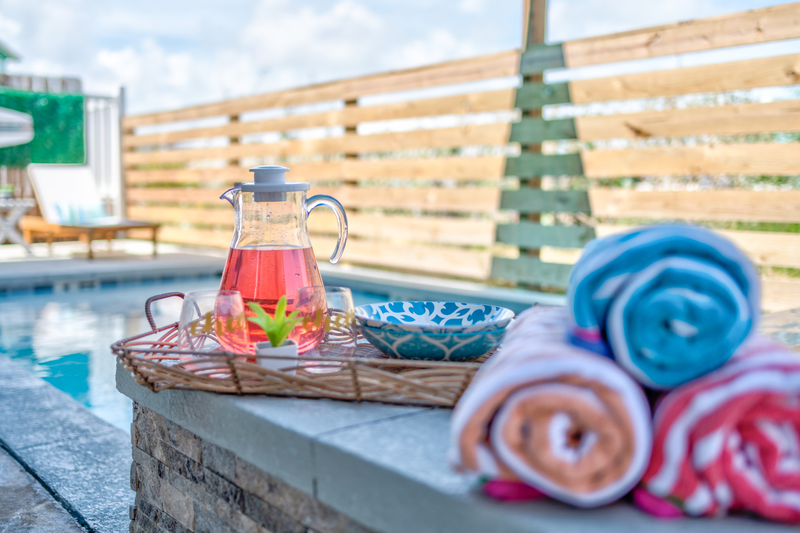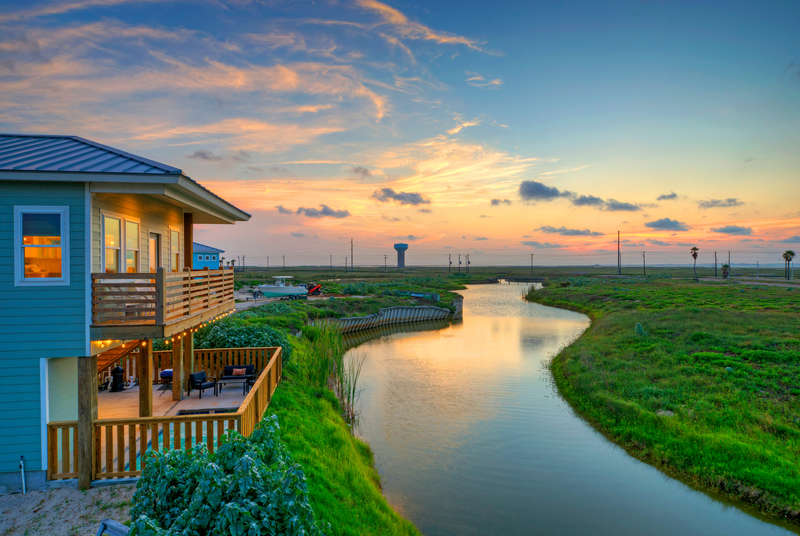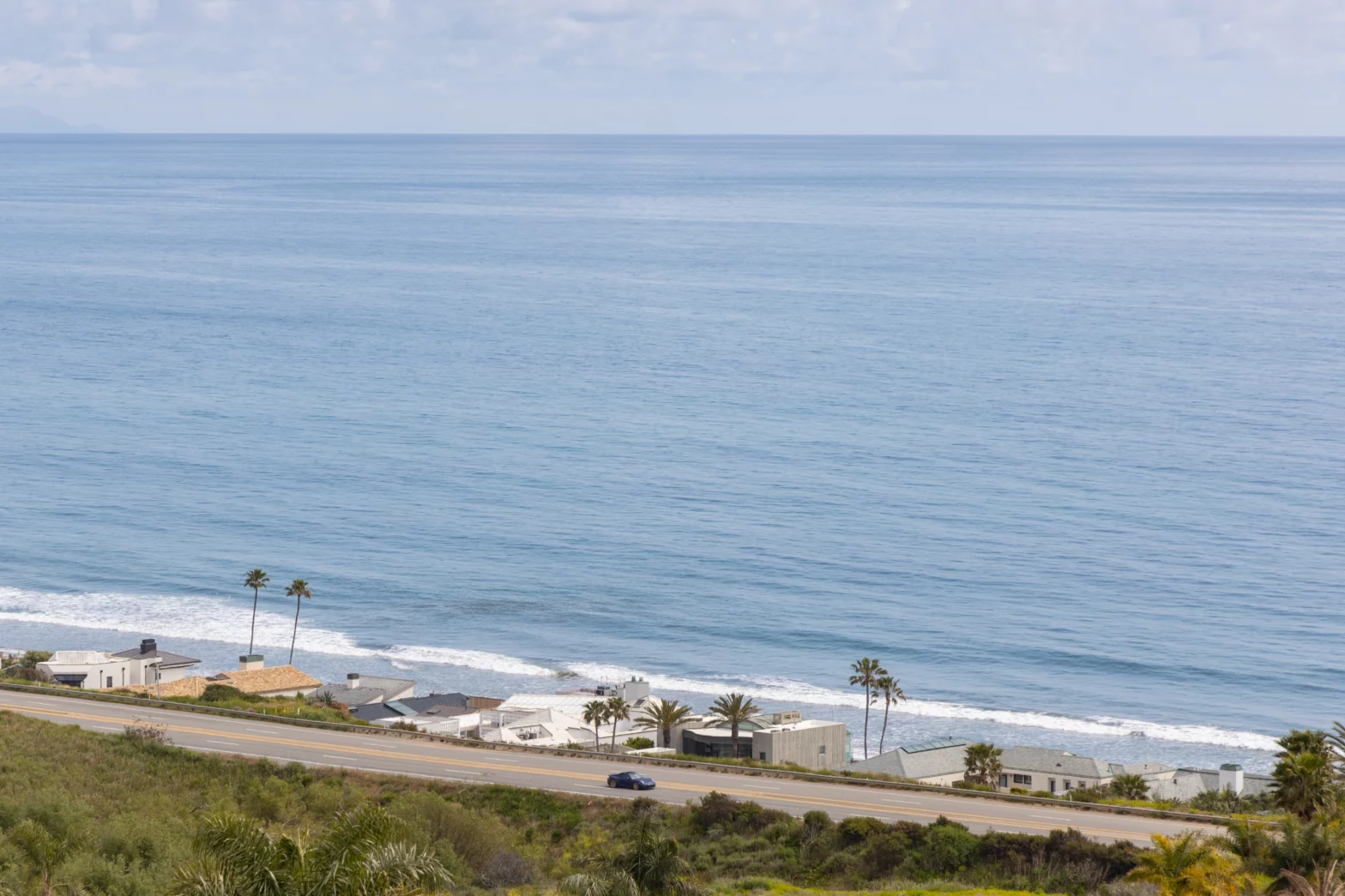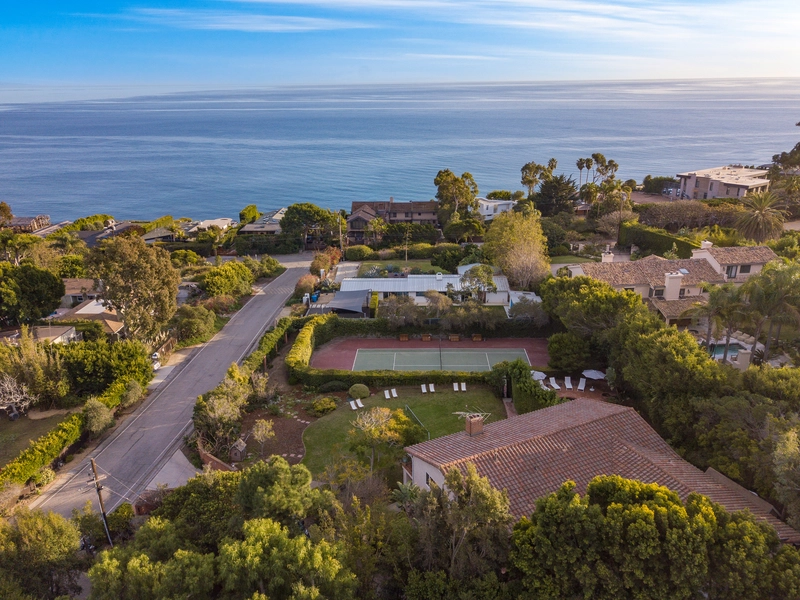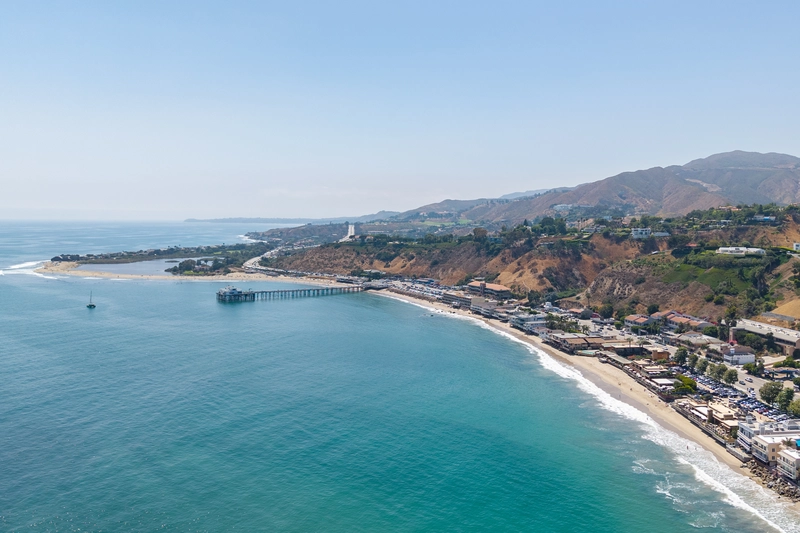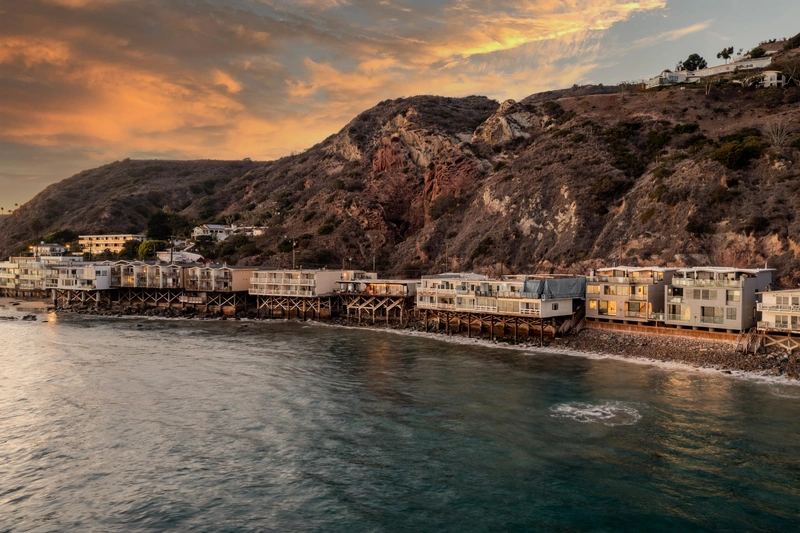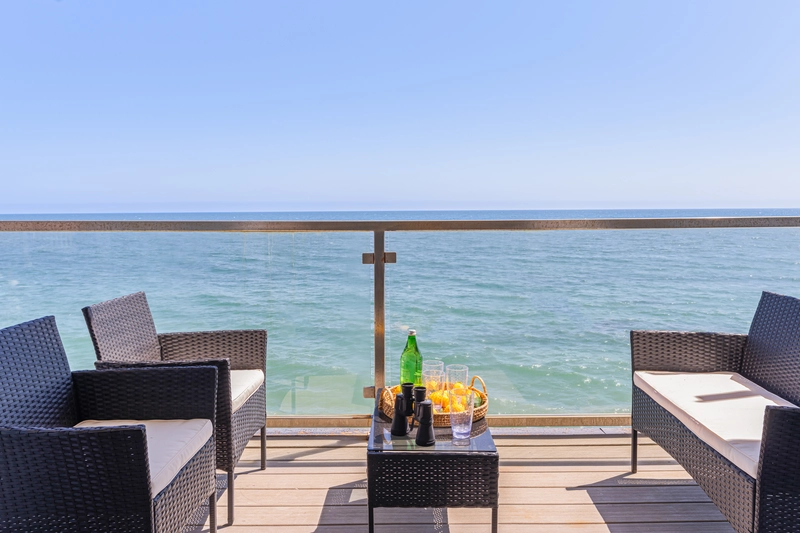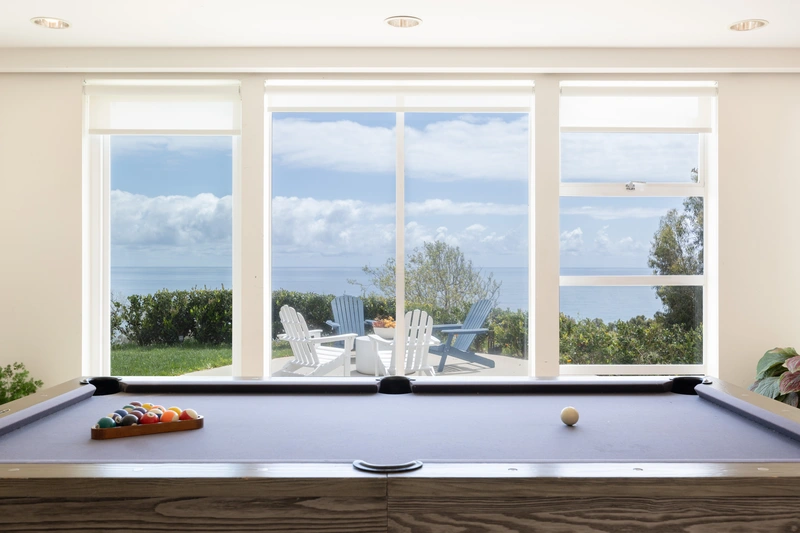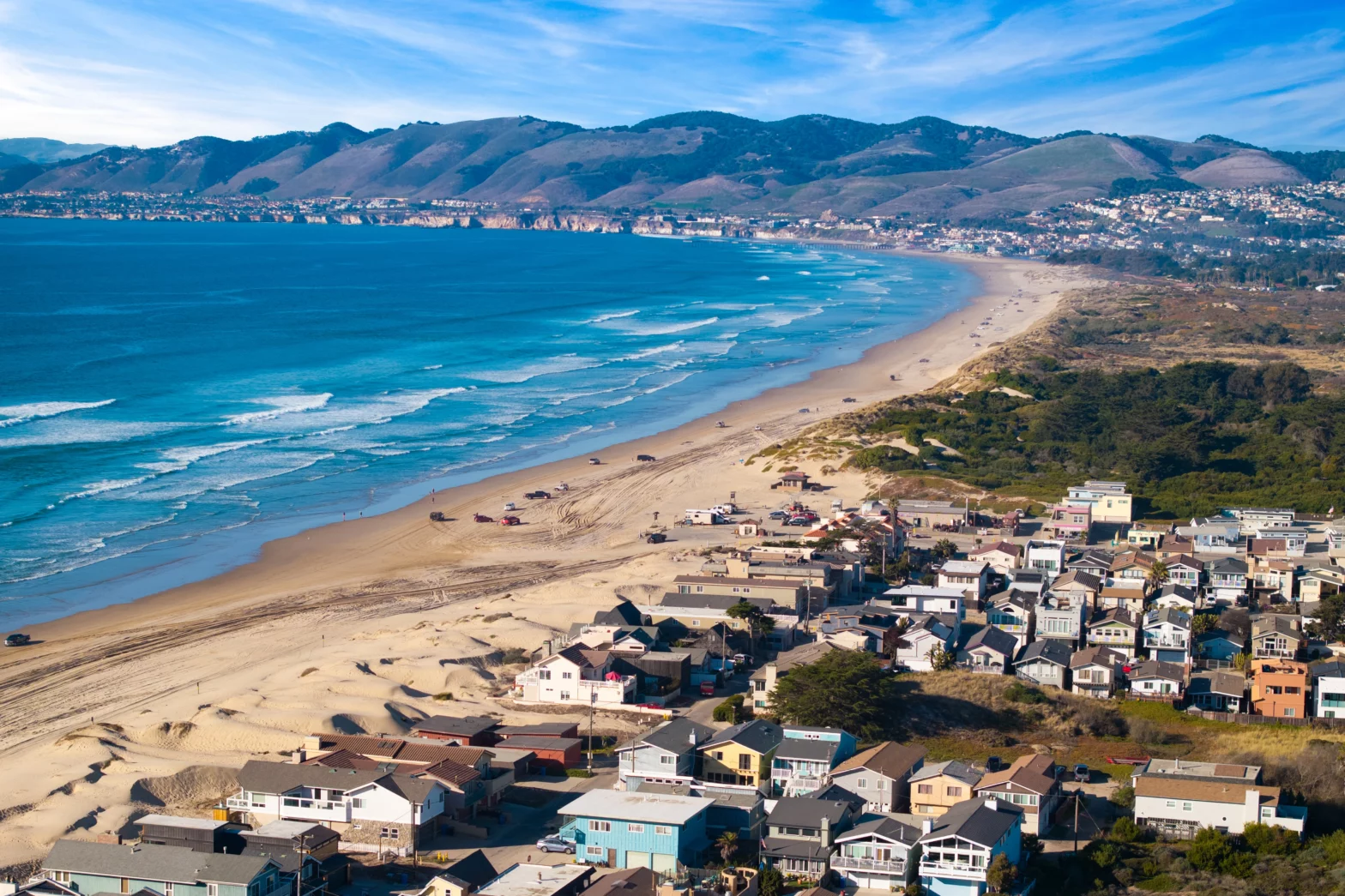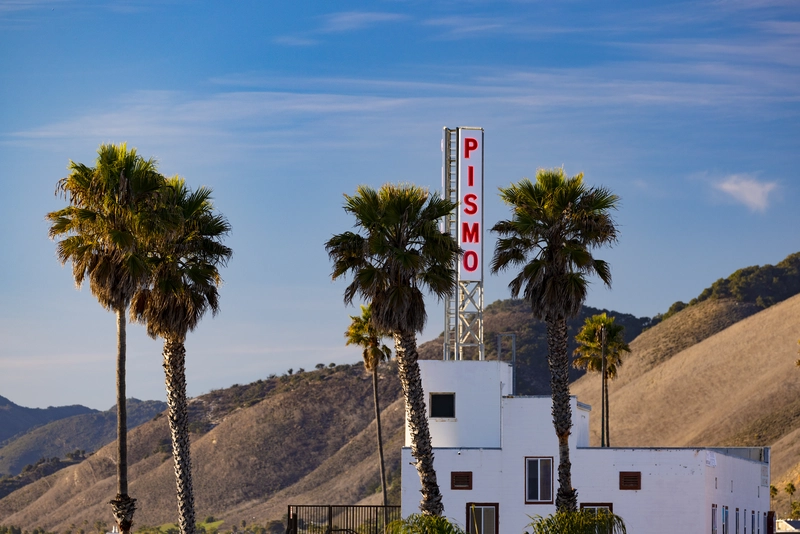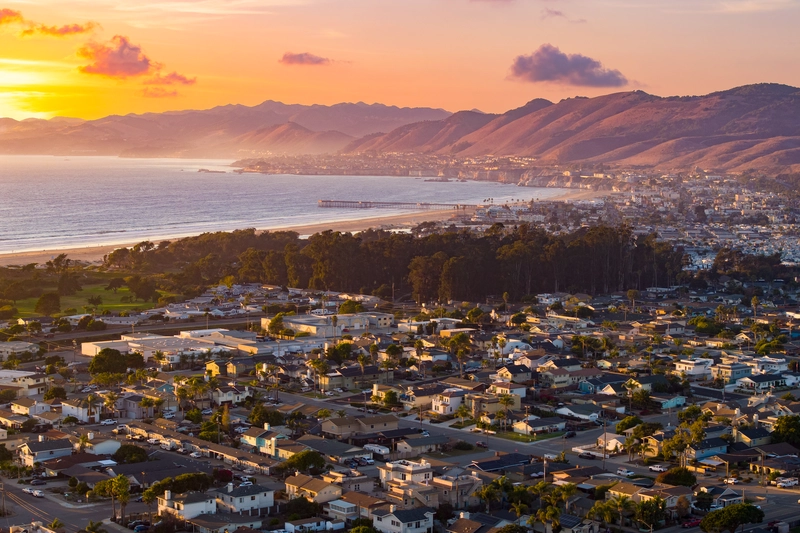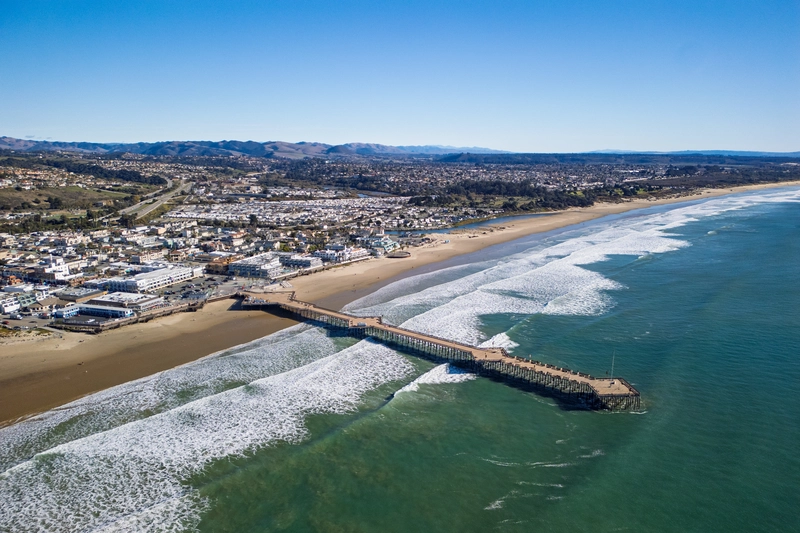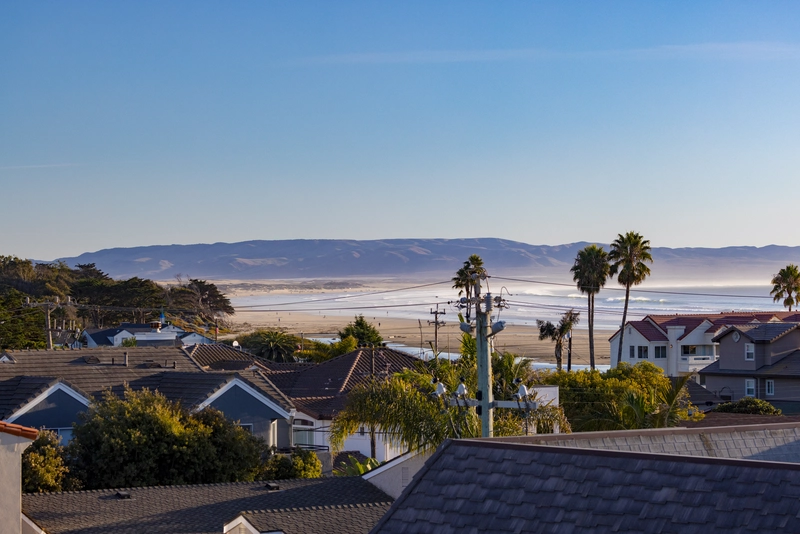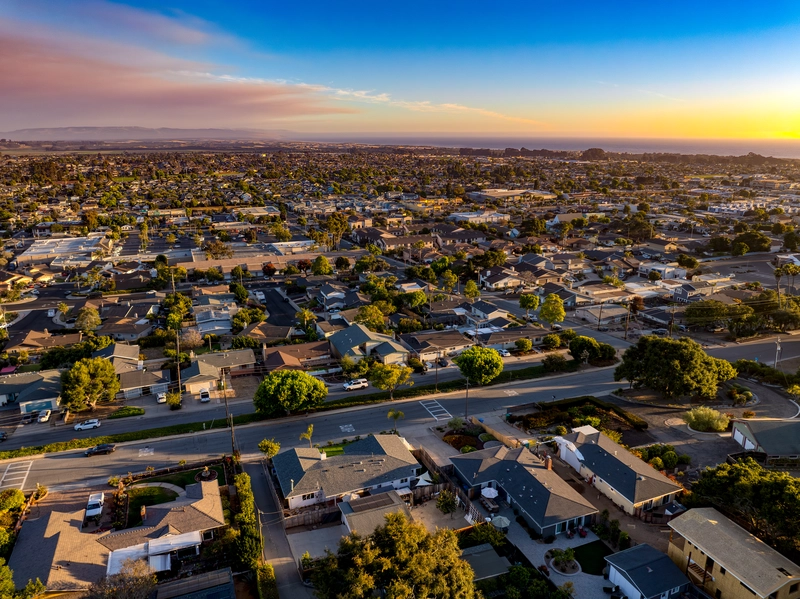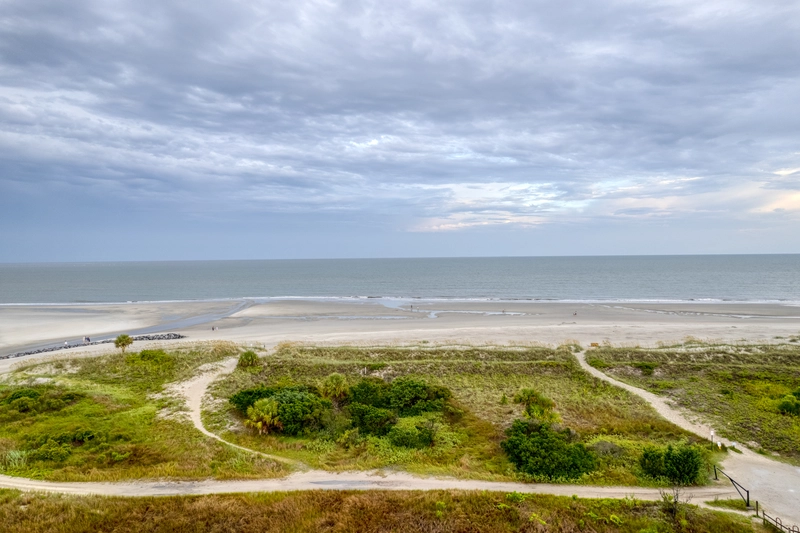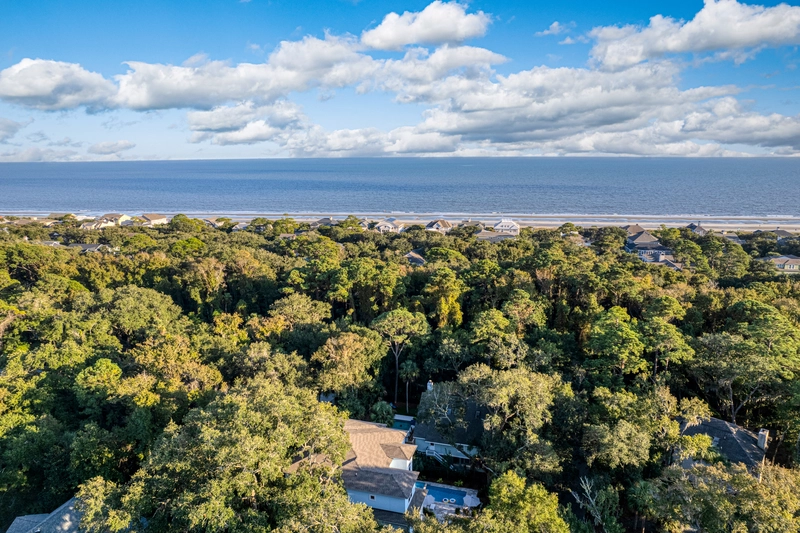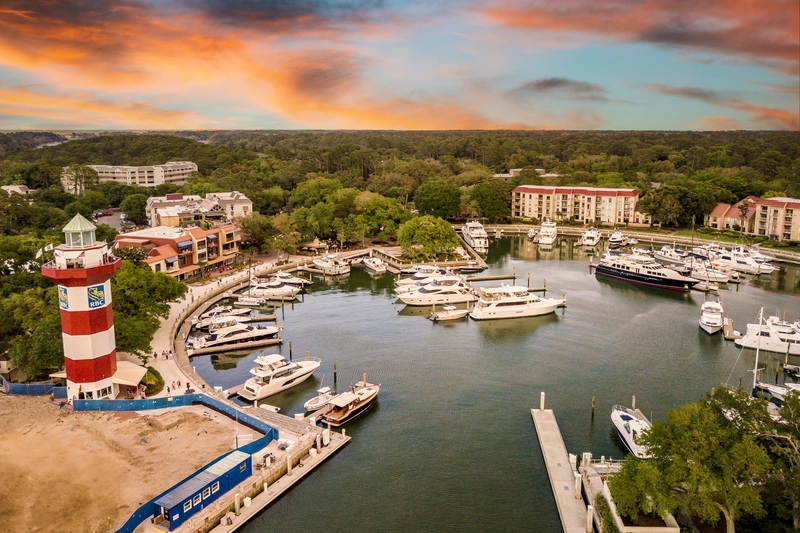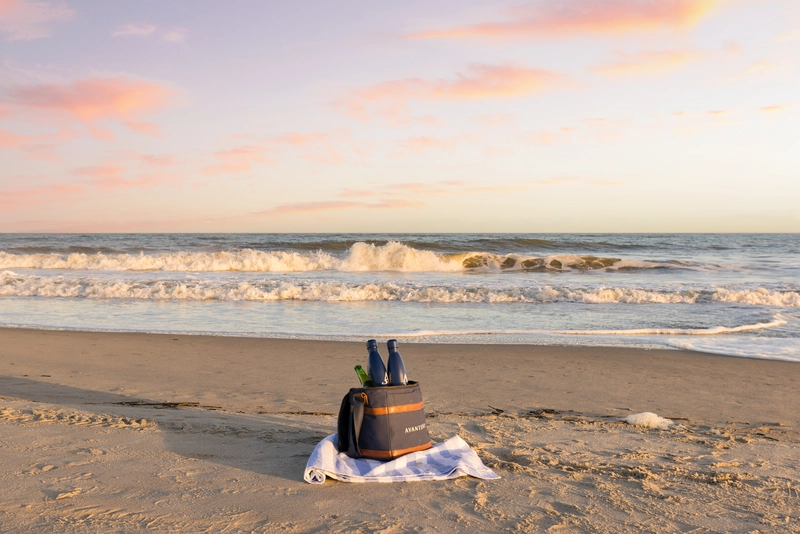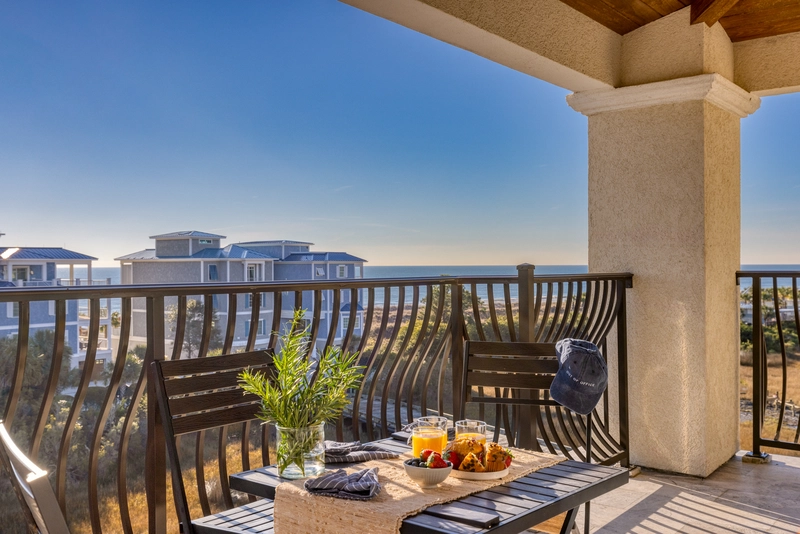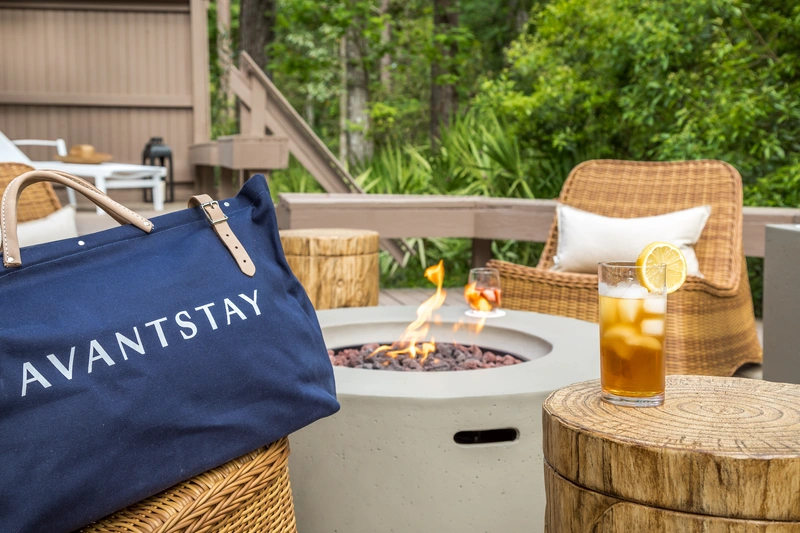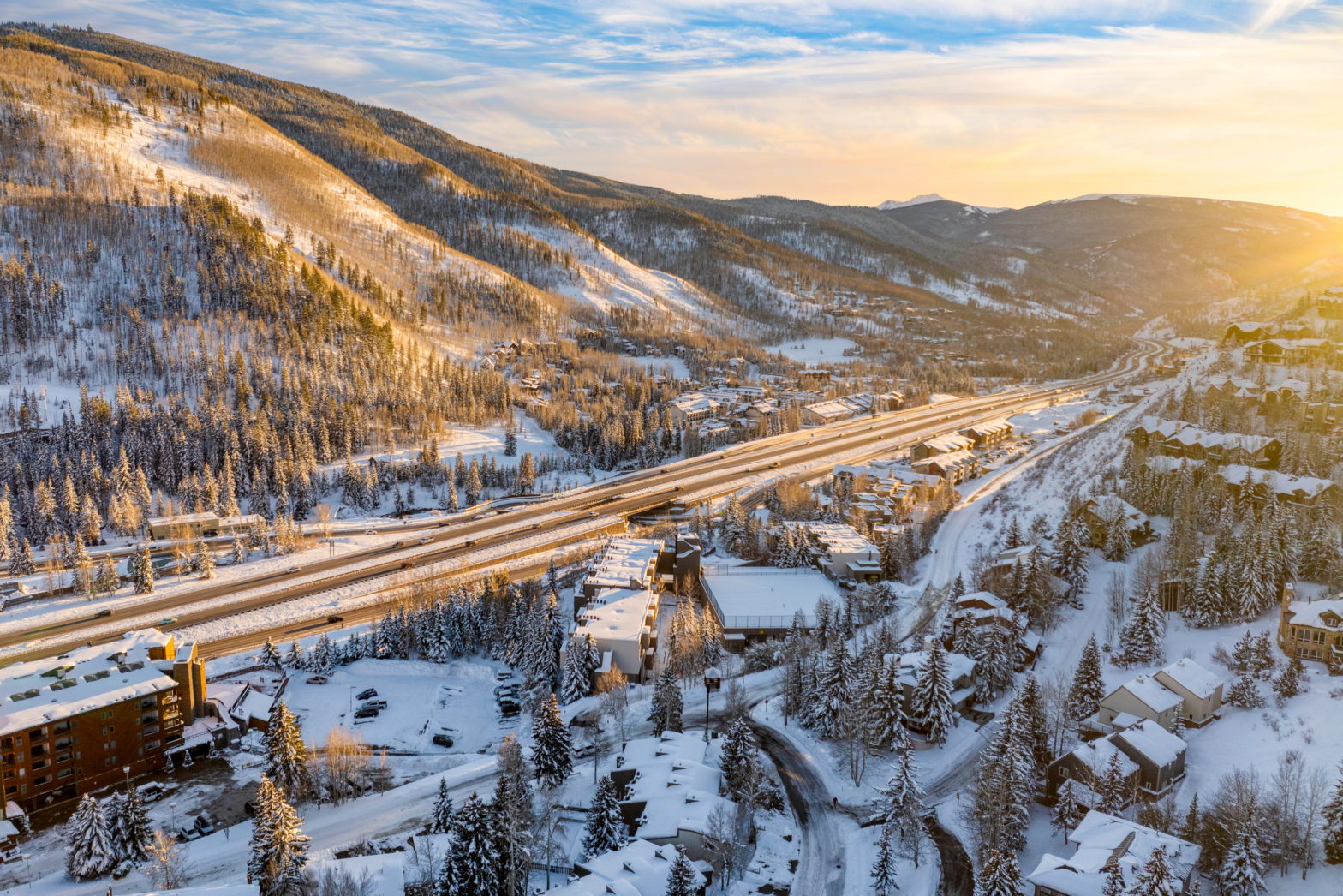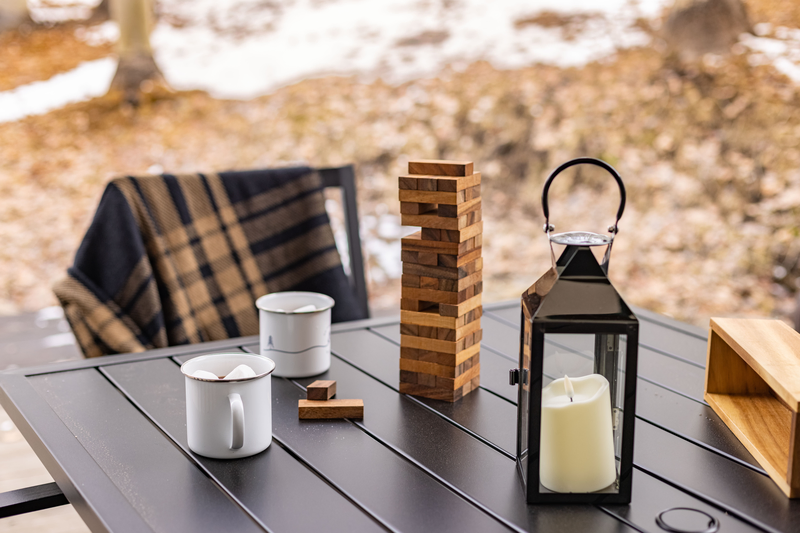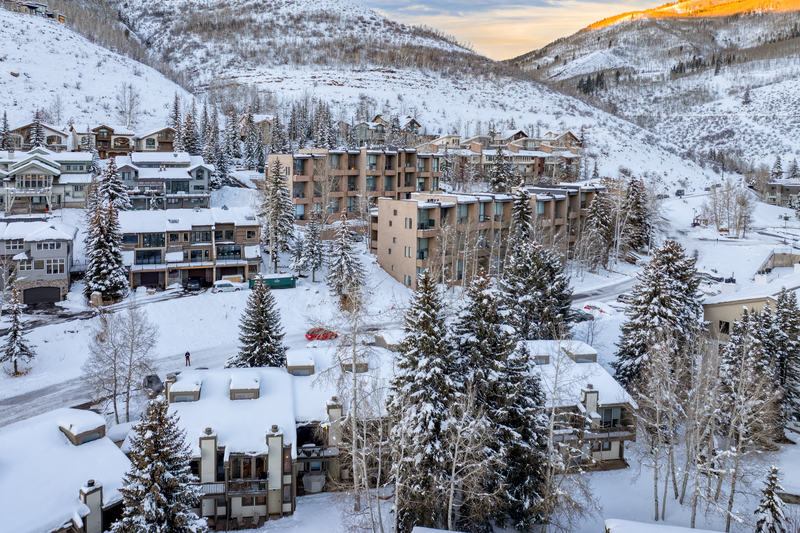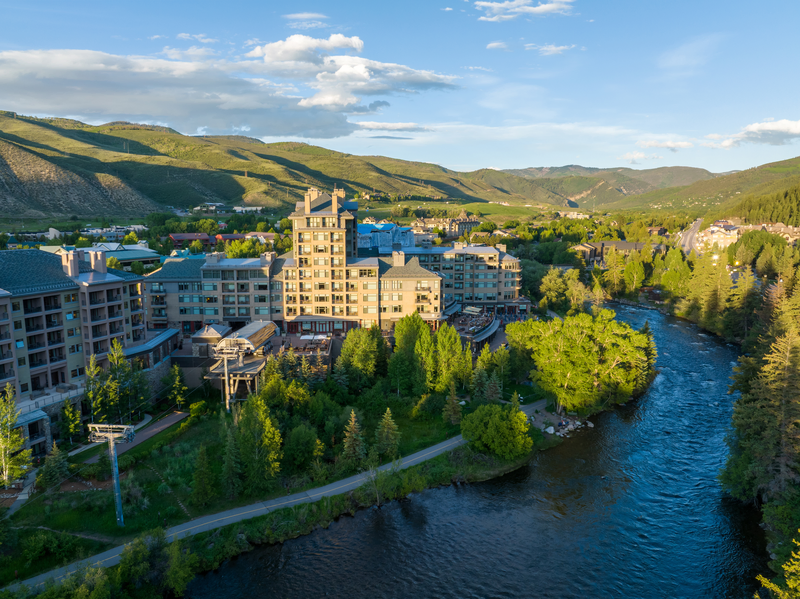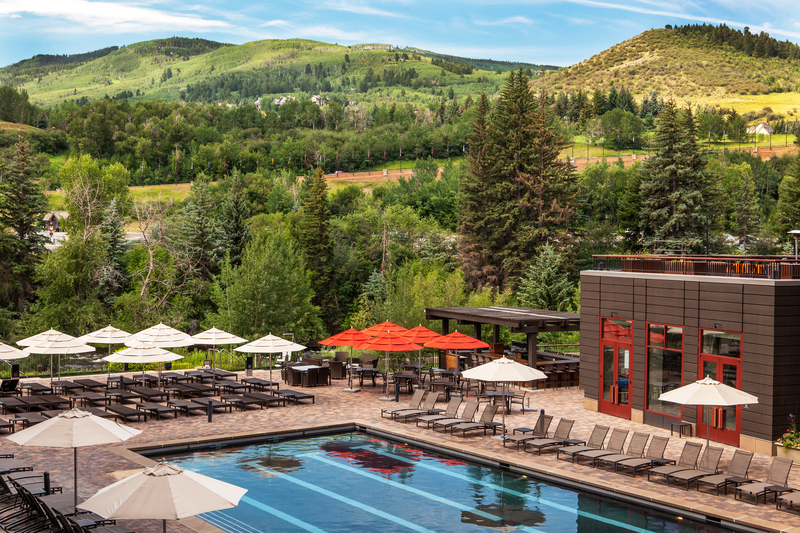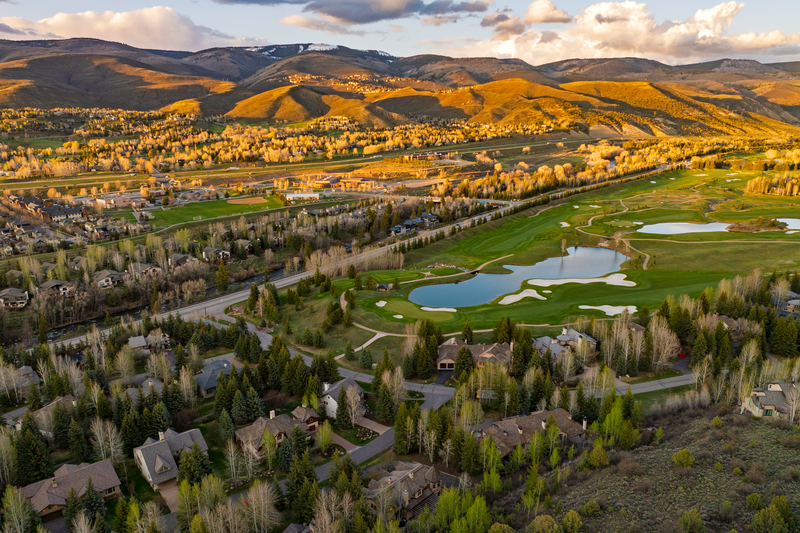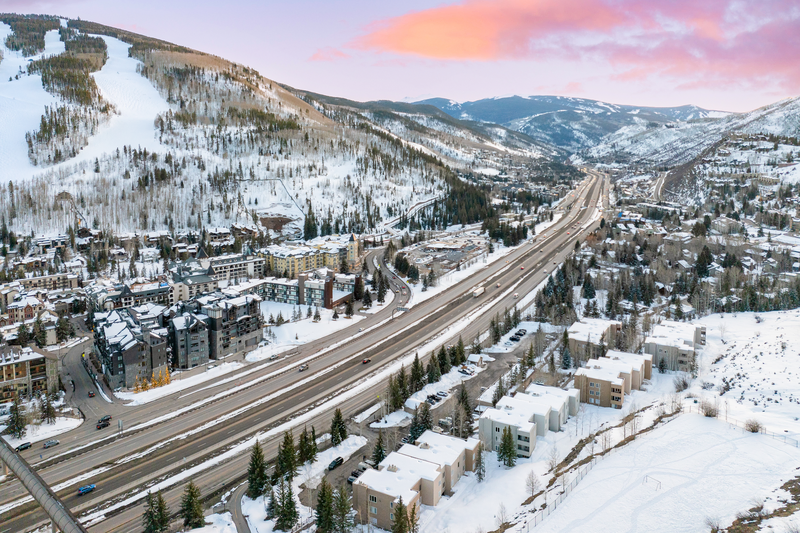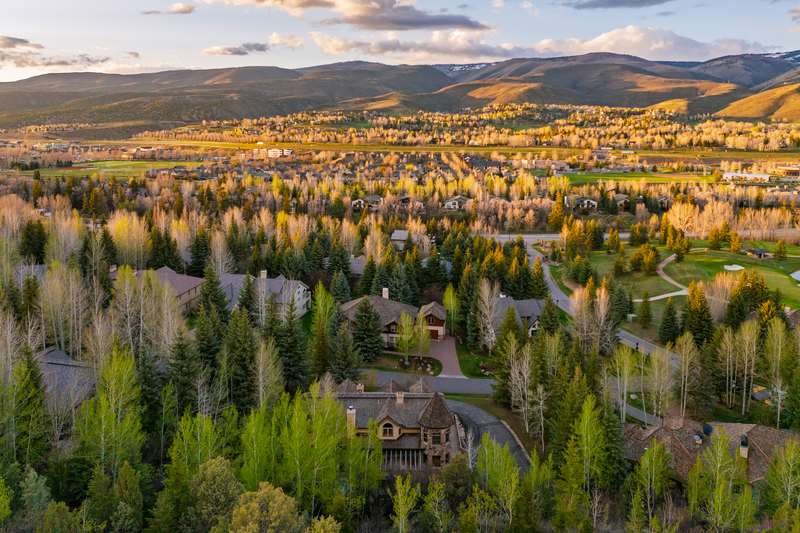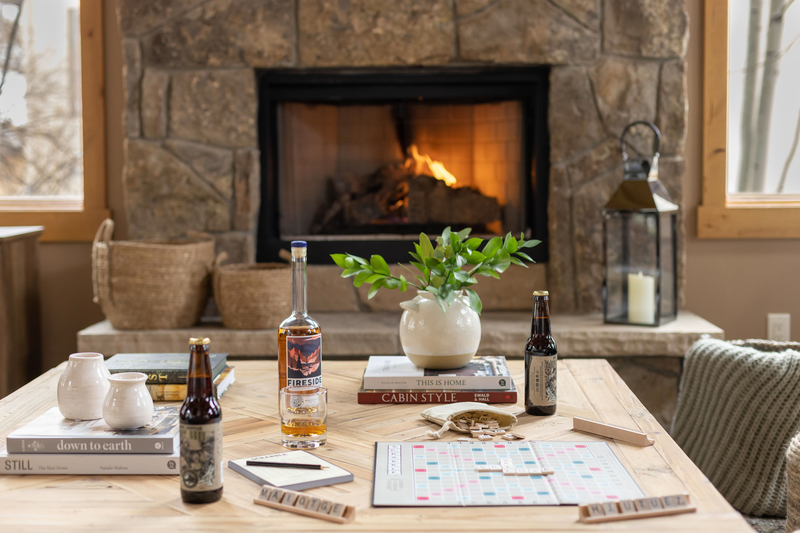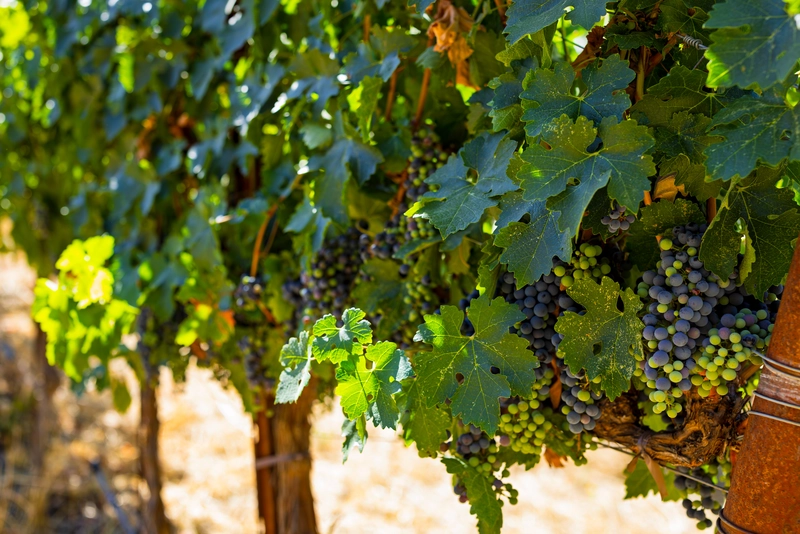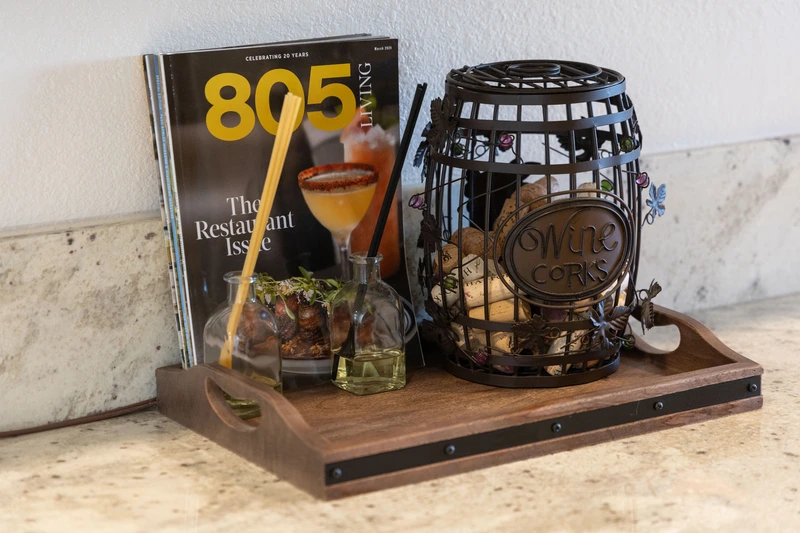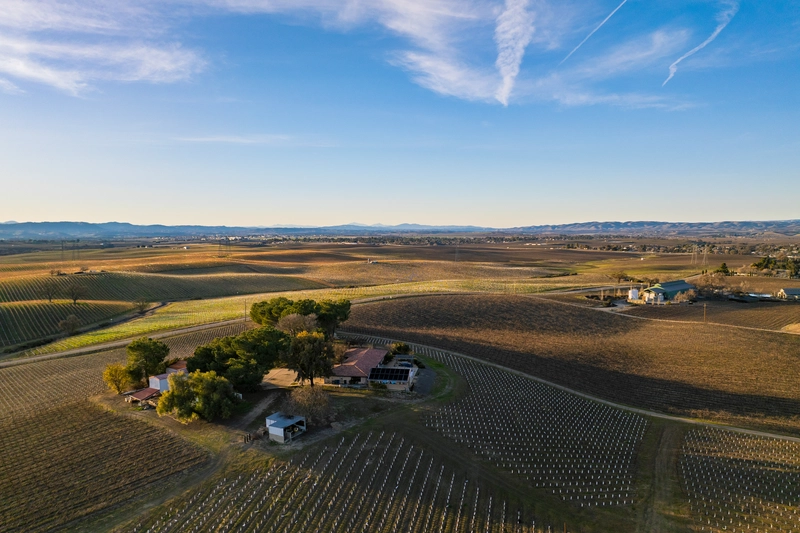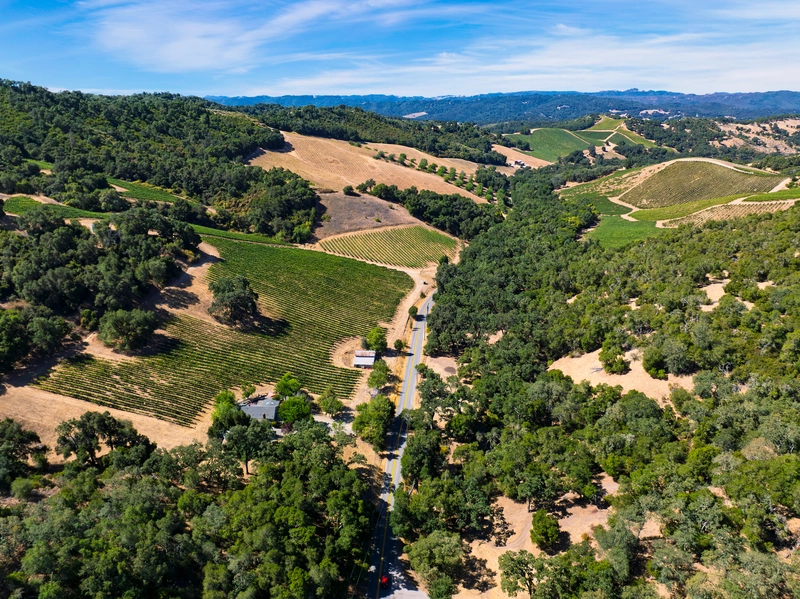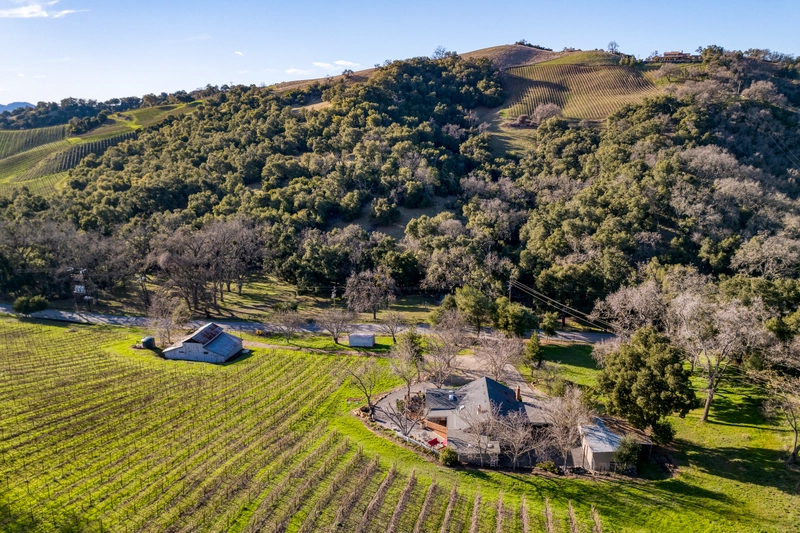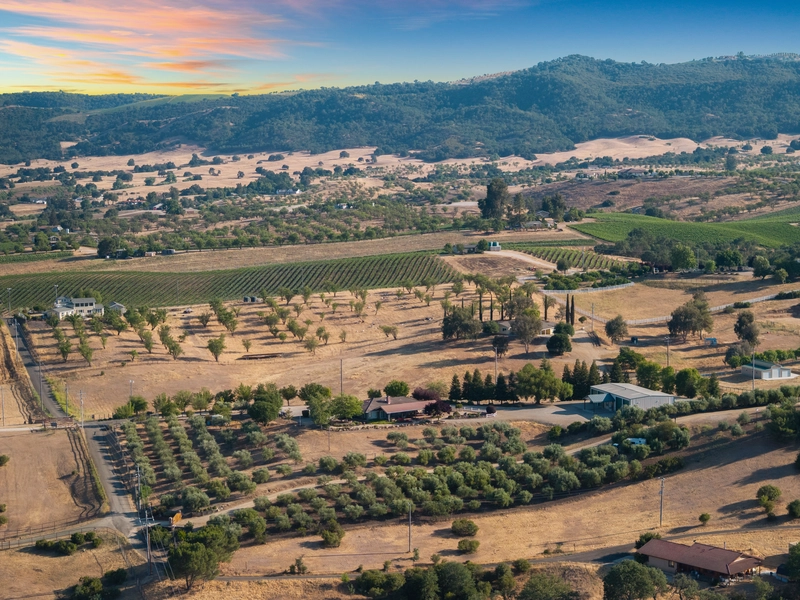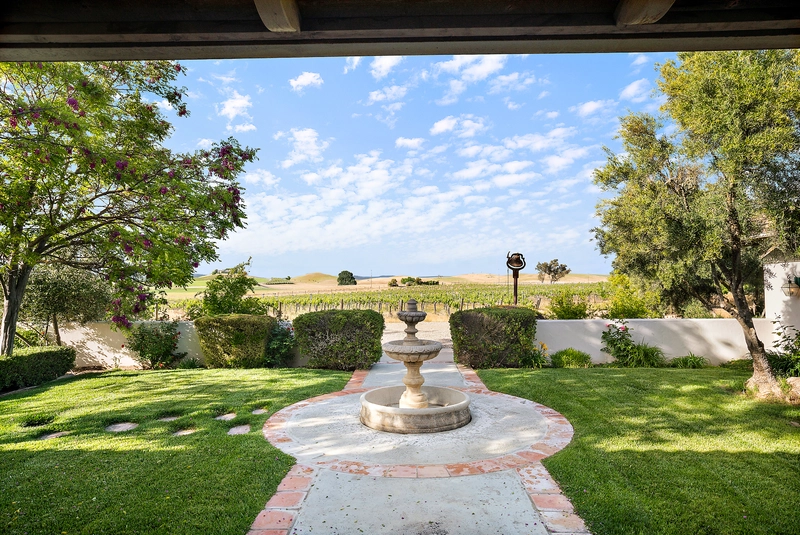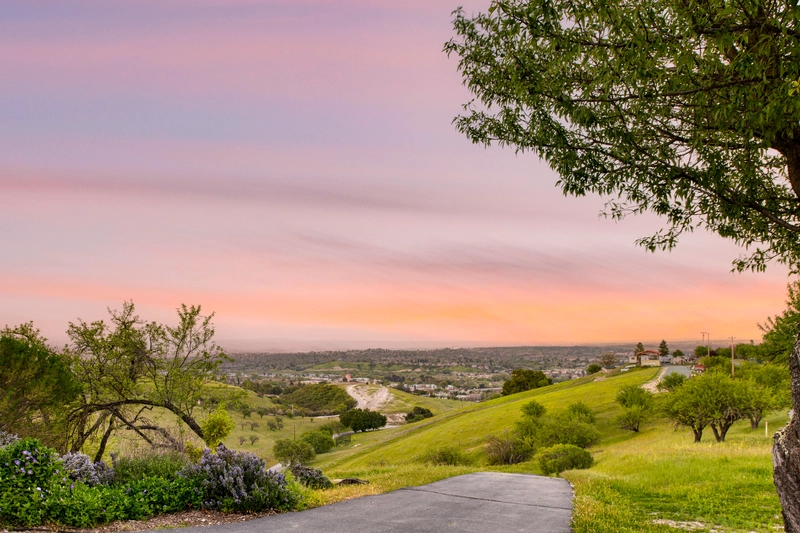Oahu, the heart of Hawaii, isn’t just for honeymooners and surfers – it’s a fantastic playground for families!
With its cultural experiences, natural wonders, and, of course, those breathtaking beaches, it’s a destination that promises unforgettable memories for everyone, from toddlers to teens.
From exploring vibrant marine life to hiking through lush landscapes and building sandcastles on stunning beaches, your Hawaiian vacation is sure to be filled with “le’ale’a” – that sunny, blissful feeling of joy!
Quick Navigation
If you’re planning an Oahu getaway with your kids, get ready for an adventure! Here are our best Oahu Airbnbs:
- Le’ale’a – Bright Mākaha Valley home with stunning Pacific Ocean and mountain views
- ‘Olu’olu – Modern retreat with beach gear and mountain vistas near Makaha beaches
- Makaha Hideaway – Stylish escape with the best tropical mountain panoramas
- Mauna View – Serene valley hideaway with panoramic windows and plush living spaces
- Makaha Villa – Chic cul-de-sac retreat with game room and ocean-mountain views
- Coconut Plantation – Spacious two-story condo with Four Seasons Resort amenities
- Alaula – Award-winning family haven with community pool and golf course access
Le’ale’a

3 Bedrooms | 8 Guests
Nestled in the heart of the lush Mākaha Valley, Le’ale’a is a bright and airy three-bedroom home that is your perfect launchpad for Oahu adventures. Think sandy beaches just minutes away and breathtaking trails practically begging to be explored. But the best part? You can soak in those incredible views right from the comfort of your home.
Kick back in the living room and sunlight streaming through the large windows where the Pacific stretches out before you. Gather around the dining table for family meals, and that patio? It’s your pure oasis bliss for fresh air and soaking in the stunning scenery of the Hawaiian Islands, with comfy bedrooms and bathrooms for everyone.
Relaxing, unwinding, and connecting with your loved ones in a truly special place. That’s Le’ale’a, and it’s waiting for you!
Key Amenities:
- Stunning views of the Pacific Ocean and tropical mountains
- Fully equipped kitchen
- Washer and dryer available
- Comes with a high chair and pack-n-play
- Relaxing patio
- Easy access to nearby beaches for surfing and snorkeling
Hear From Our Recent Guests:
“Space was immaculate and had everything we needed to accommodate us while we visited the Island. The community is amazing and we met some of the resident neighbors while at the community pool. Everyone was so kind and welcoming. I would most definitely book this house again.” – Megan L.
👉 Book on Airbnb | Book with AvantStay (Best Price!)
‘Olu’olu

3 Bedrooms | 8 Guests
Escape to ‘Olu’olu, your Makaha Valley hideaway where good vibes and stunning scenery are always on tap! Just a quick hop from Oahu’s beautiful beaches, this modern Hawaiian retreat is your ticket to an unforgettable island adventure. Relax in the bright and airy living room after a day of exploring, maybe catching a movie or challenging your crew to a game. The open layout makes it easy to chat and laugh.
Whether you’re lounging, dining, or whipping up tasty treats in the fully equipped kitchen, or getting your daily dose of mountain magic as you sip your morning coffee with those incredible tropical views, this is your perfect home base for experiencing the best of Oahu.
With plenty of space for everyone to relax and recharge, plus, beach gear is ready to go in the garage, you can easily hit the sand!
Key Amenities:
- Bright and airy open-plan living area
- Desk space for remote work or studying
- Selection of games for group fun
- Dining area with patio access
- Beach gear available and stored in the garage
- Washer and dryer
Hear From Our Recent Guests:
“Our family had an amazing stay at this wonderful home in Hawaii. We had everything we needed to feel like we were home away from home. The house was clean, spacious, inviting and comfortable. Being in a gated community gave us peace of mind and the views from the property were spectacular. It was an added joy for our family to have water gear included as we headed out to the beach. From snorkels, paddle boards, umbrellas and towels which made it fun and convenient. Highly recommend this home if you’re looking for a comfortable well equipped home.” – Sharon S.
👉 Book on Airbnb | Book with AvantStay (Best Price!)
Makaha Hideaway

3 Bedrooms | 8 Guests
Hello, sandcastles, and splashing in the waves! A slice of island paradise is just at Makaha Hideaway, on Oahu’s west side. Imagine your family unwinding in this stylish three-bedroom retreat, with the promise of sun-kissed beaches just a short drive away. Being so close to the clubhouse and pool also adds an extra layer of fun to your getaway.
Your lazy mornings can be spent on the patio, soaking in the majestic views of the tropical mountains that embrace the valley. Or sip your mid-day roast coffee while being amazed by the jaw-dropping views of the lush tropical mountains that hug the valley.
With everything you need for a memorable stay, Makaha Hideaway is your ideal launchpad for exploring Oahu’s beauty and creating lasting family memories.
Key Amenities:
- Backyard with beautiful tropical mountain views.
- Conveniently located near Oahu beaches.
- Near to community clubhouse and swimming pool
- Well-equipped kitchen with spice rack
- Basketball and other card games
- Beach gear supplies
Hear From Our Recent Guests:
“We have stayed at several Airbnb‘s over the years and THIS ONE WAS THE BEST. Everything about our experience was very professionally handled. And while they had some awesome automated texts to check in on us, there were also personal texts and quick communication to respond when we had questions. Our place was impeccably clean and you could tell their cleaning person had a great eye for detail and quality work. The home was spacious and beautifully decorated. Everyone in our family was thrilled with the house and made several positive comments about it throughout our whole stay. Our young adults loved the clubhouse gym and the pool. The view from the deck is incredible. The beach amenities were fantastic and much appreciated. There was a tsunami warning on the island while we were there, and the owners checked in to make sure we were aware and OK. While the location is far from several places on the island, our family felt like the stay was worth the extra drive. We highly recommend!!” – Camille L.
👉 Book on Airbnb | Book with AvantStay (Best Price!)
Mauna View

3 Bedrooms | 8 Guests
Step into Mauna View and feel the stress melt away as you’re embraced by the beauty of Oahu’s Makaha Valley. Wake up to the gentle sunlight streaming through the windows, revealing breathtaking views of the lush, tropical mountains right outside your door. After a leisurely breakfast in the fully equipped kitchen – why not whip up some local fruit smoothies?
You and your family can then pile into the car for a quick ten-minute drive to the sun-kissed beaches, ready for a day of sandcastles and beach waves. Evenings are a treat as you gather around the dining table, sharing stories of your adventures while the majestic mountains provide a stunning backdrop.
Surround your loved ones with the island’s natural beauty and sink into the plush leather sofa for unwinding with a movie after a day in the sun.
Key Amenities:
- Breathtaking panoramic window views
- Big backyard with patio
- Large TV with a reclining sofa
- Dining area thoughtfully positioned to showcase the mountains
- Fully equipped kitchen with dishwasher
- Dedicated desk
Hear From Our Recent Guests:
“Amazing place! Will definitely book again loved the location for peace and quiet from the typical busy Waikiki, a little bit of a drive to get to other spots on island but well worth the drive with how peaceful and relaxing my stay was and the drive is very scenic and beautiful. Great beaches close by, loved going to makaha and Yokohama beach within minutes of Airbnb.” – Dillon T.
👉 Book on Airbnb | Book with AvantStay (Best Price!)
Makaha Villa

4 Bedrooms | 10 Guests
Tucked away in a quiet cul-de-sac, where breathtaking mountain and ocean views greet you from your oversized outdoor space. Makaha Villa is just a seven-minute drive to the inviting sands of Makaha Beach. Chic and airy design, bathed in natural light that highlights the stylish décor in every room, makes this home your sun-drenched Oahu escape.
The seamless flow from the living room to the gourmet kitchen, complete with modern appliances and barstool seating, makes it a joy to prepare and share meals with your family. Gather around the long dining table, bathed in sunlight through the large sliding doors, for laughter-filled moments. In your backyard lounge, the stunning vistas of the ocean and mountains merge, creating an idyllic setting for relaxation and unforgettable memories.
Experience the allure of Oahu in an upscale retreat designed for those seeking a touch of paradise in Makaha Villa.
Key Amenities:
- Oversized outdoor space with putt-putt golf
- Backyard lounge area with swing
- Game room with foosball and pool table
- Basketball arcade game
- Washer and dryer
- Beach gear available
Hear From Our Recent Guests:
“Our stay here was not long enough! Beautiful views of both the beach and the mountains! The house was clean and provided fun activities for being home or things to bring to the beach! The owner was very communicative and helpful when one of our bags got lost on the flight to Hawaii! I would highly recommend booking with avant stay!” – Chloe P.
👉 Book on Airbnb | Book with AvantStay (Best Price!)
Coconut Plantation

4 Bedrooms | 8 Guests
Swaying palm trees and tropical breezes—welcome to Coconut Plantation, a stunning two-story condo on Oahu that is perfect for longer stays of 28 nights or more. Have your family settled into this spacious four-bedroom retreat where everyone can sleep in comfort. The primary suite is a true sanctuary, boasting a king bed, private balcony access, and a luxurious ensuite bathroom.
Step outside to enjoy two fantastic outdoor spaces – perfect for alfresco dining or sipping evening cocktails as the Hawaiian breeze whispers through the palms. With incredible community amenities like pools, jacuzzis, and easy access to beautiful beaches.
Not to mention being located near the Four Seasons Resort, Coconut Plantation offers a slice of paradise you’ll want to experience again and again.
*Please note that this house is only available for stays of 28 nights or longer.
Key Amenities:
- Veranda with outdoor dining setup
- Private balcony
- Access to Four Seasons Resort (2 community pools, 3 jacuzzis, 2 rec center, BBQ areas)
- Pet-friendly (with approval and fee)
- Pack n’ play travel crib and high chair available
- Two recreation centers within the development.
- Parking for up to four cars (driveway and garage).
Hear From Our Recent Guests:
“Great place in a great location. Property management was very proactive and responsive to any issues. The furnishings are perfect for a beach house. Really enjoyed our stay.” – Josh S.
👉 Book on Airbnb | Book with AvantStay (Best Price!)
Alaula
4 Bedrooms | 10 Guests
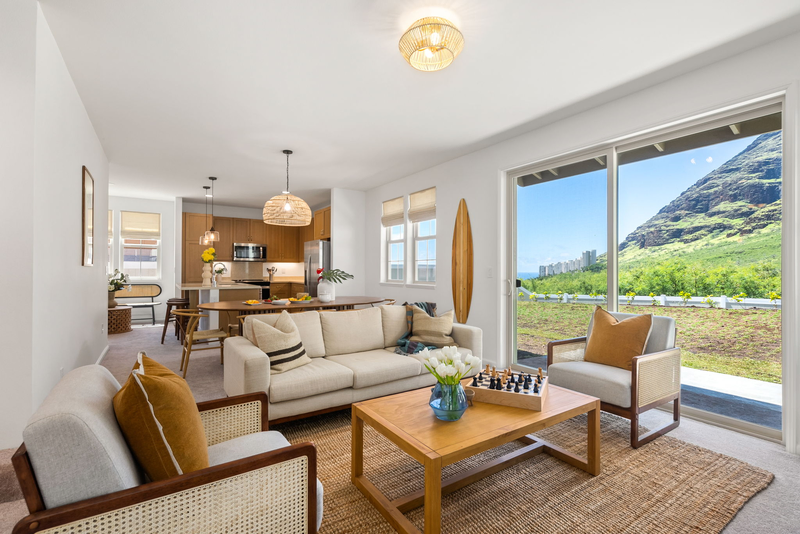
Escape to paradise at Alaula, a spacious haven in Mākaha where you can wake up to the peaceful ambiance of the island. Enjoy your morning coffee while taking in views of lush surroundings and feeling the warm trade winds. This 2025 AvantStay Awards finalist offers relaxation and adventure for your Hawaiian getaway.
Just minutes from stunning Mākaha Beach and secluded Mauna Lahilahi Beach, you can easily swim through the days with dolphins, snorkel in crystal-clear waters, or enjoy seasonal whale watching along Oahu’s west coast. The open-concept living space and fully equipped kitchen make it easy to gather with loved ones, while the large yard is perfect for family barbecues and outdoor fun.
Whether you’re seeking adventure on nearby hiking trails or simply unwinding in this tropical oasis, Alaula has everything you need for an unforgettable Hawaiian experience.
Key Amenities:
- Inside a gated community
- Community pool, fitness center, and spa access
- BBQ grill and beach gear available in the garage
- Next door to the Makaha Country Club golf course
Hear From Our Recent Guests:
“This home was absolutely beautiful and in a great location under the mountains! Restaurants, stores, and the beaches were 10 minutes away. In a gated community so it feels pretty safe. The whole west side of Oahu has a pretty big homeless population across most of the beaches going into Honolulu. You would have to drive about 20 minutes north from the house to get a more secluded beach. The trees in the back are growing taller so it’s a little harder to see the ocean from the backyard but you can definitely see it from the second floor rooms. Overall, I would definitely recommend this place. Great price in a good area. They have plenty of beach gear and towels. Beautiful backyard and views. Would stay here again.” – Kaitlyn B.
👉 Book on Airbnb | Book with AvantStay (Best Price!)
Planning Your Family Getaway

When planning your family getaway to Oahu, keep in mind a few key elements to ensure a smooth and enjoyable trip.
For accommodation, consider the benefits of vacation rentals, like Airbnbs, which often provide more space and amenities such as kitchens and laundry facilities – a real bonus when traveling with children.
Having your own transportation, like a rental car, will offer the most flexibility in exploring the island at your own pace. Don’t forget to prioritize sun protection for everyone, packing plenty of sunscreen, hats, and sunglasses. Staying hydrated is also crucial, so bring reusable water bottles.
Finally, encourage your family to embrace the spirit of “Aloha,” which embodies warmth, hospitality, and respect, enriching your experience of the islands.
If you need more tips, read our guide on the 10 tips to finding the best kid-friendly vacation home.
Kid-Friendly Activities on Oahu
Beyond the allure of the sand and surf, Oahu offers a treasure trove of activities that will keep young minds engaged and energetic bodies moving. Here are some of our top picks:
Honolulu Zoo (Waikiki)
A classic for a reason! Kids will be thrilled to encounter animals from around the world, from playful primates to majestic big cats. The zoo is well-maintained and easy to navigate with strollers. Tip for Parents: Go early in the morning before it gets too hot!
Waikiki Aquarium
Dive into the underwater world of the Pacific! This aquarium showcases Hawaii’s unique marine life, including colorful reef fish, fascinating sea turtles, and even monk seals. It’s educational and captivating for all ages.
Polynesian Cultural Center (Laie)
Immerse your family in the rich cultures of Polynesia. Explore different island villages, watch captivating performances, and even learn to play traditional games. It’s a full day of fun and education. Don’t miss the canoe pageant and the spectacular evening show!
Pearl Harbor National Memorial
While it’s important to approach this site with sensitivity, the Pearl Harbor Visitor Center offers age-appropriate exhibits and films that can be a powerful learning experience for older children. The USS Arizona Memorial is a moving tribute.
Dole Plantation (Wahiawa)
All aboard the Pineapple Express train! Kids will love the train tour through the pineapple fields, navigating the giant maze, and indulging in a refreshing Dole Whip. It’s a sweet treat and a fun agricultural experience.
Sea Life Park Hawaii (Waimanalo)
Get up close and personal with marine animals! From dolphin encounters to penguin feedings and shark tanks, Sea Life Park offers interactive and exciting experiences.
Children’s Discovery Center (Honolulu)
Perfect for younger kids, this interactive museum offers hands-on exhibits that encourage learning through play. They can pretend to be a doctor, a firefighter, a shopkeeper, and more.
Hiking Adventures
Oahu boasts trails for all skill levels. Easy and rewarding hikes for families include the Makapu’u Point Lighthouse Trail (stroller-friendly for part of it) with stunning coastal views, and the Manoa Falls Trail through a lush rainforest to a beautiful waterfall. Remember to bring water and wear appropriate footwear!
For more activity ideas, read our curated guide of the 51 best things to do in Oahu.
Nearby Beaches That You May Want to Visit
Oahu’s beaches are legendary, and many are perfect for families with calm waters, shallow areas, and amenities. Here are some of the best:
- Kailua Beach Park (Kailua)
- Lanikai Beach (Kailua)
- Ko Olina Lagoons (Kapolei)
- Hanauma Bay Nature Preserve (Oahu’s South Shore)
- North Shore Beaches (Winter months)
If you need more beach recommendations for swimming, snorkeling, & sun tanning, here are the top 5 best beaches in Oahu to go for!
Related Articles for Your Familyscapade:
- Best Spring Break Destinations for Families
- Fun in the Sun: Family Summer Vacation Ideas
- The Best Vacation Rentals for Toddlers
- The Best Vacation Rentals for Family Reunions
Oahu with Ohana
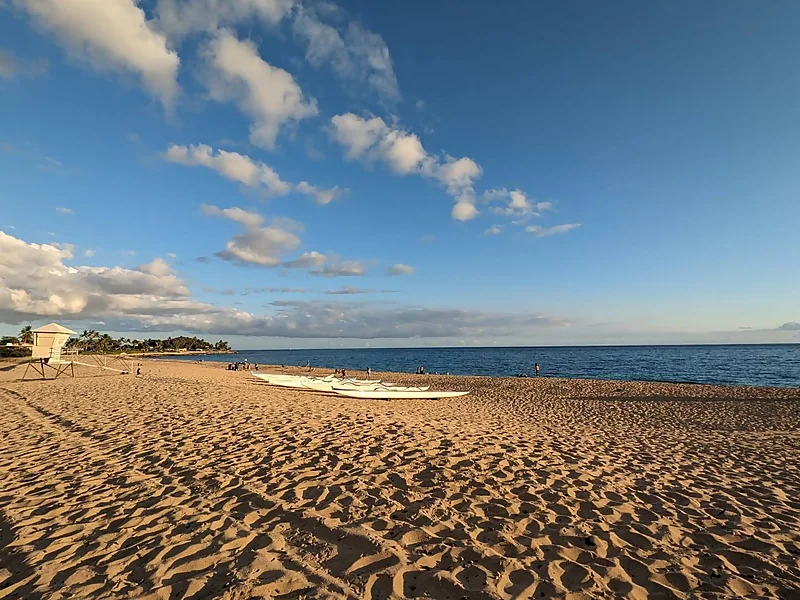
Oahu offers a magical blend of adventure and relaxation for families. So pack your bags, embrace the aloha spirit, and get ready for an unforgettable family adventure on the beautiful island of Oahu.Book an Airbnb in Oahu today. Visit AvantStay for more of our Oahu destinations!
